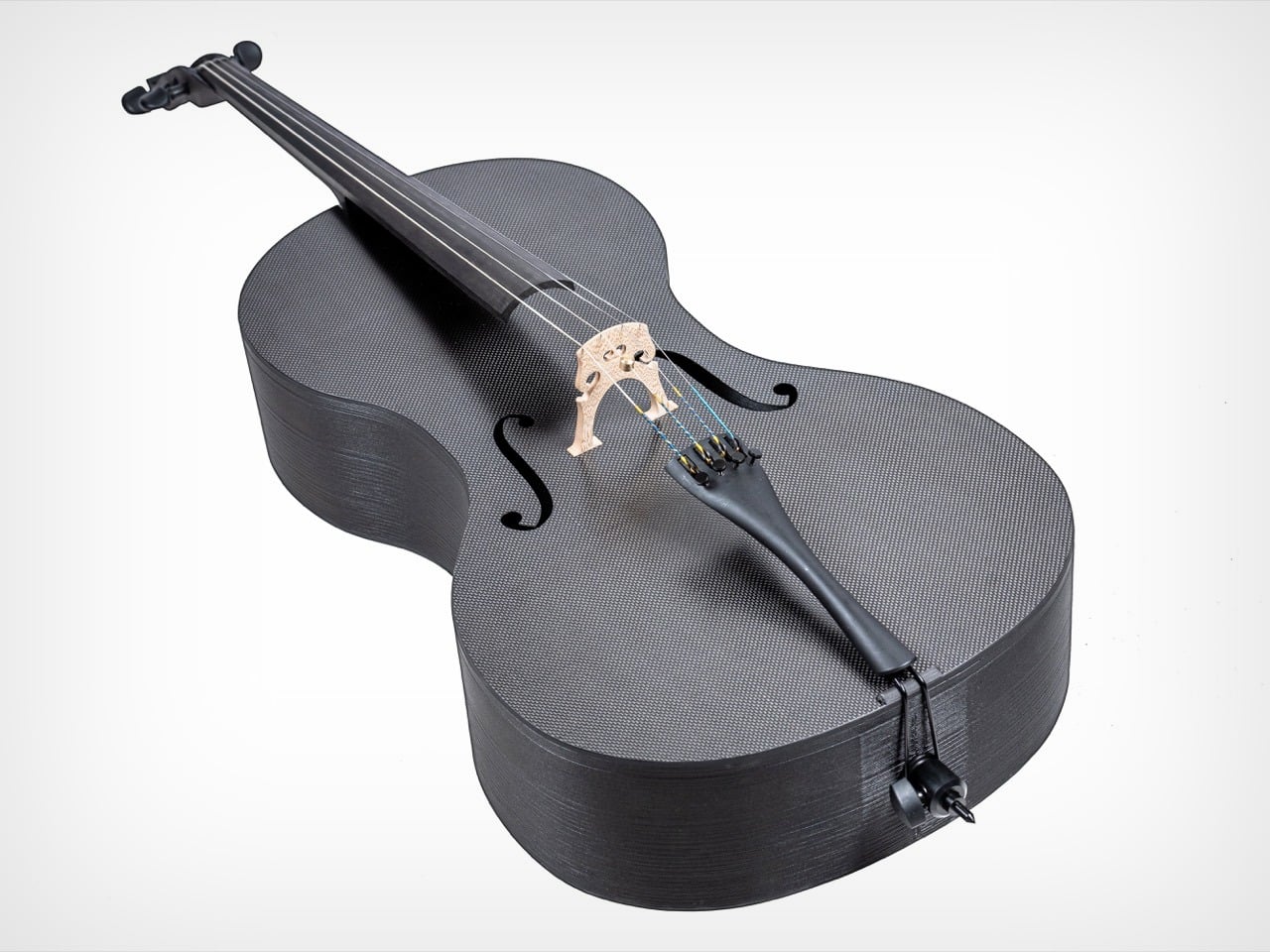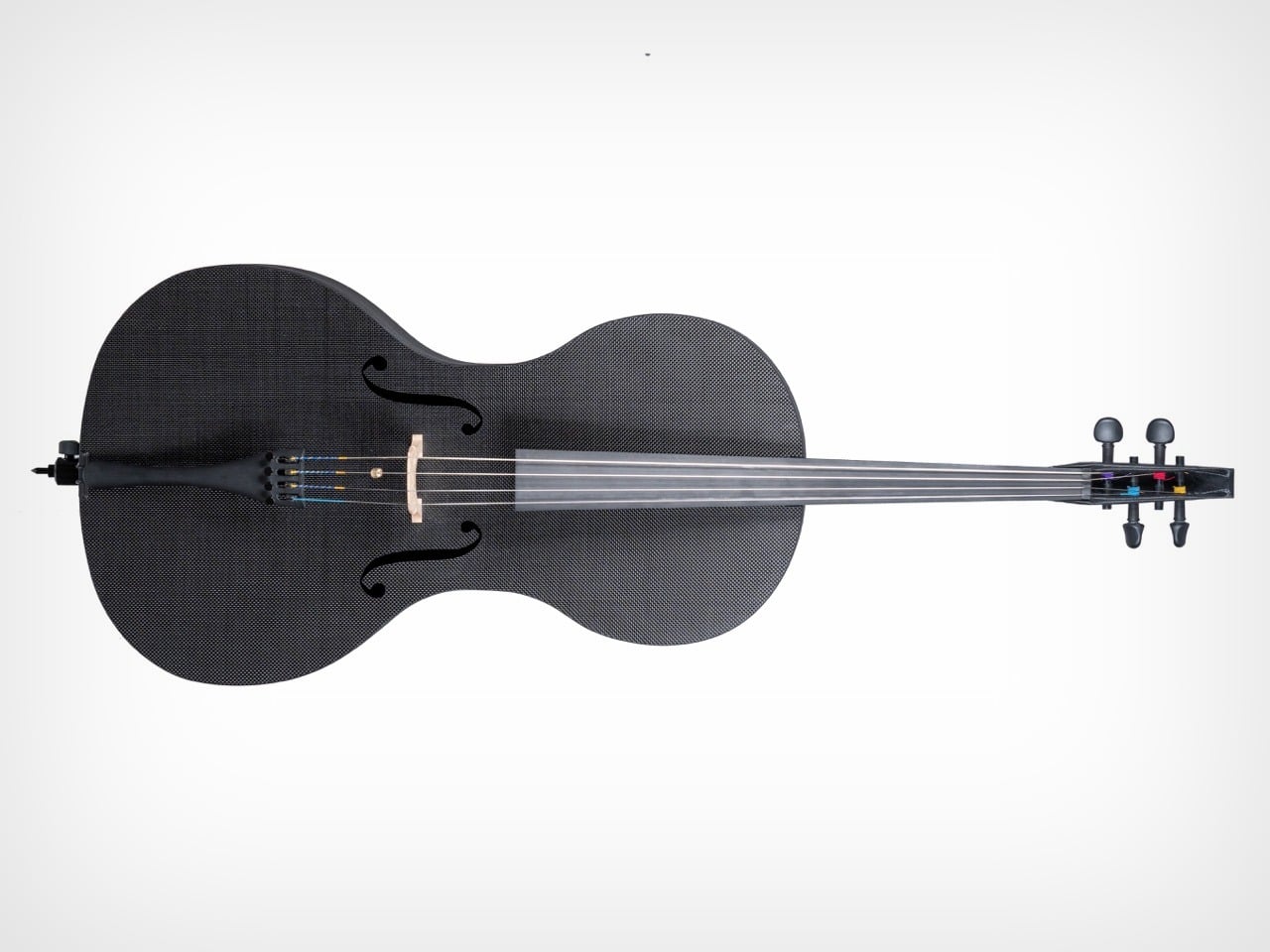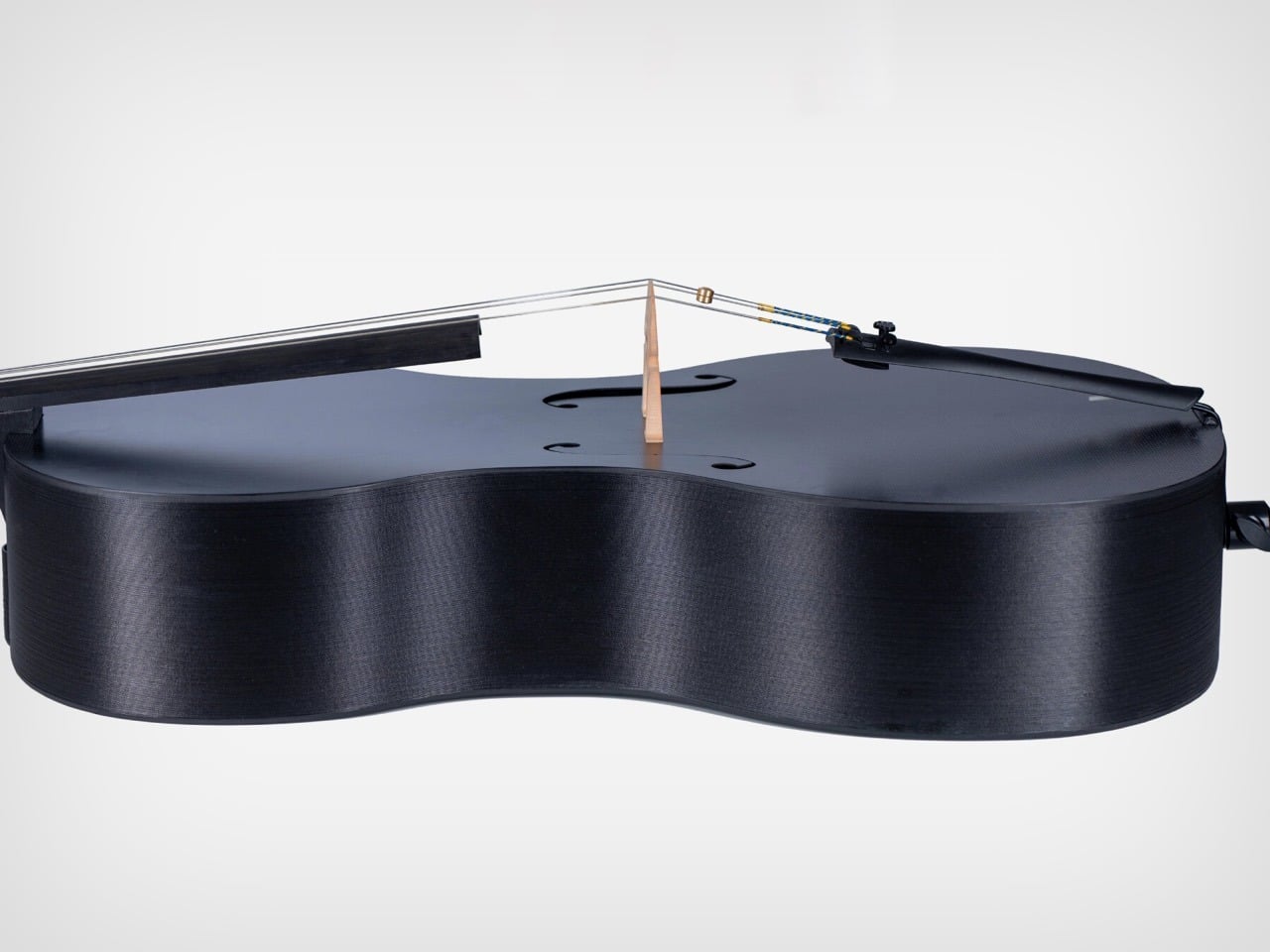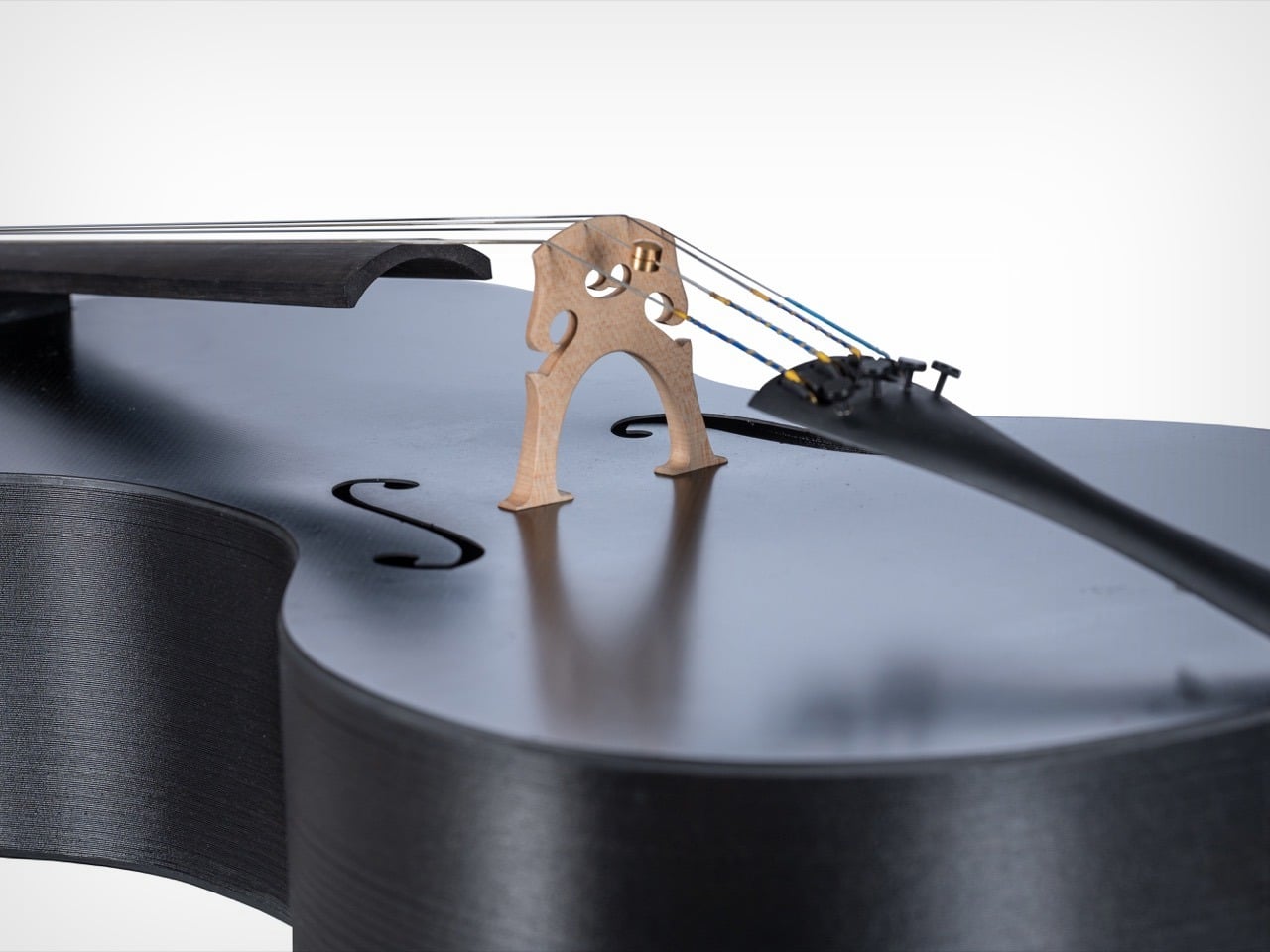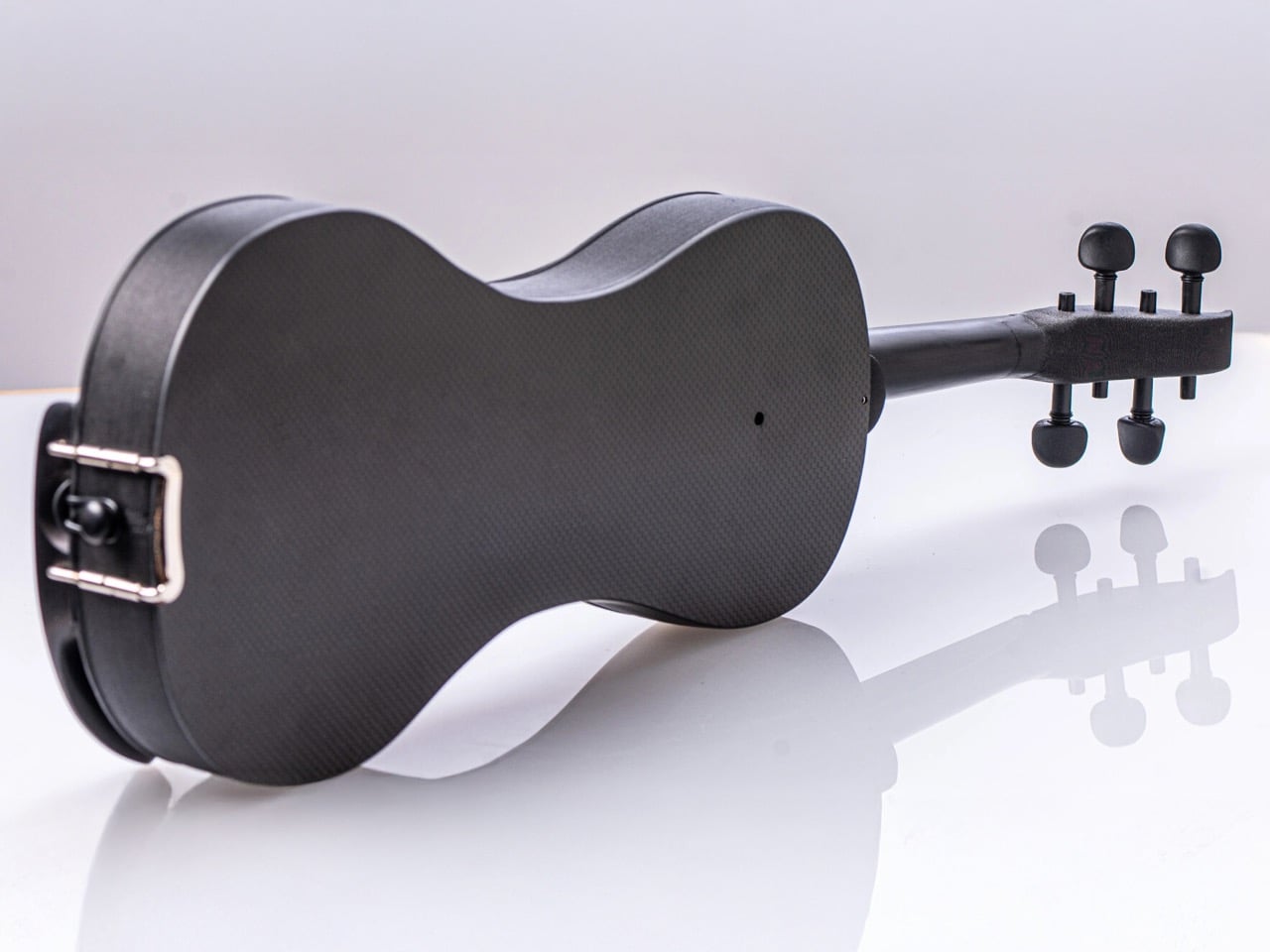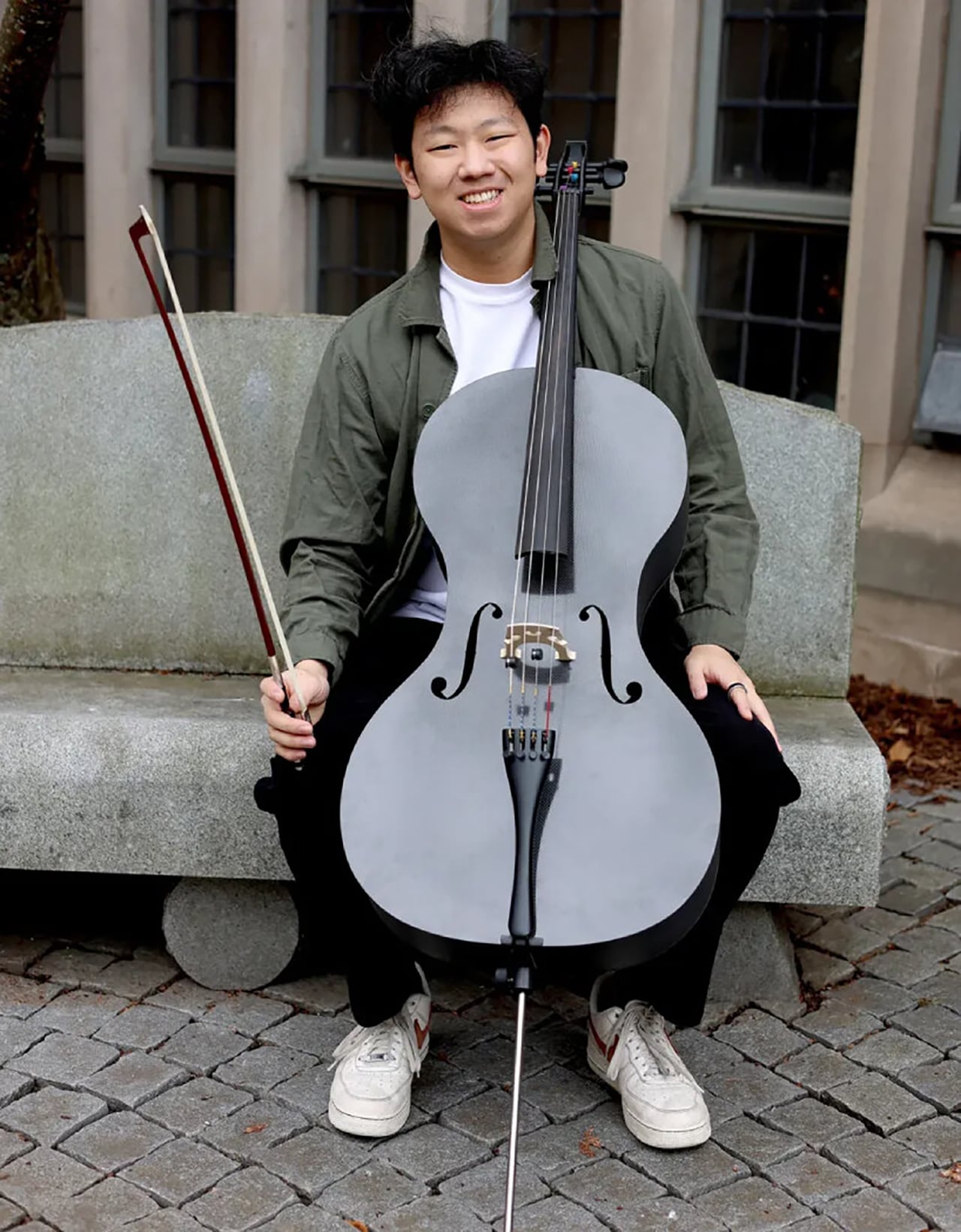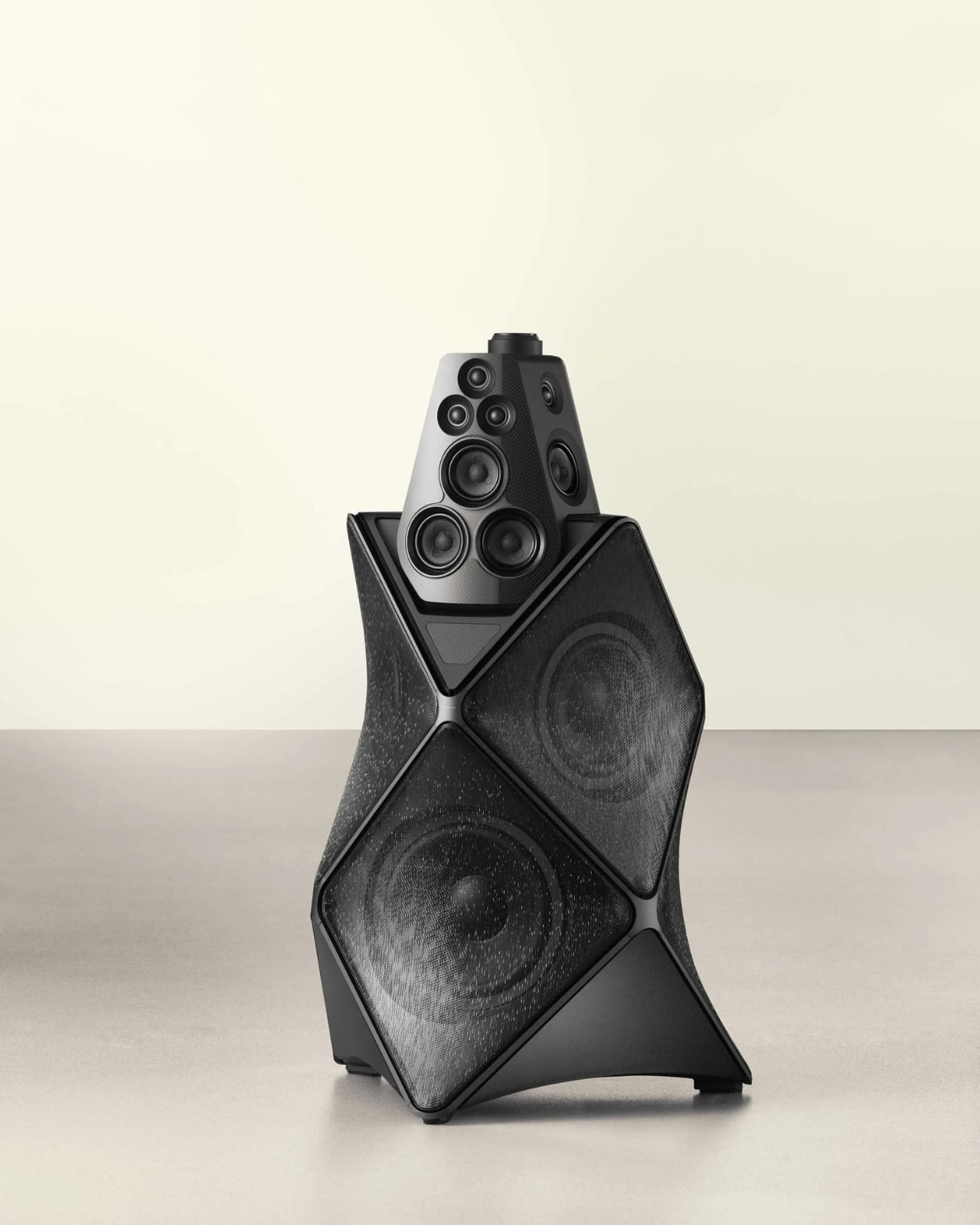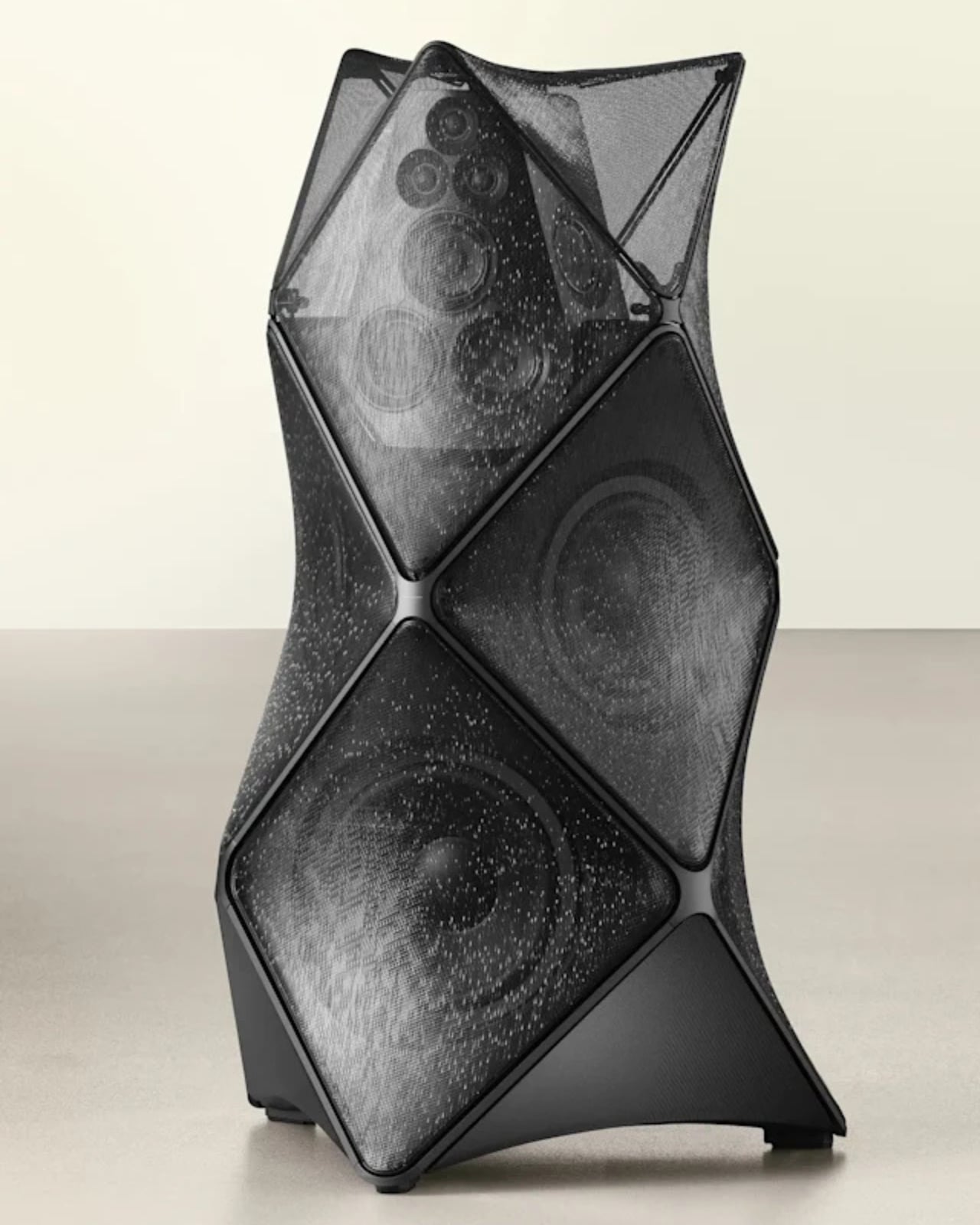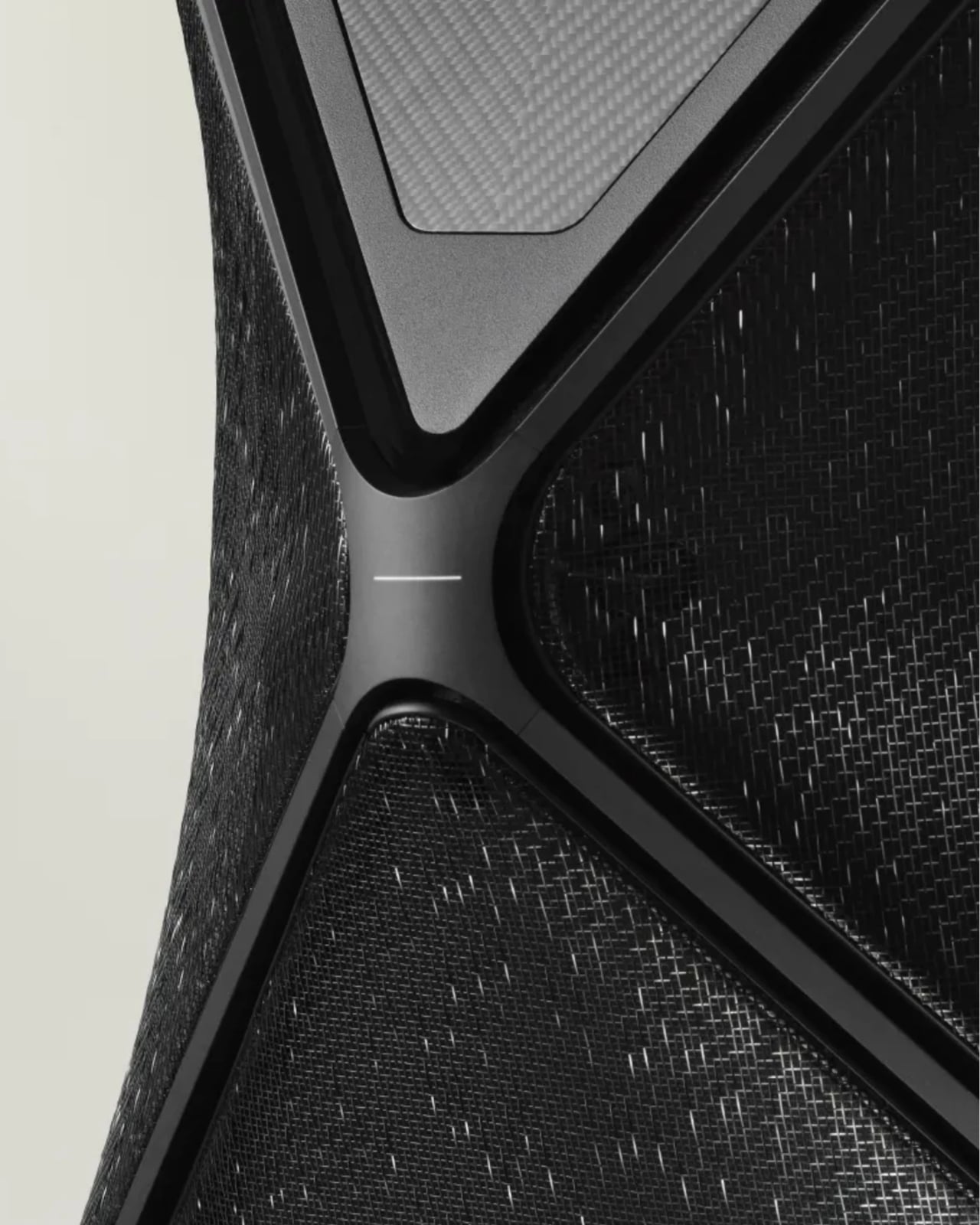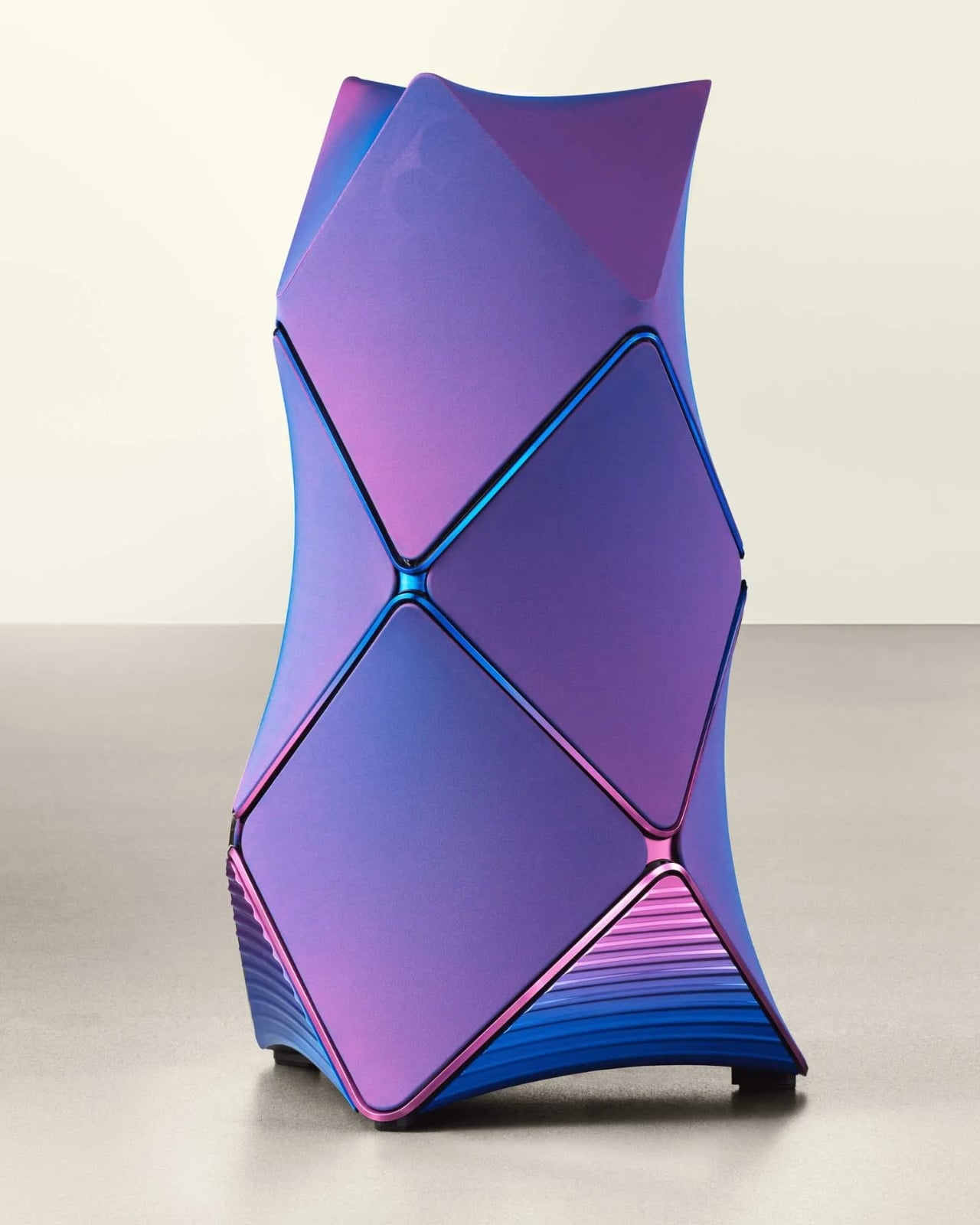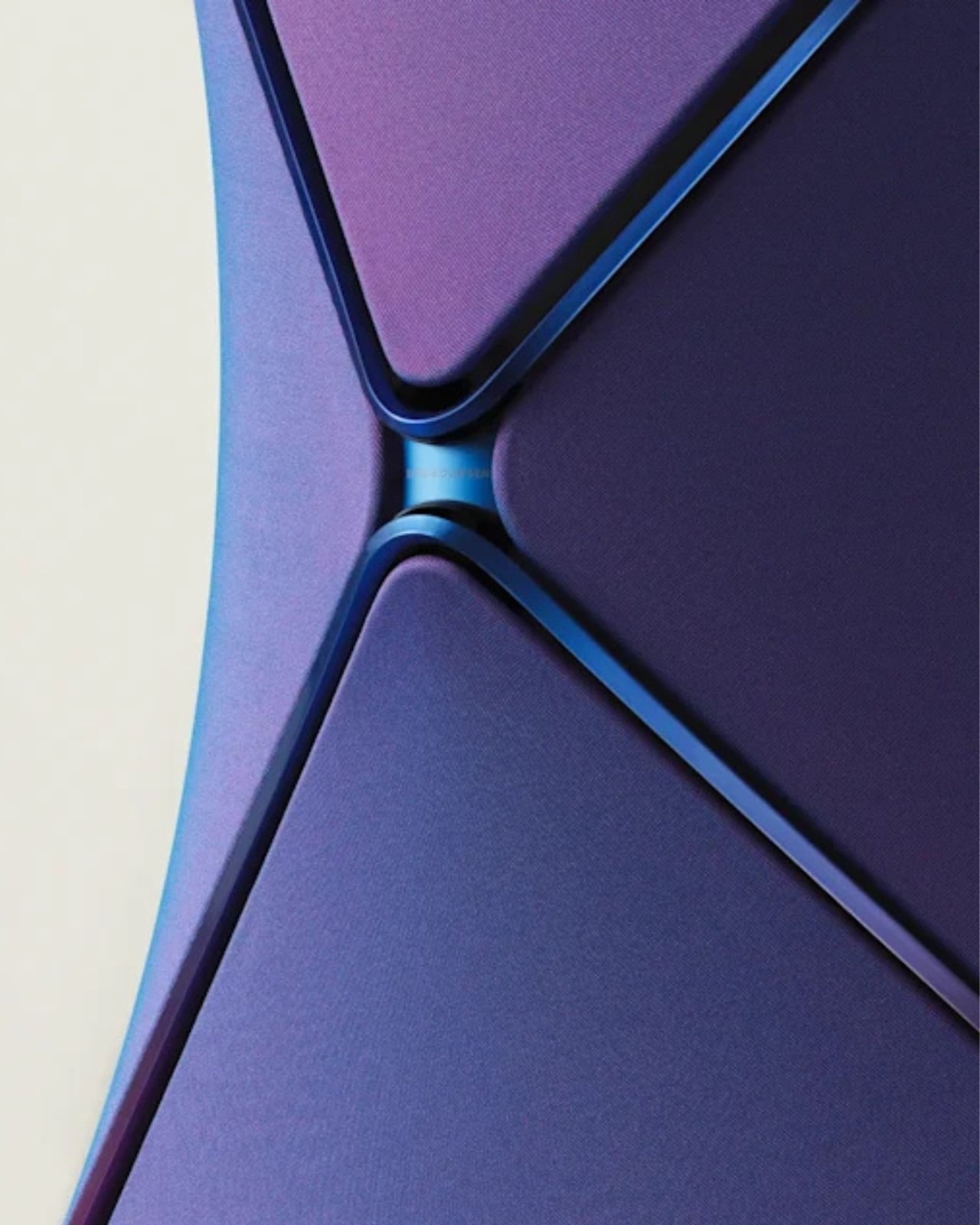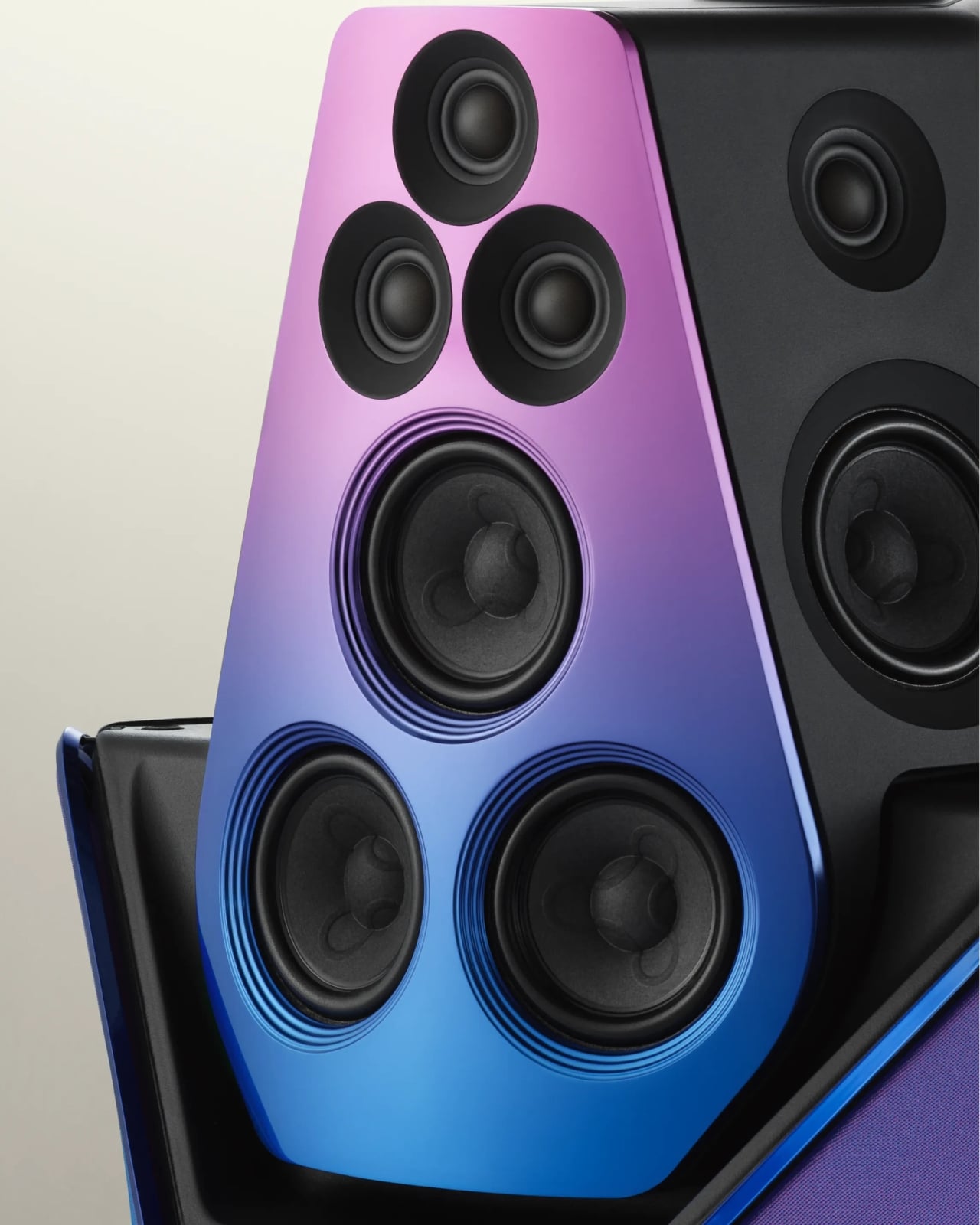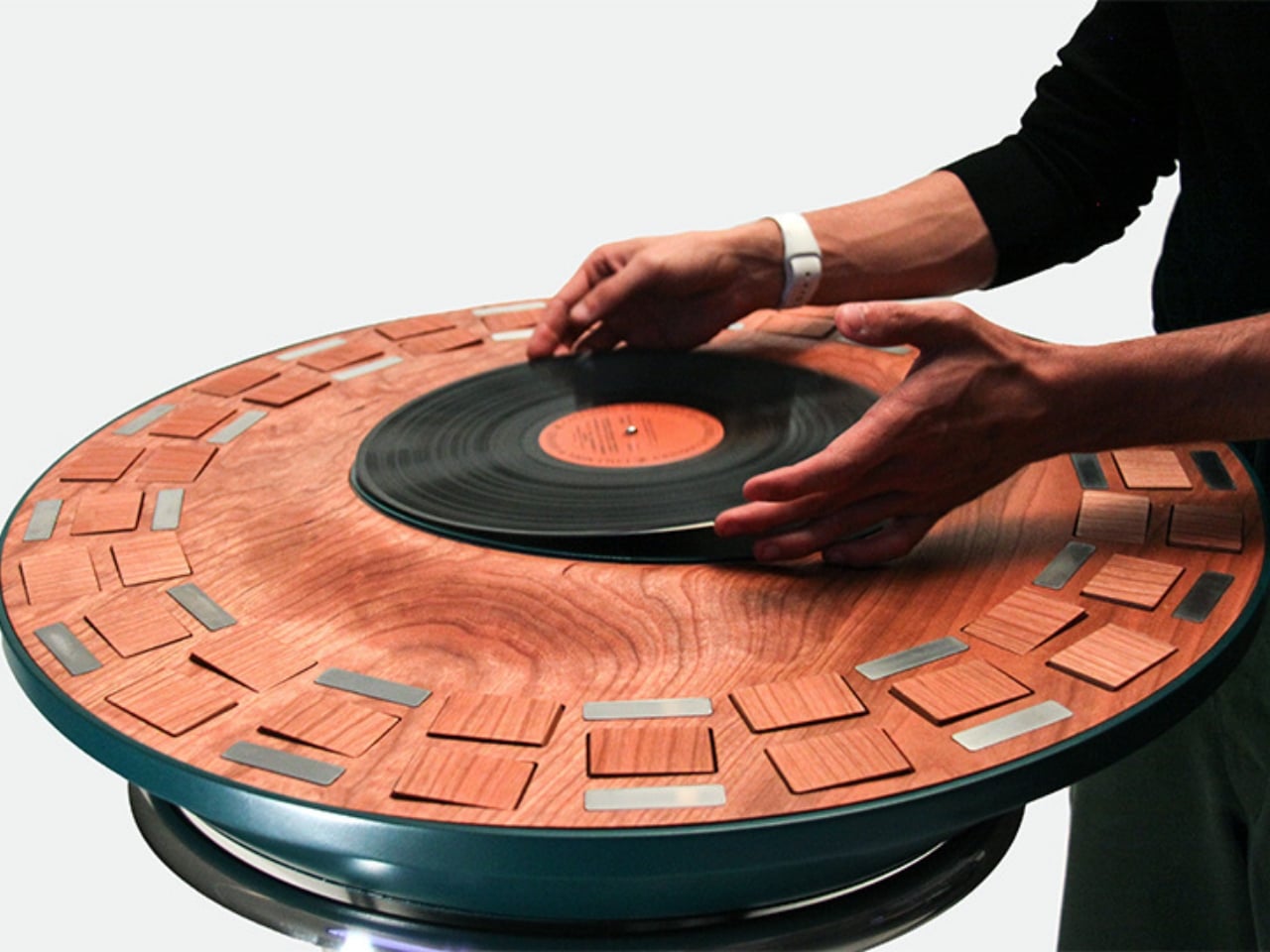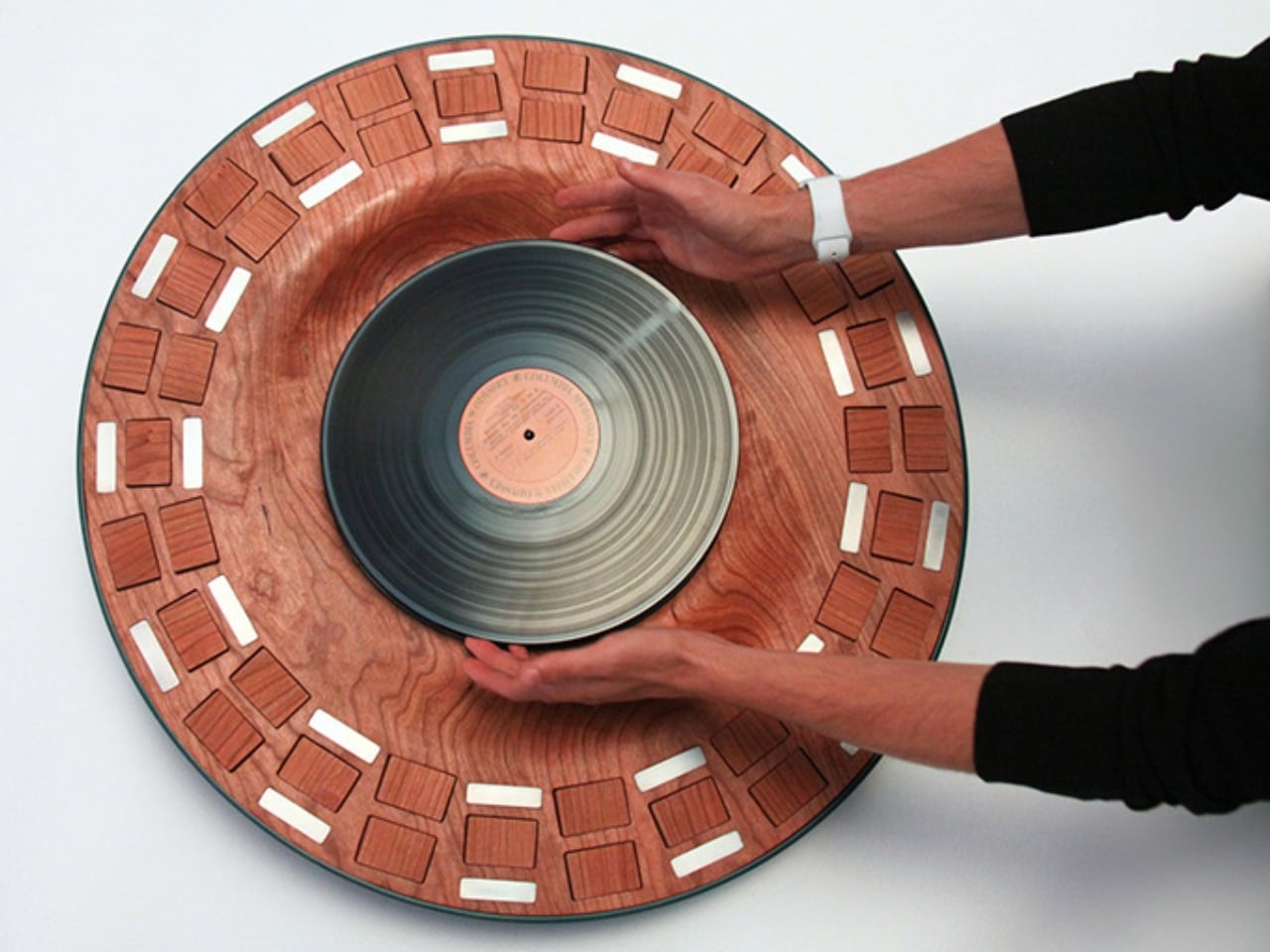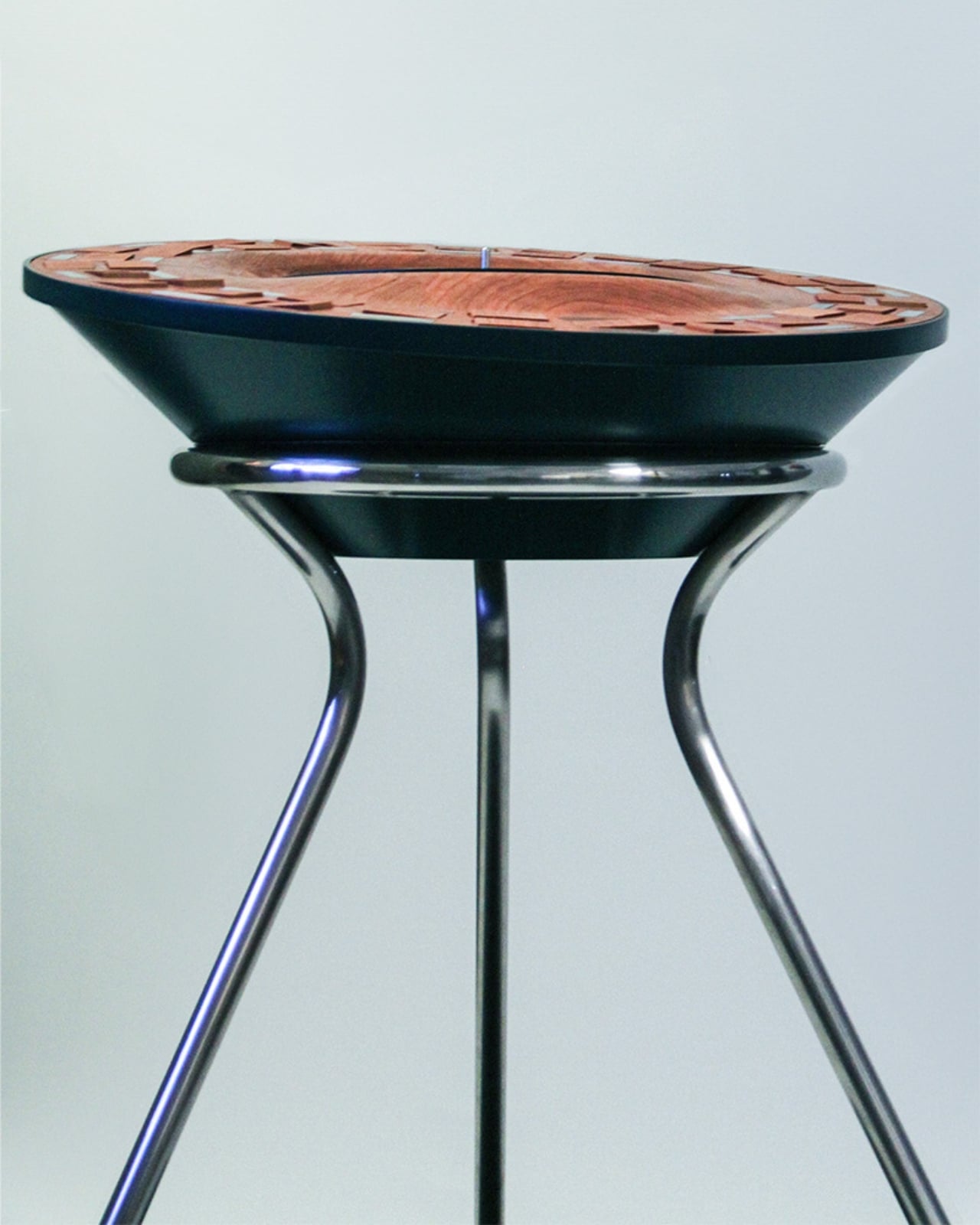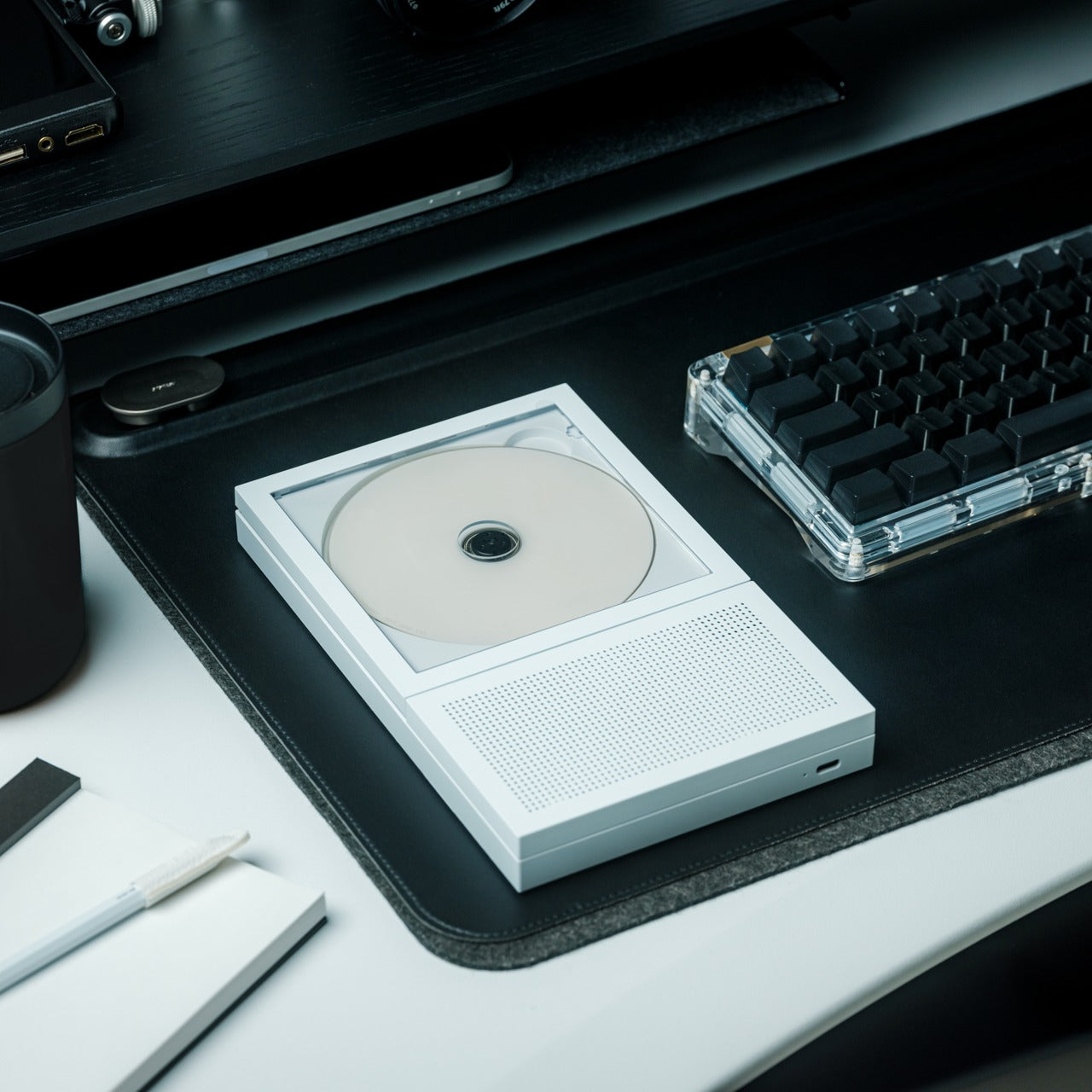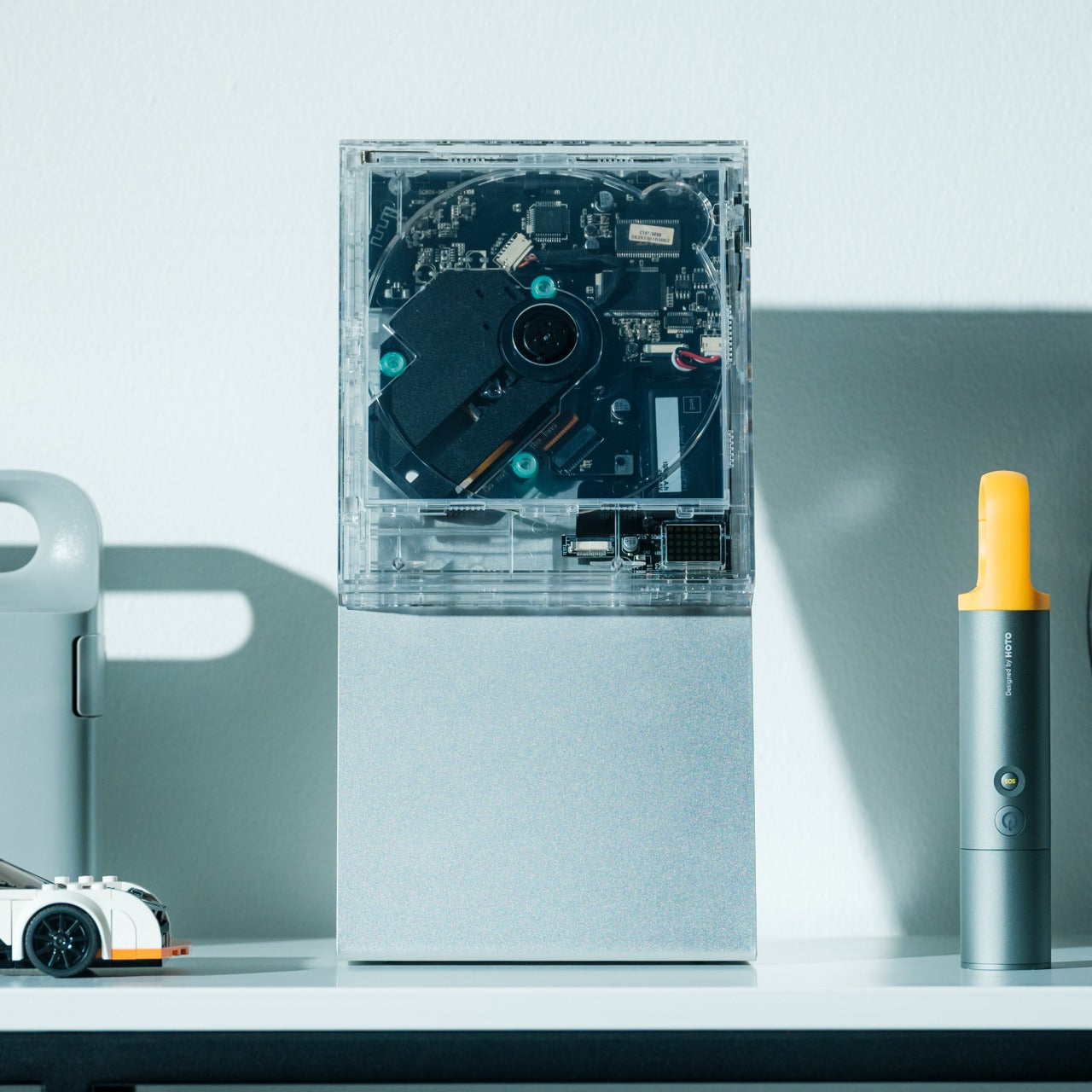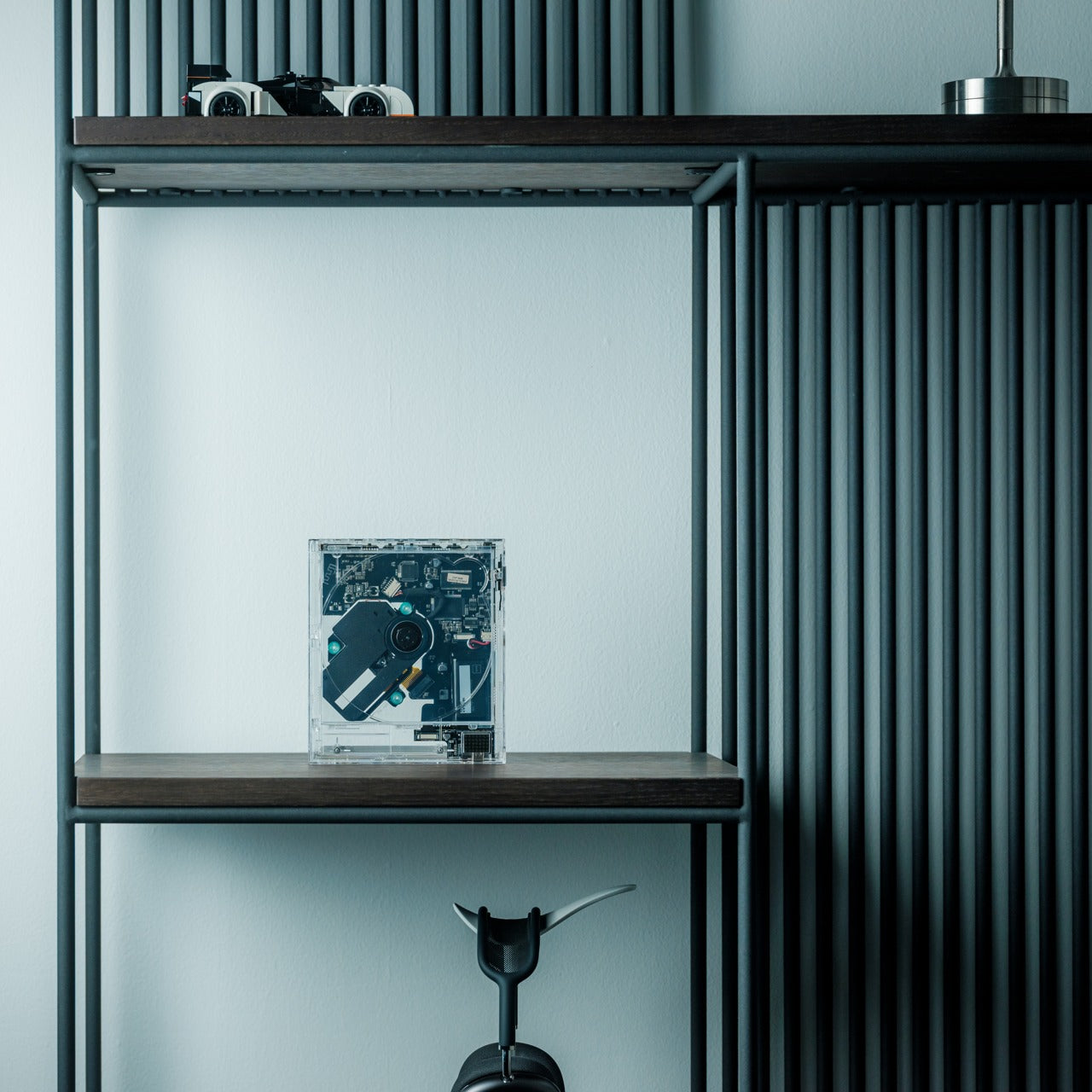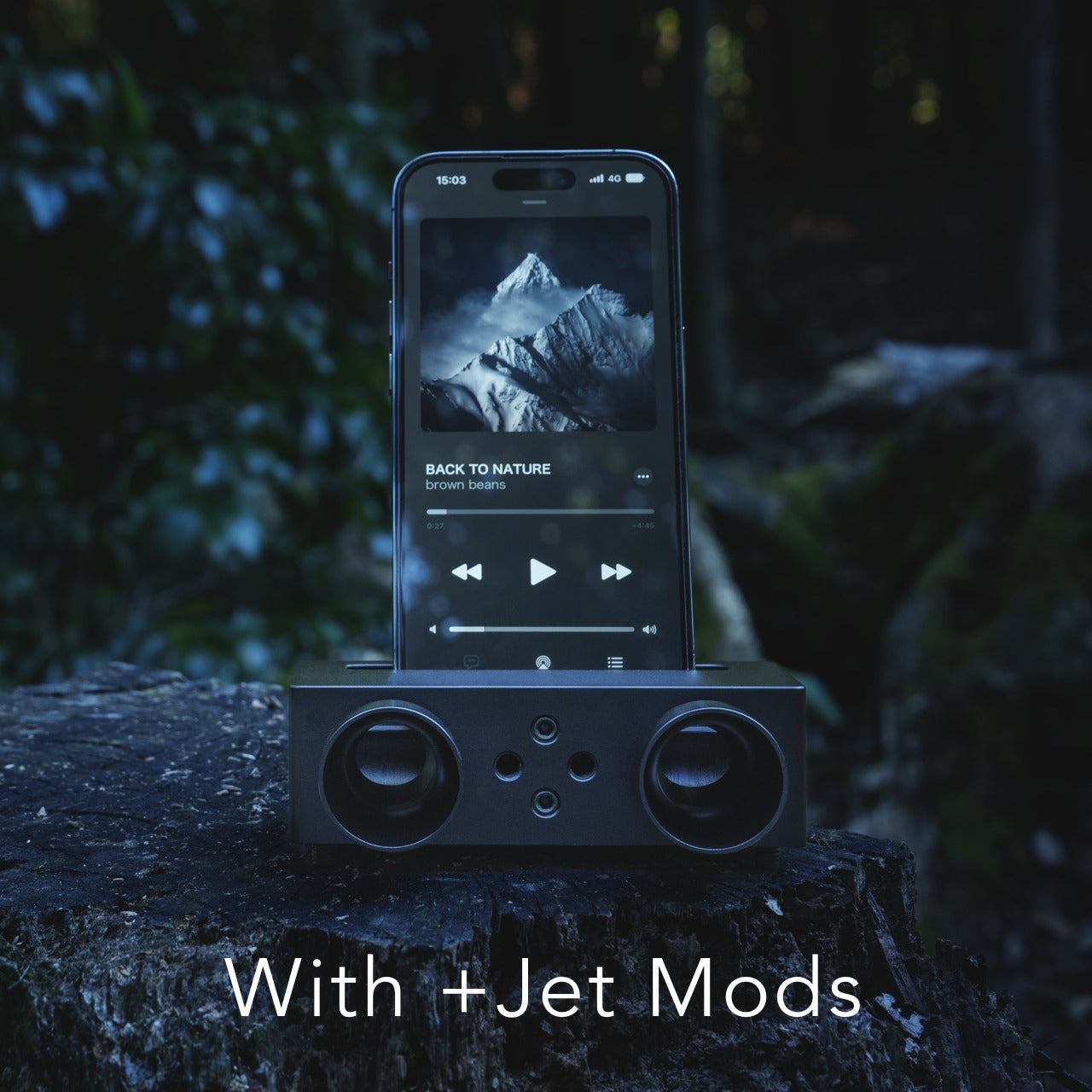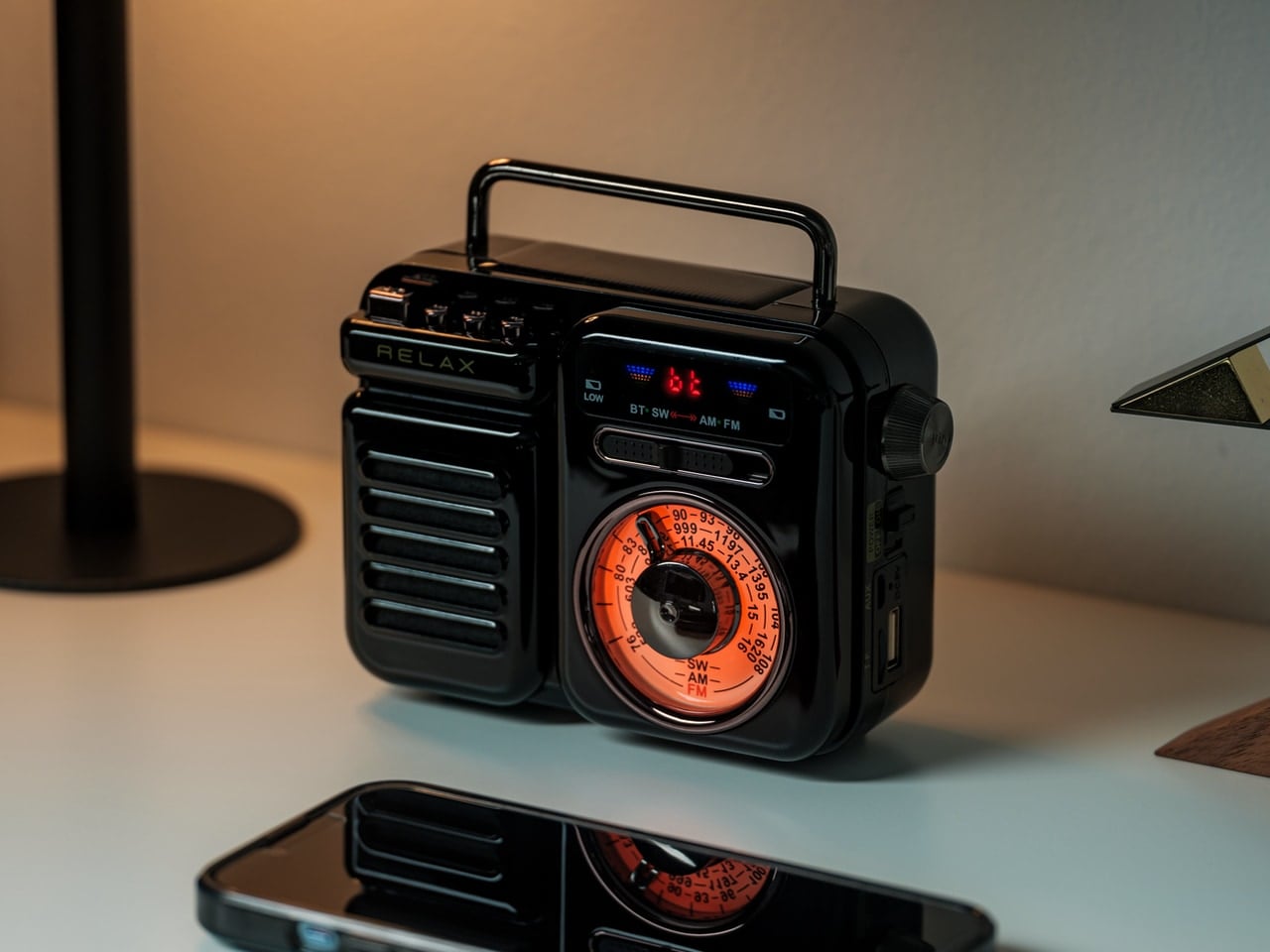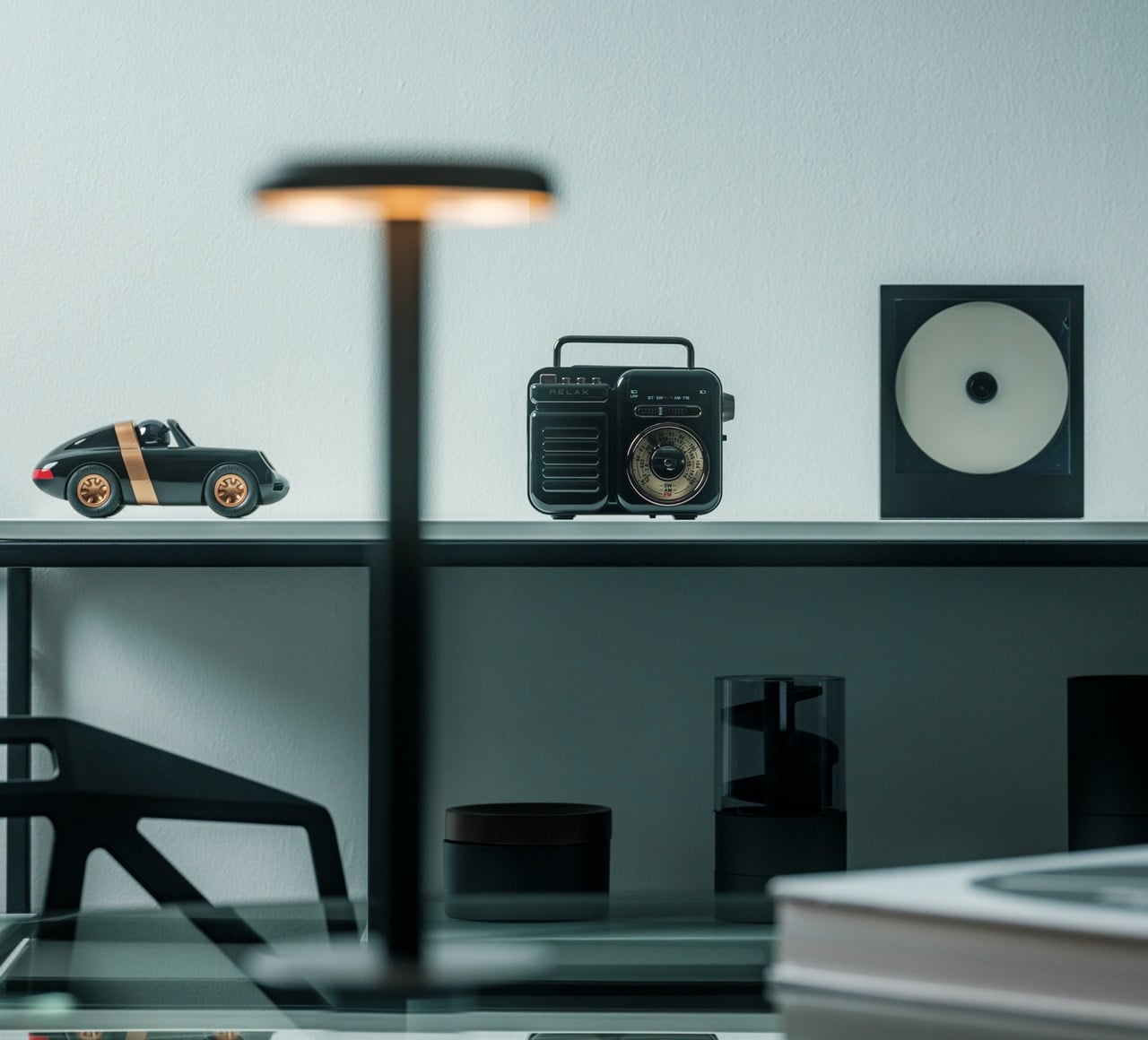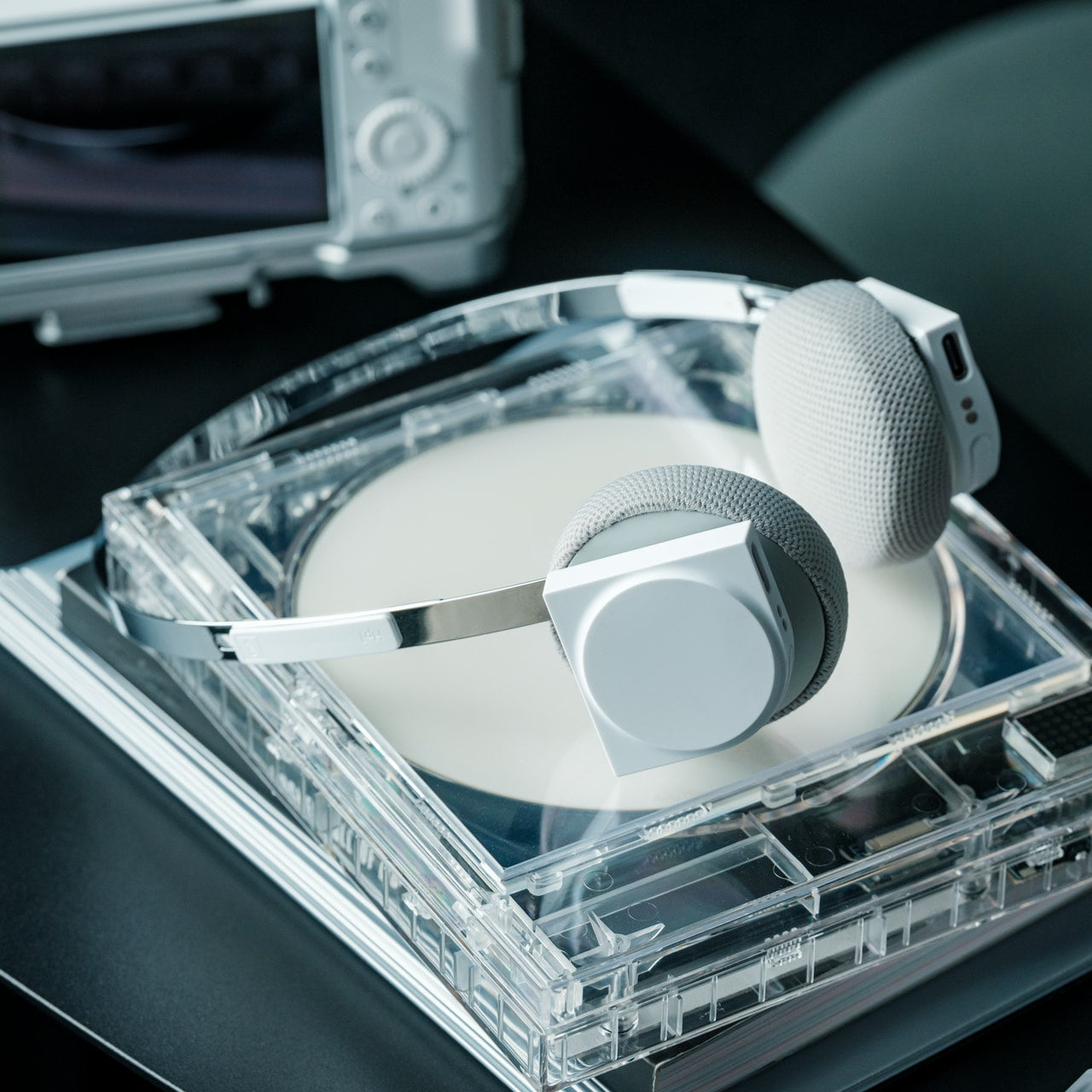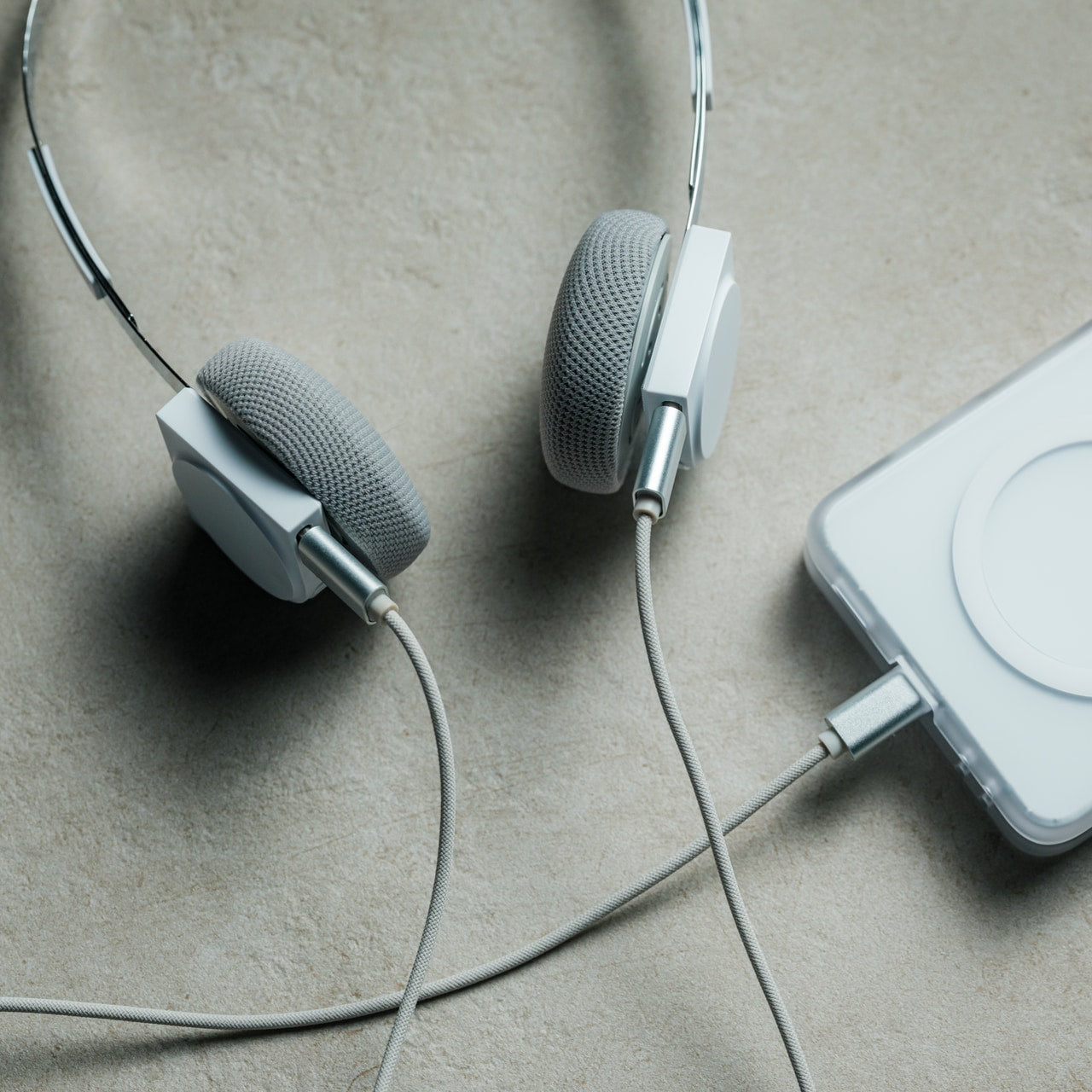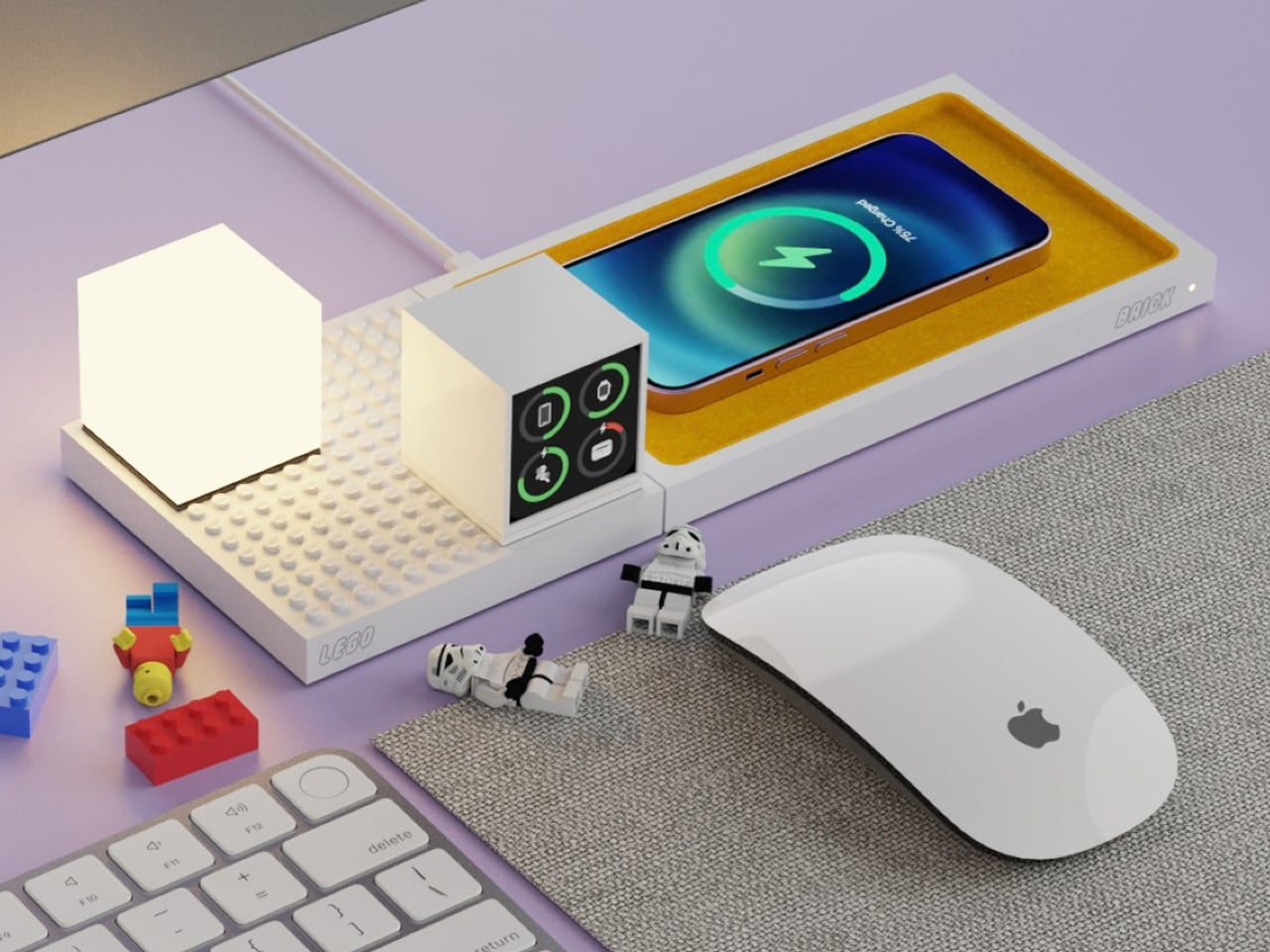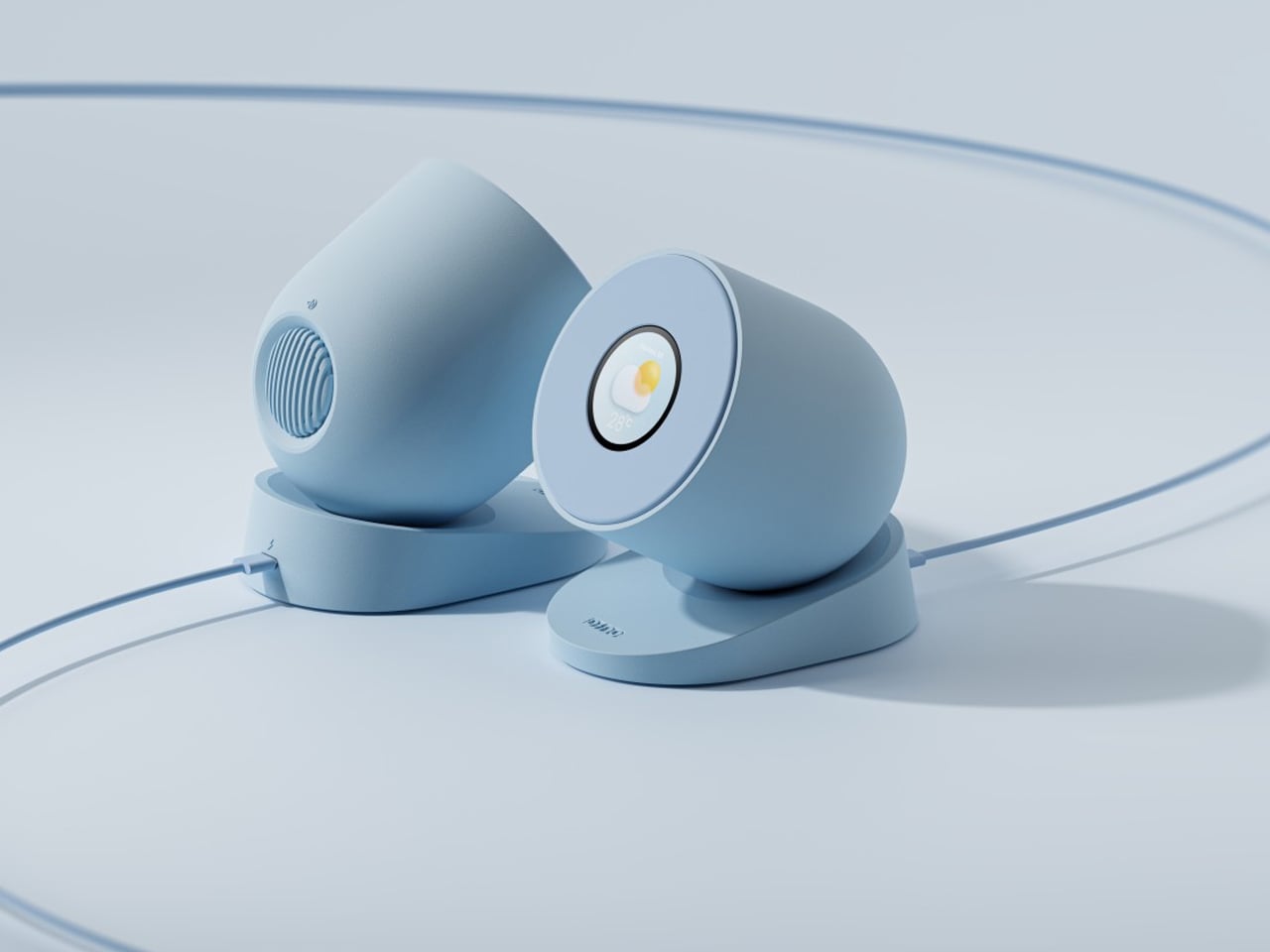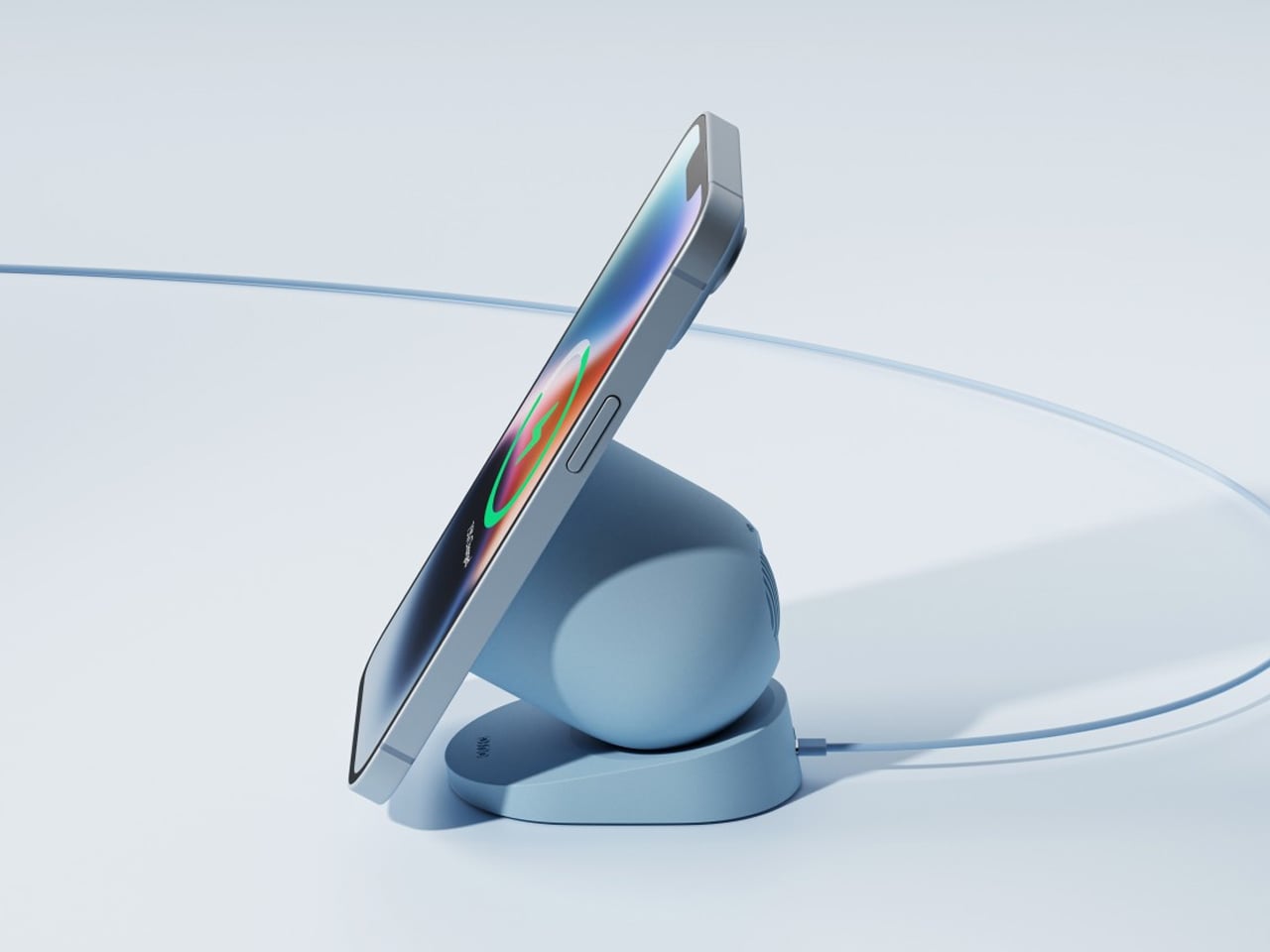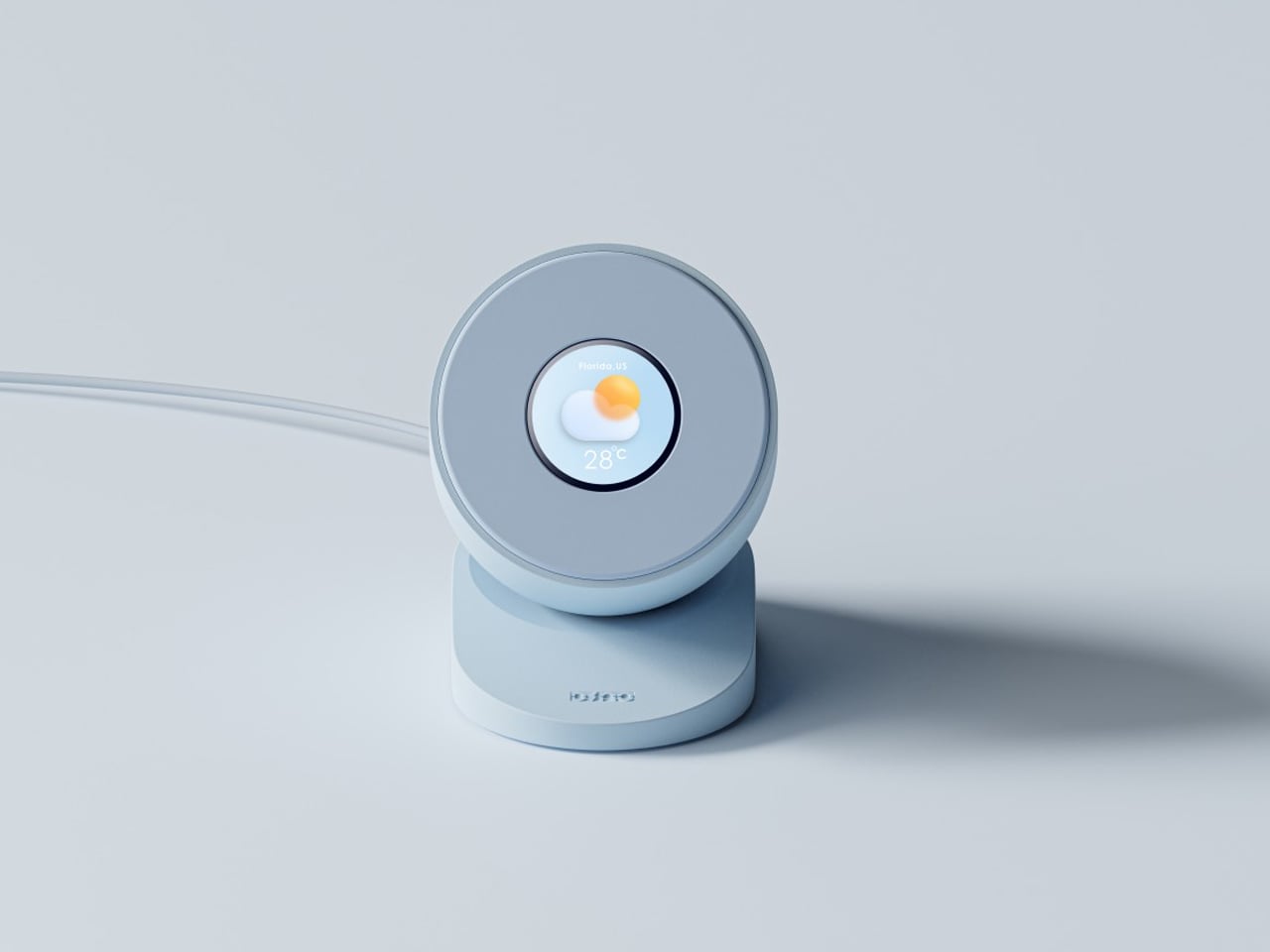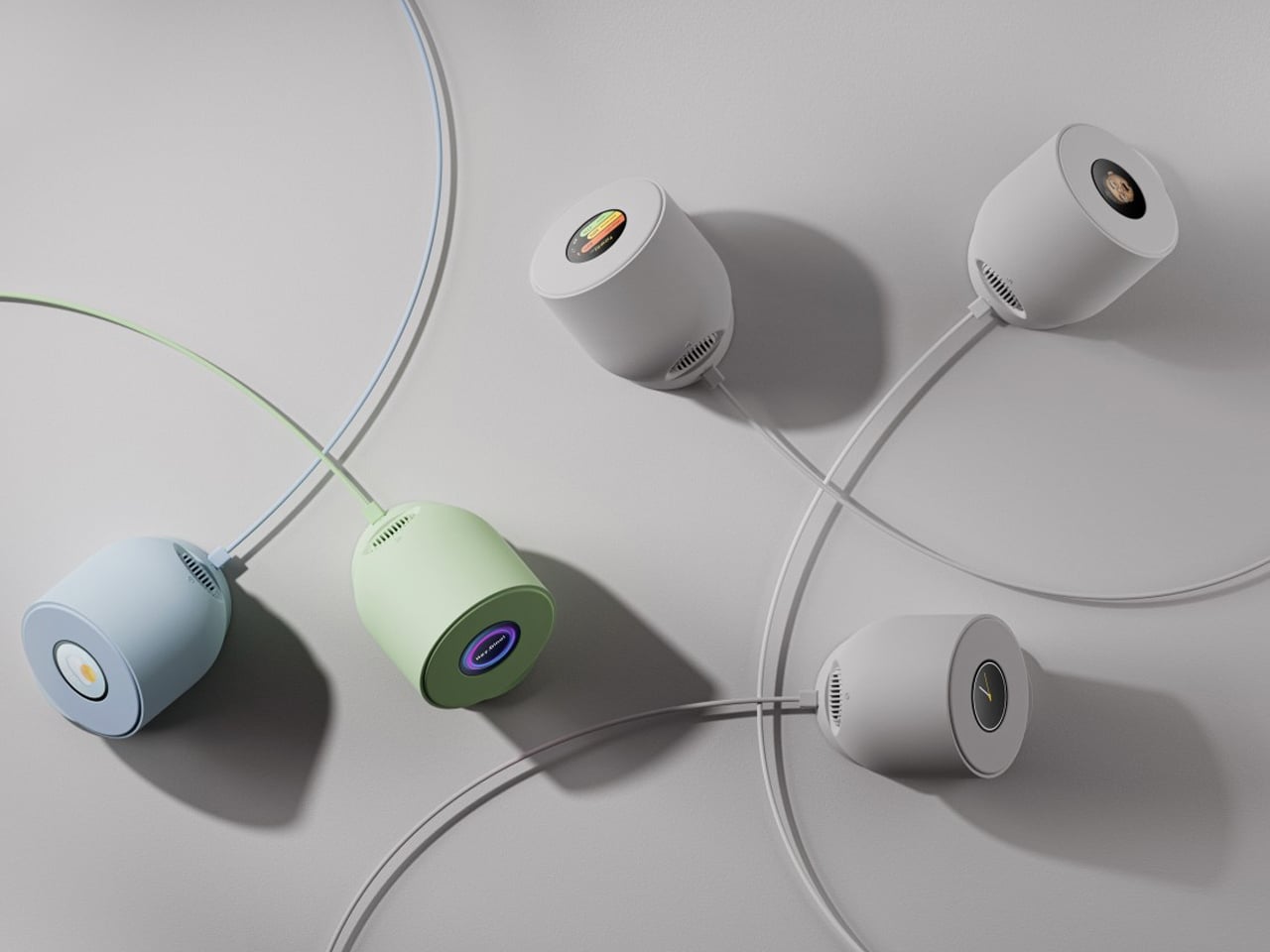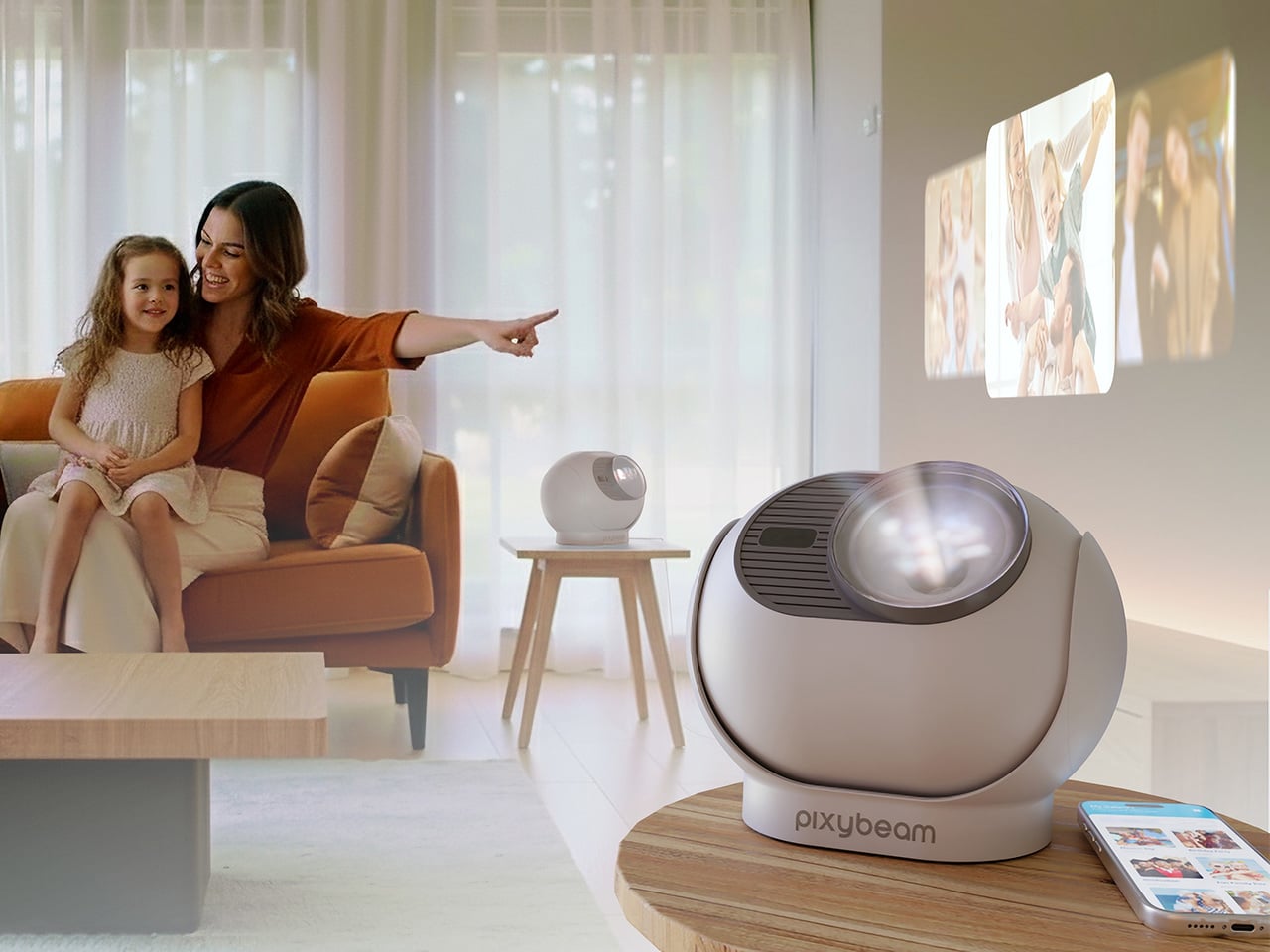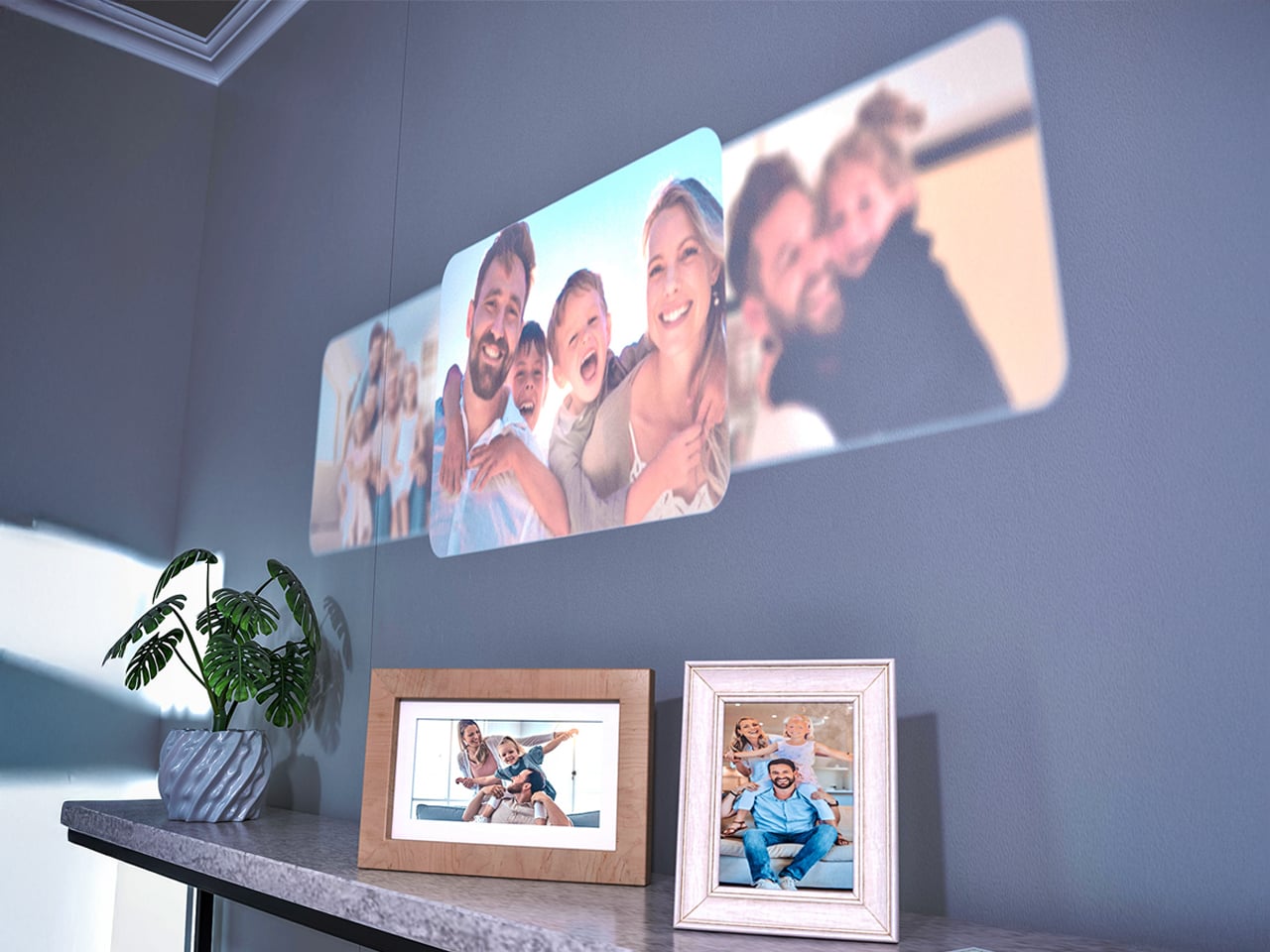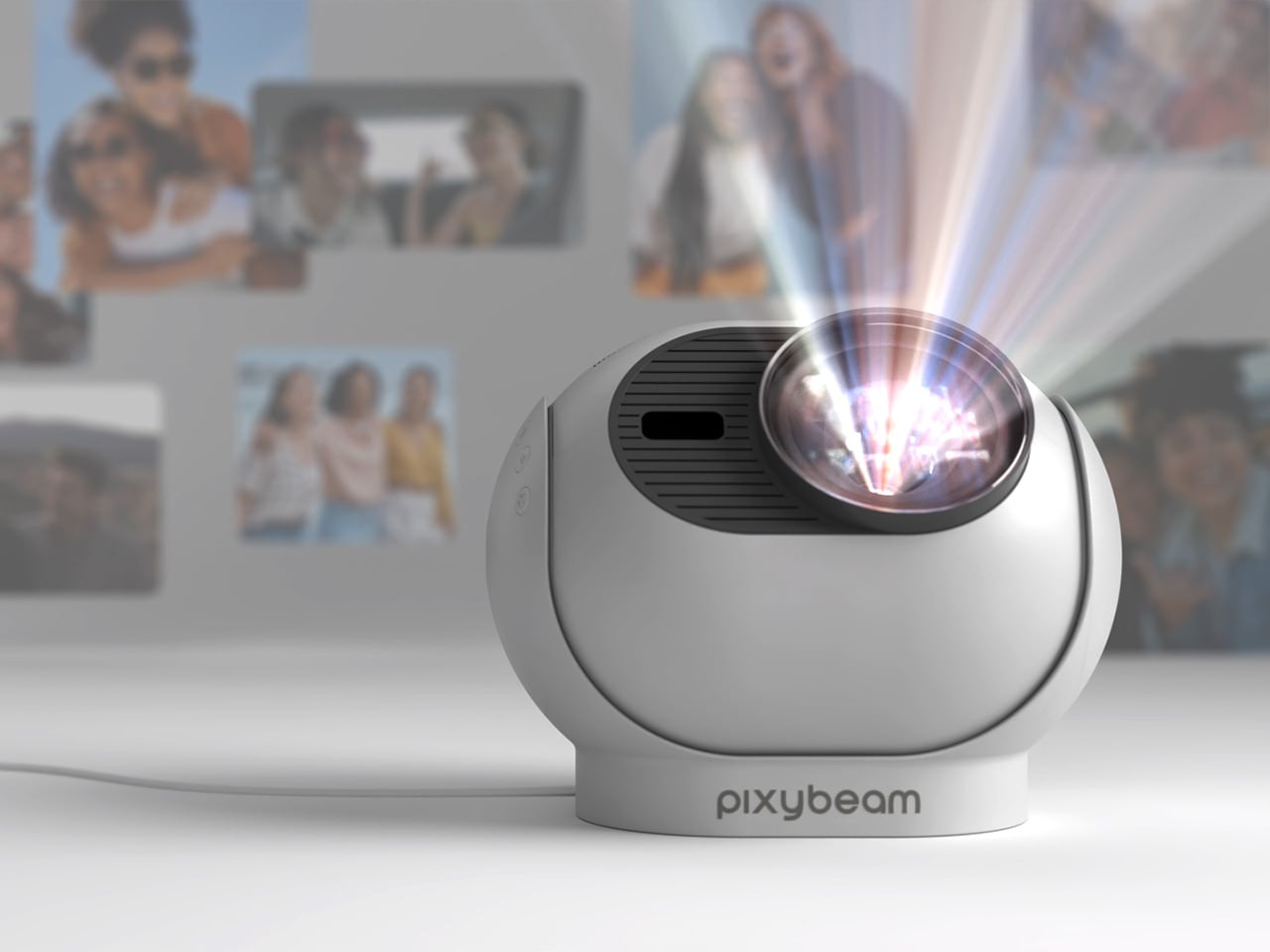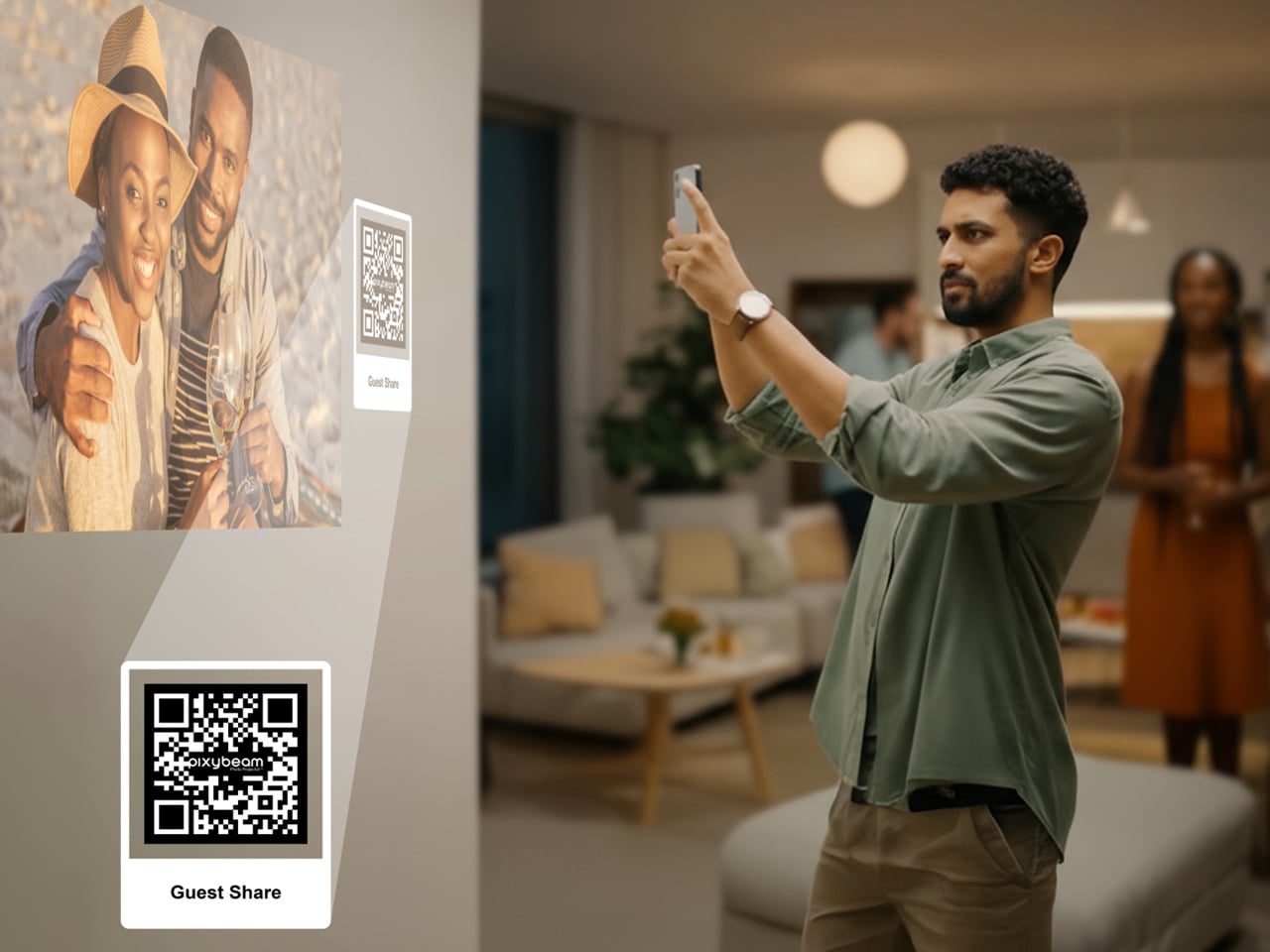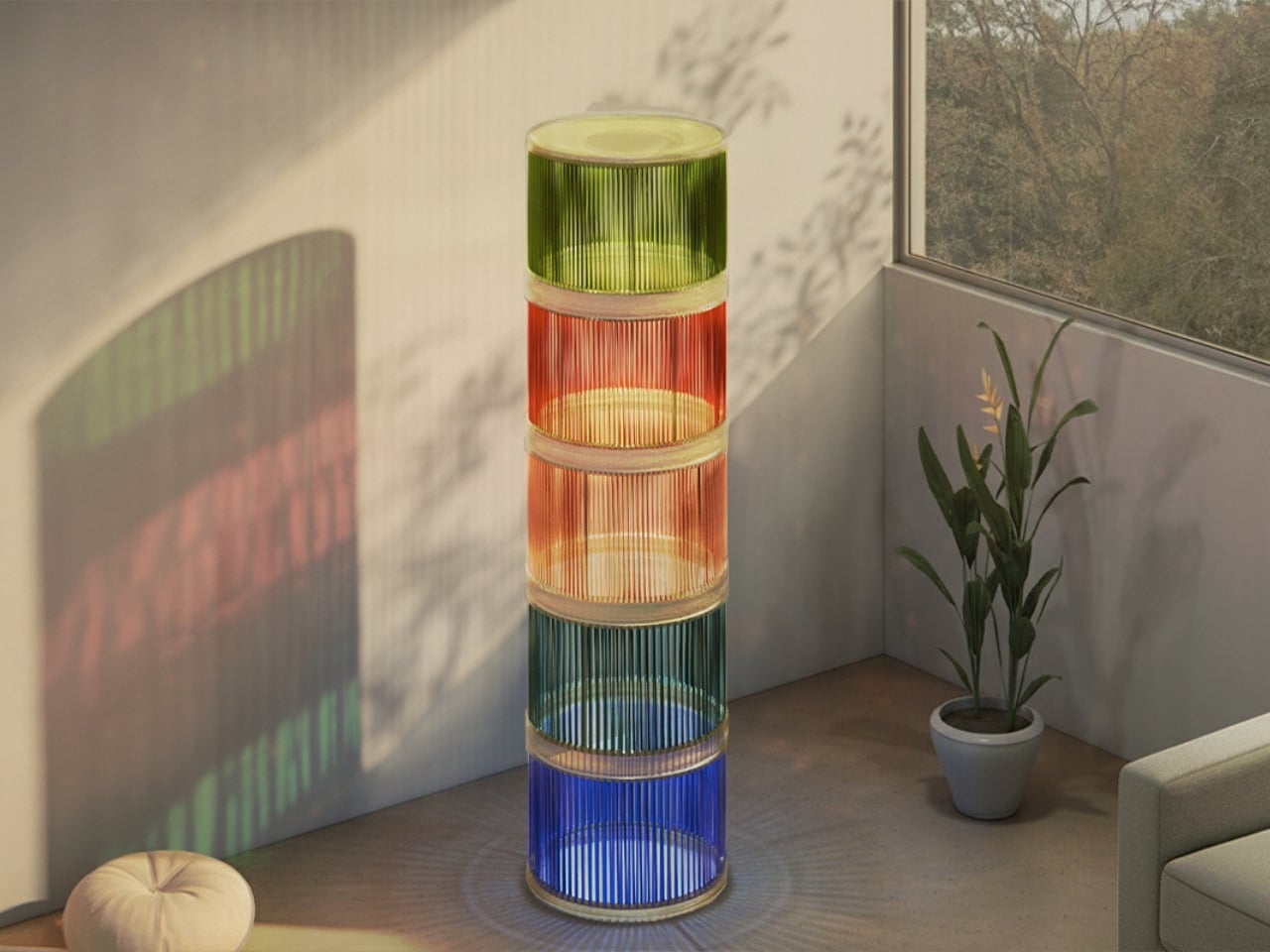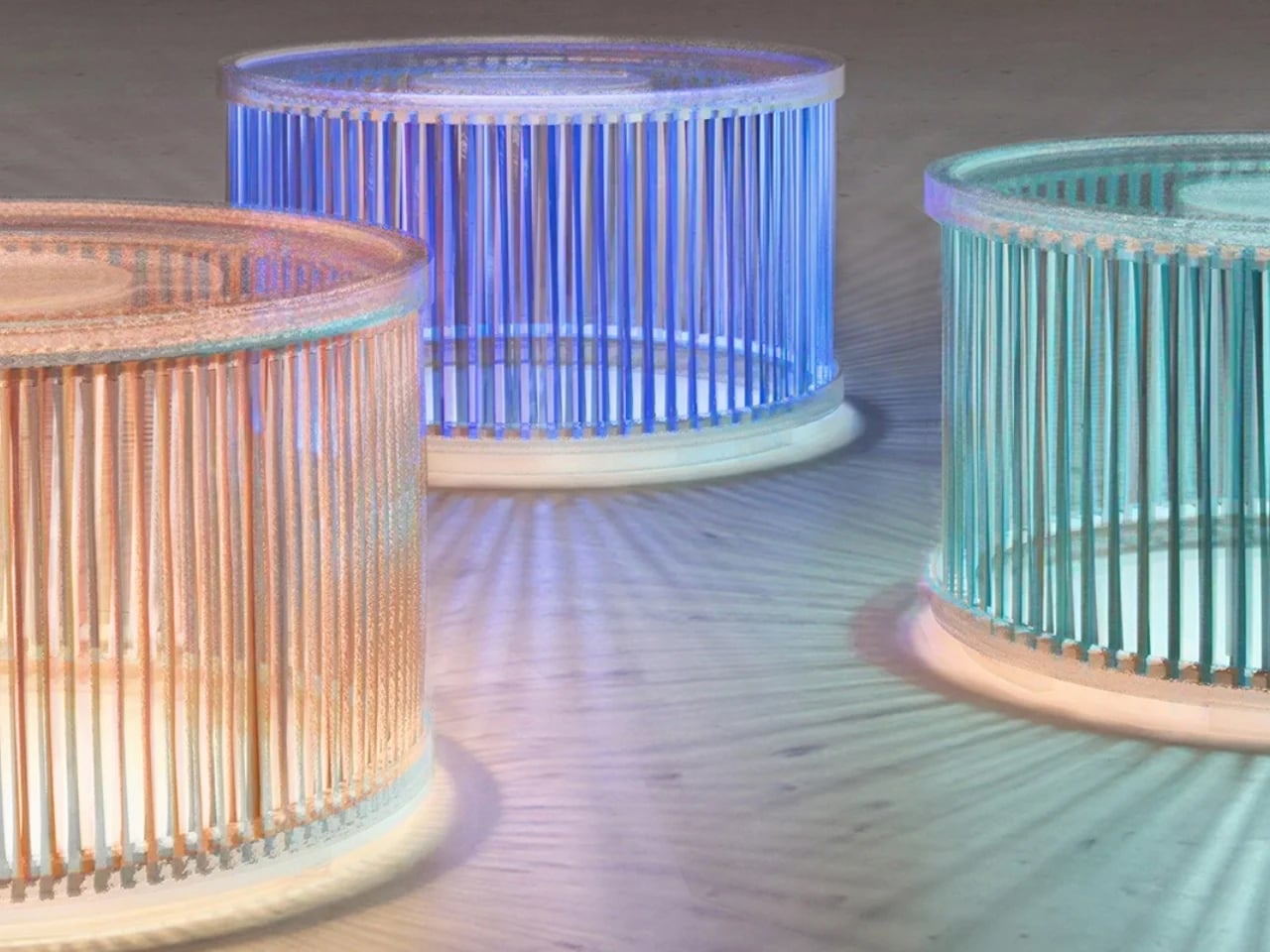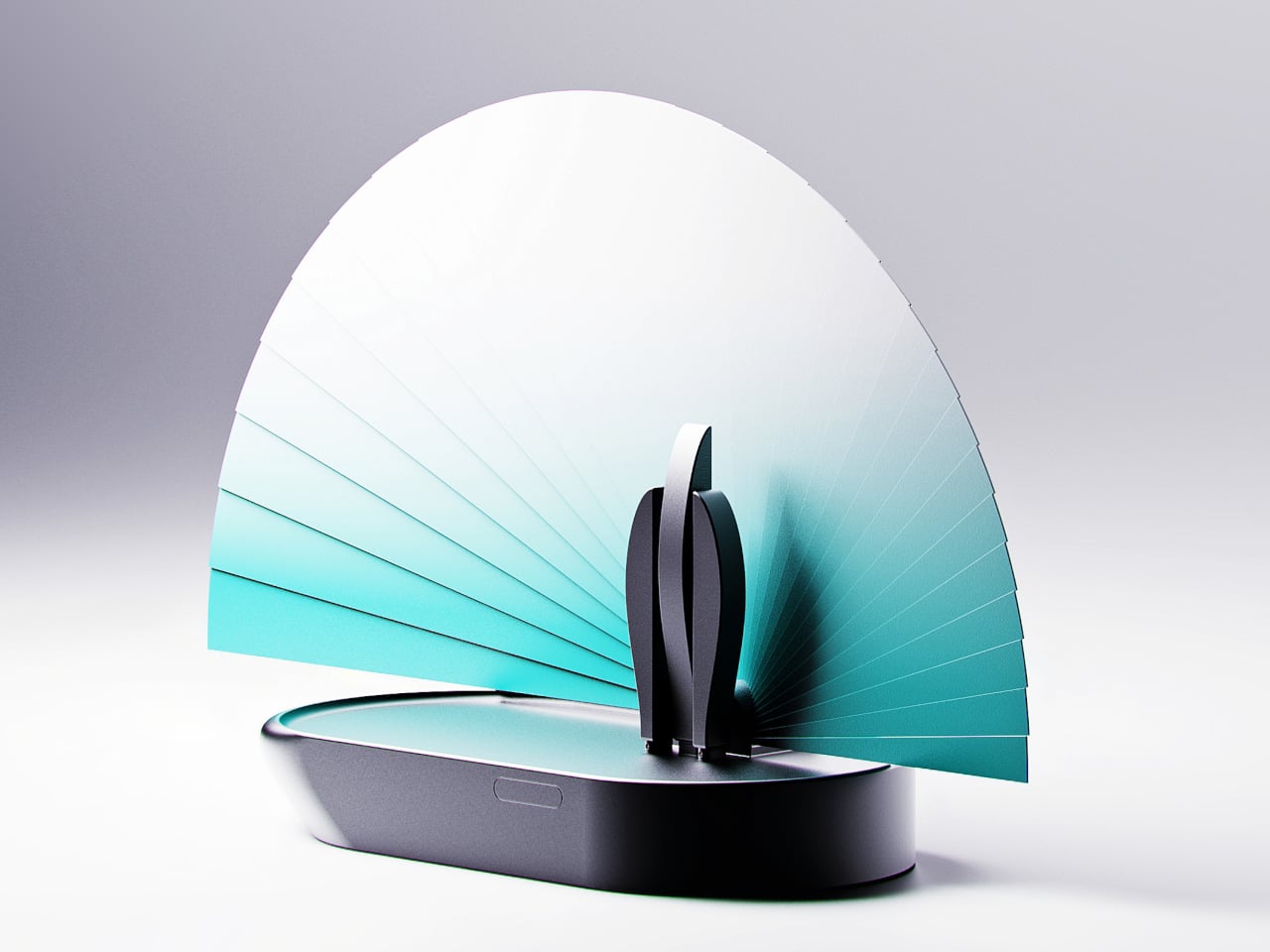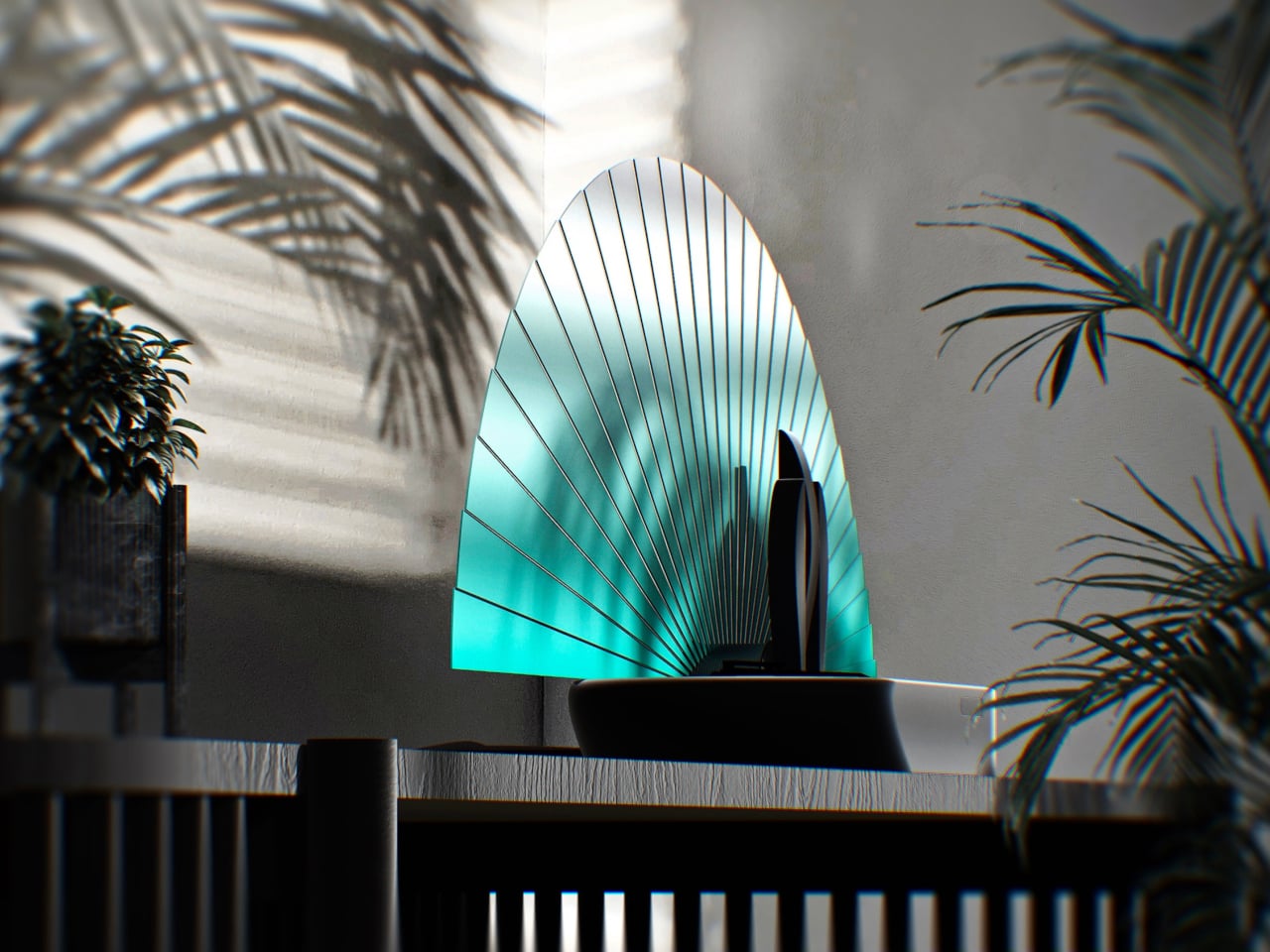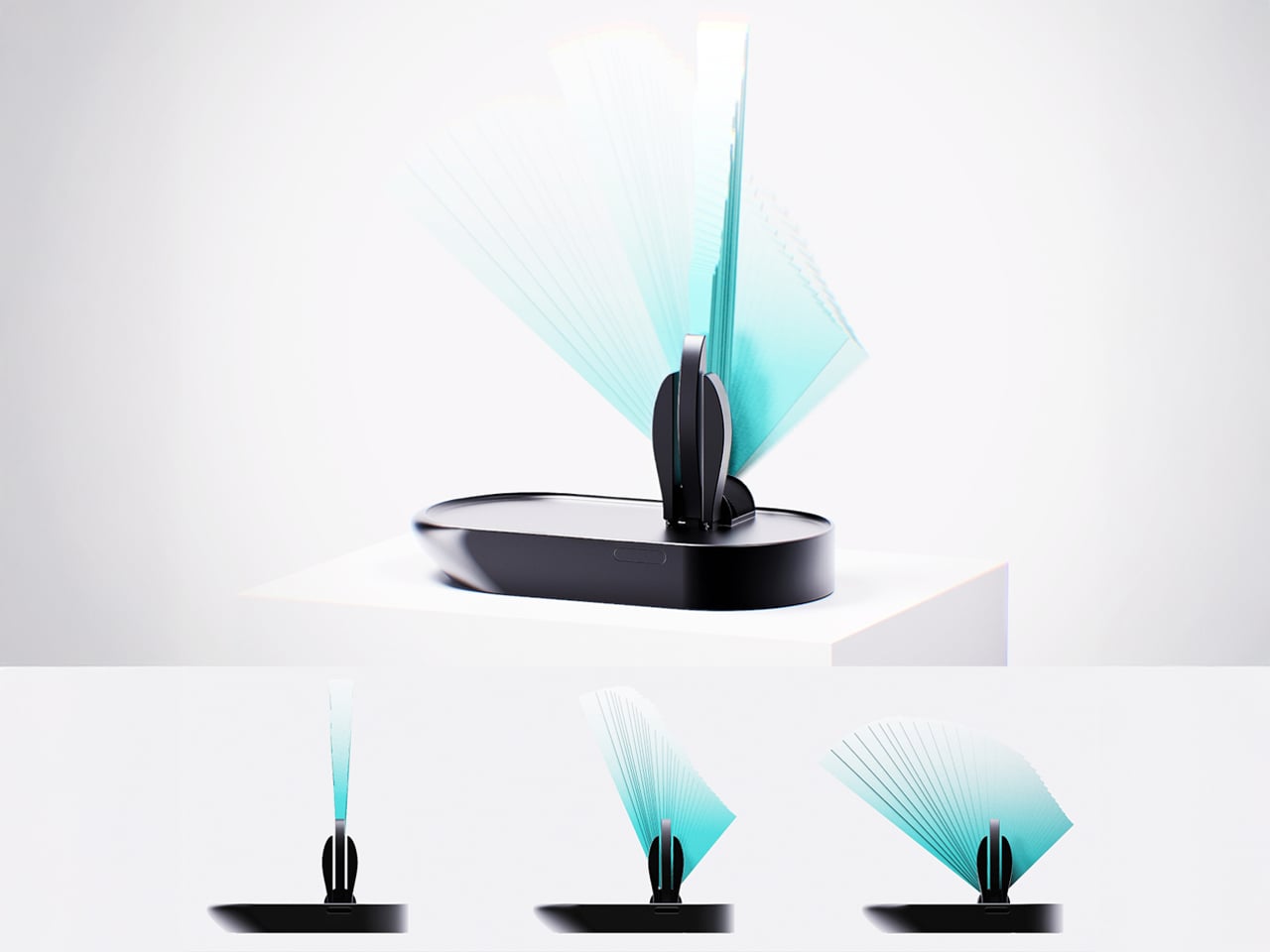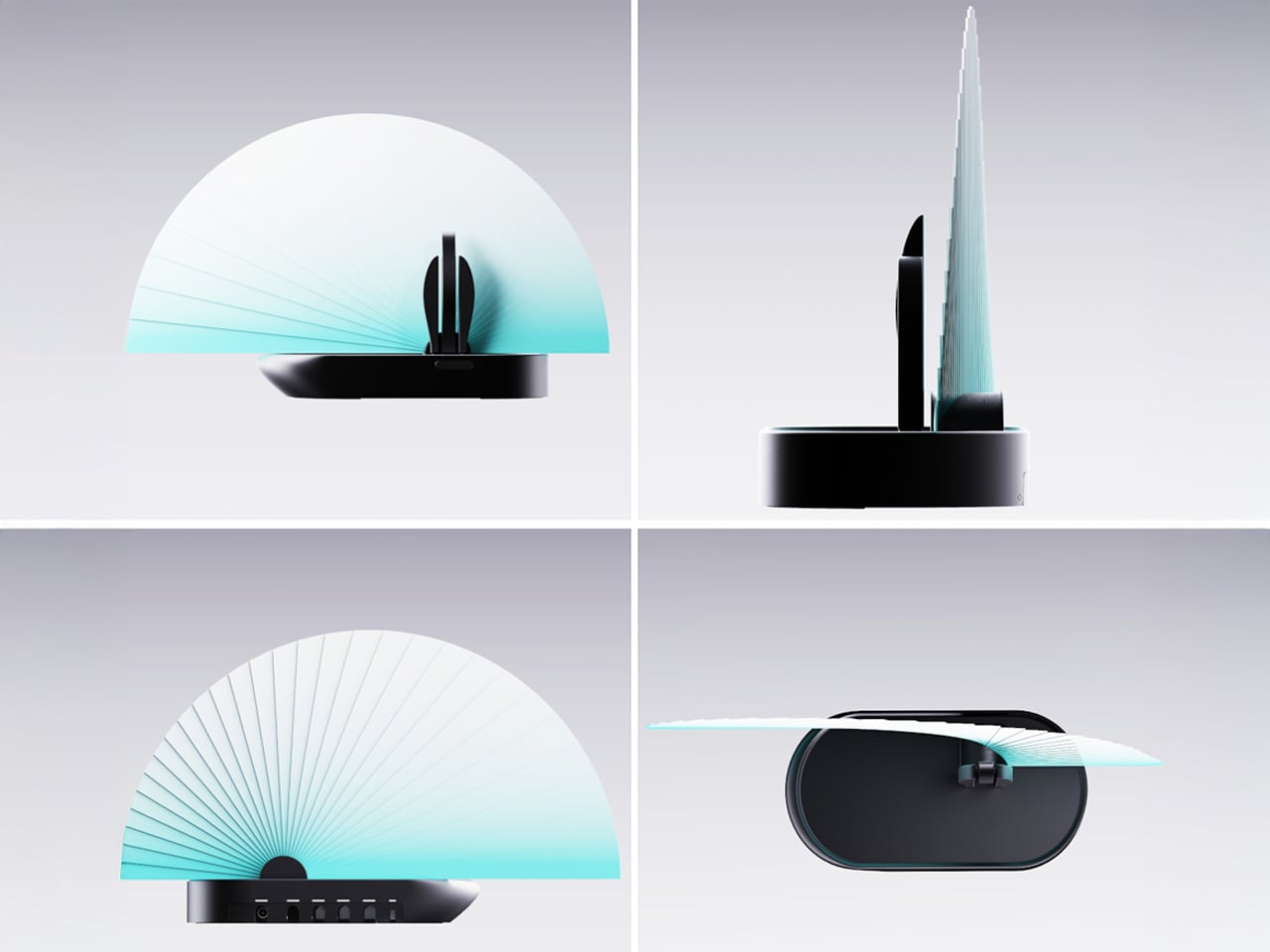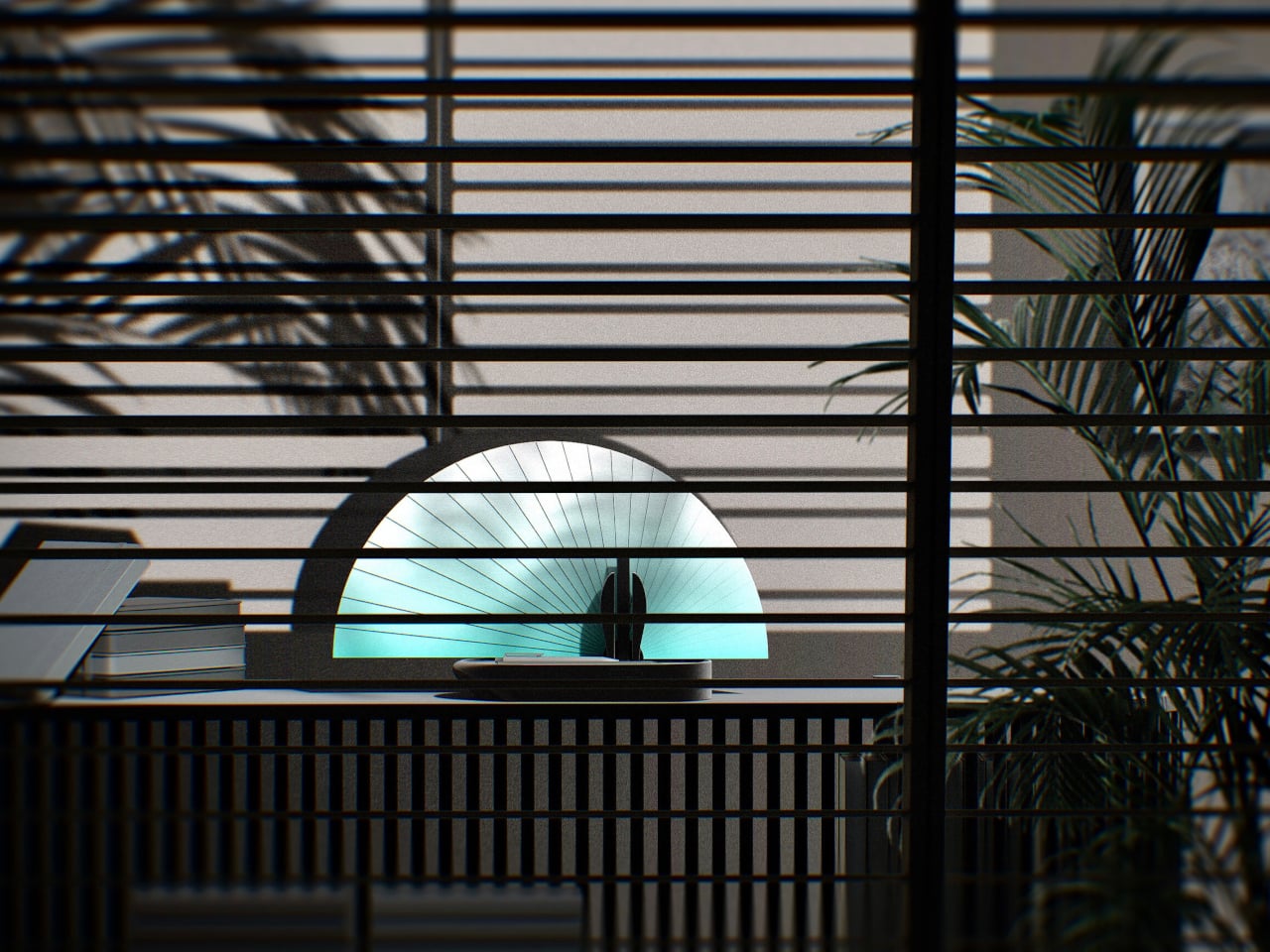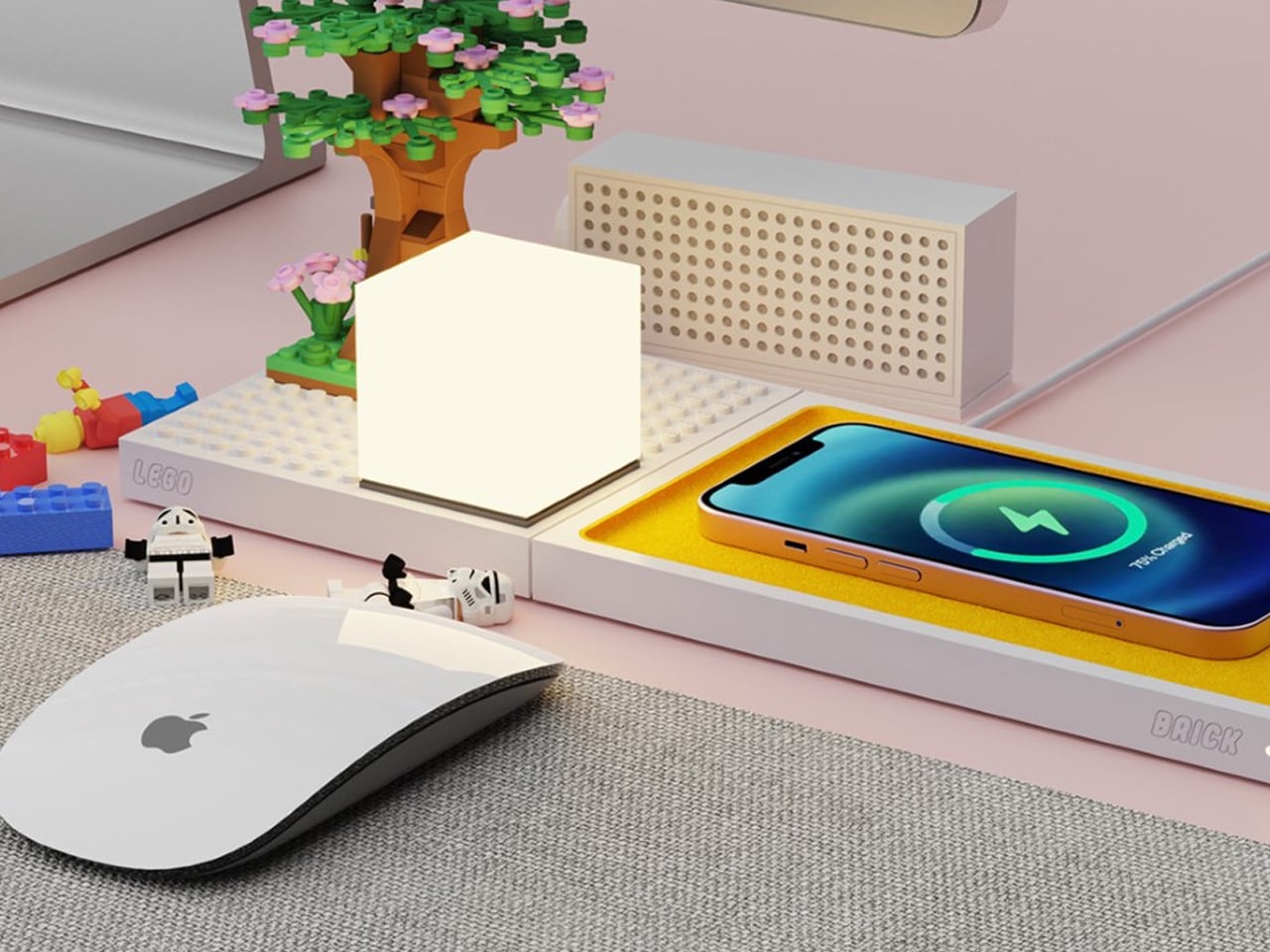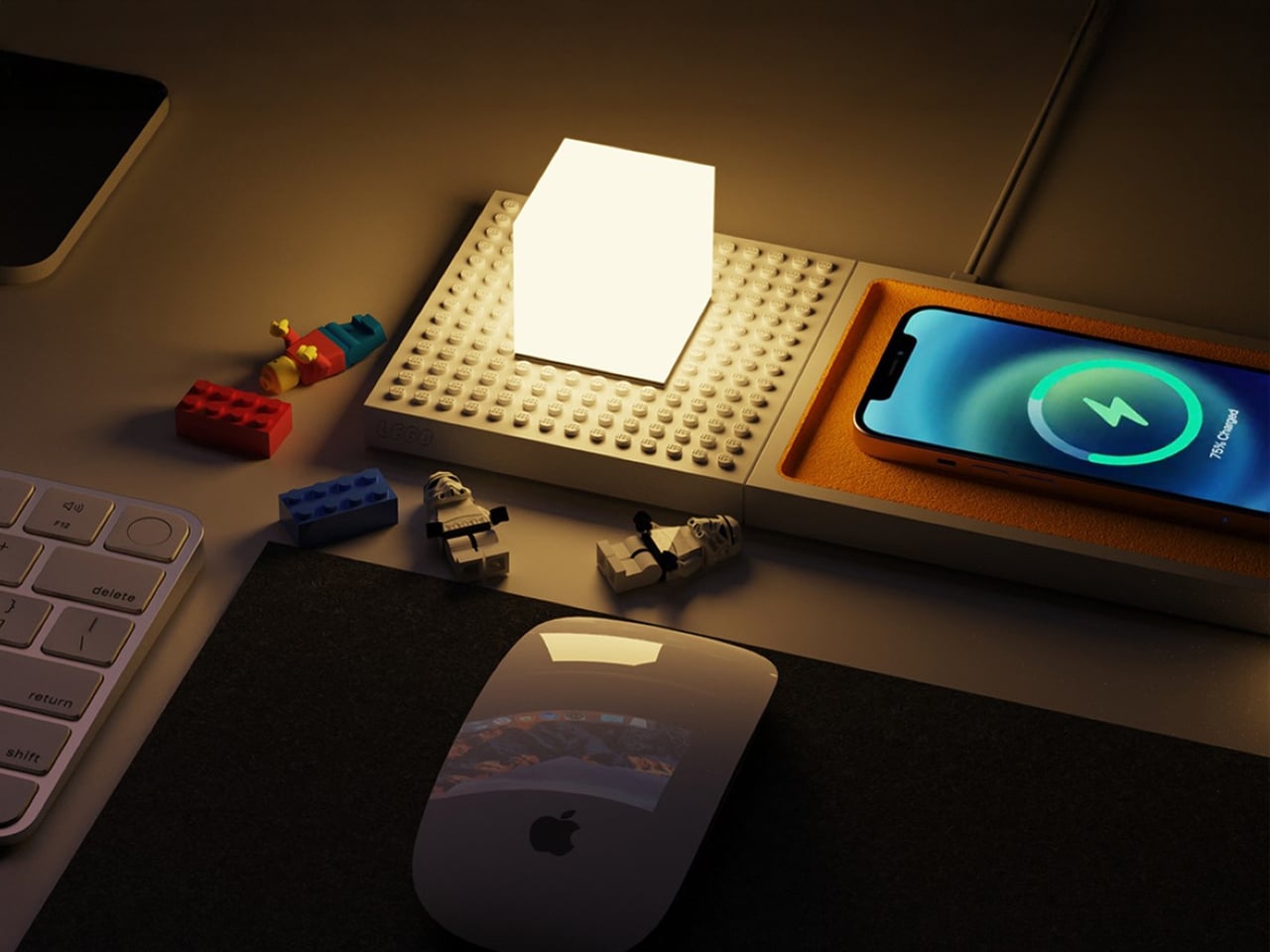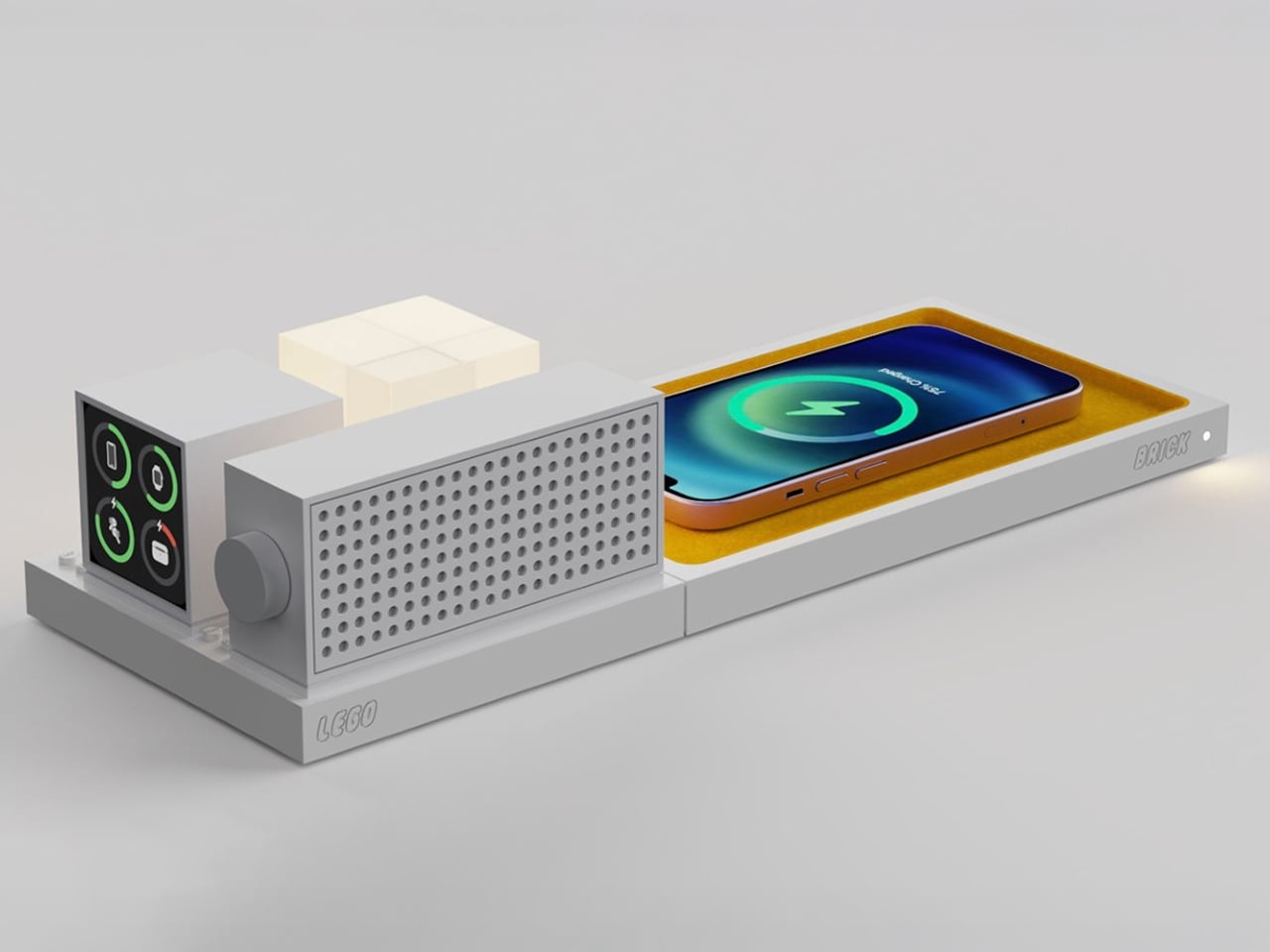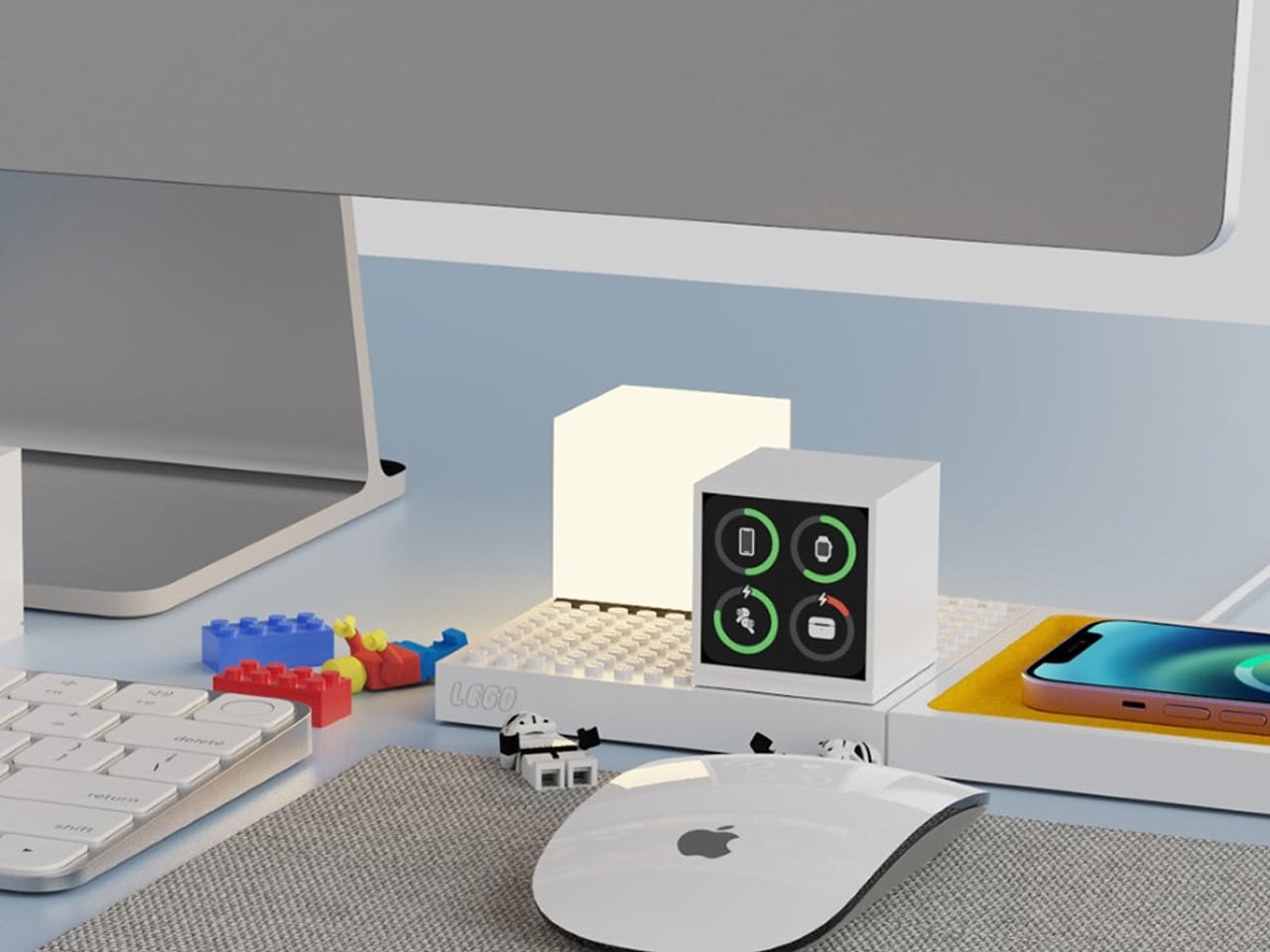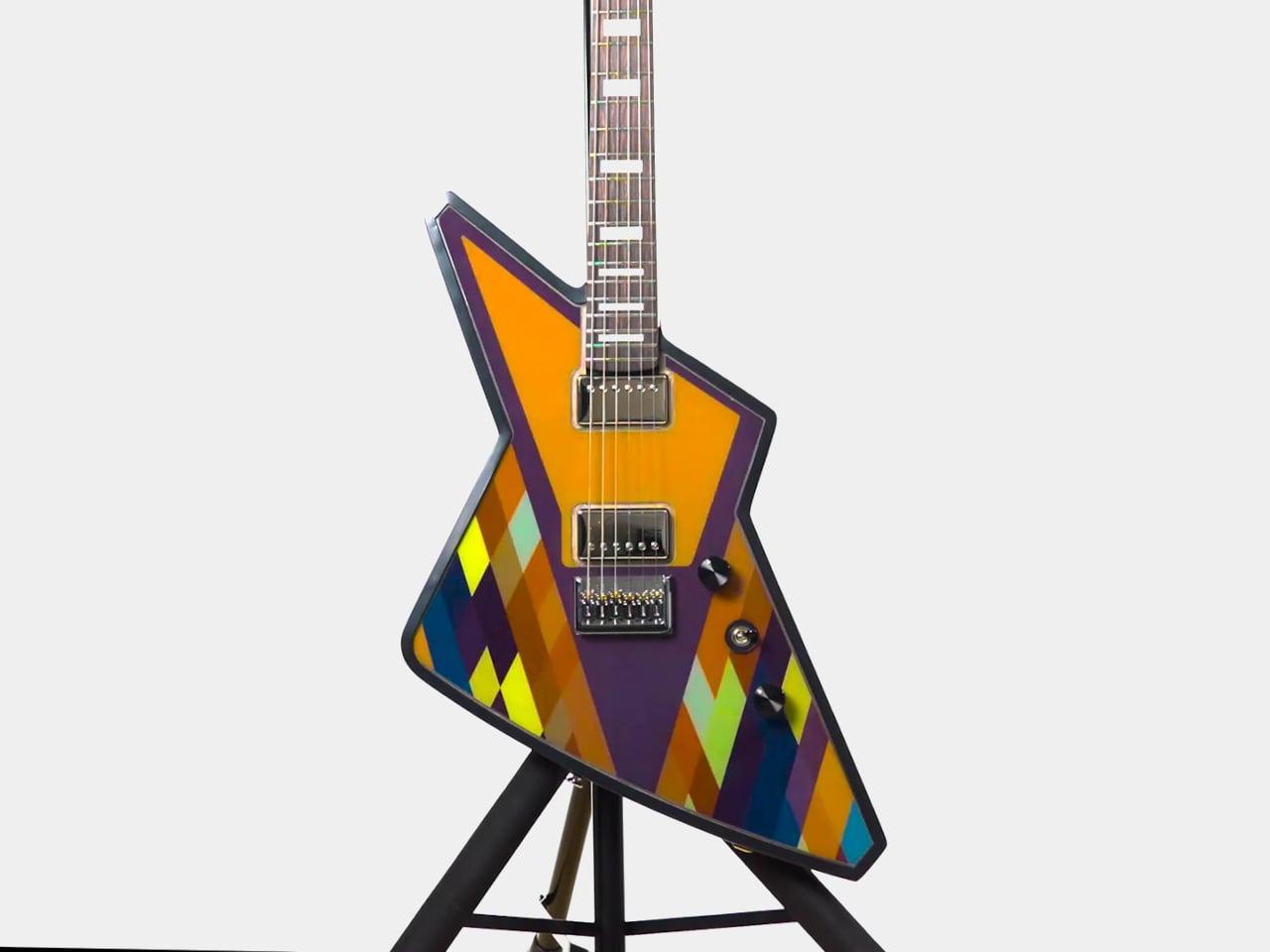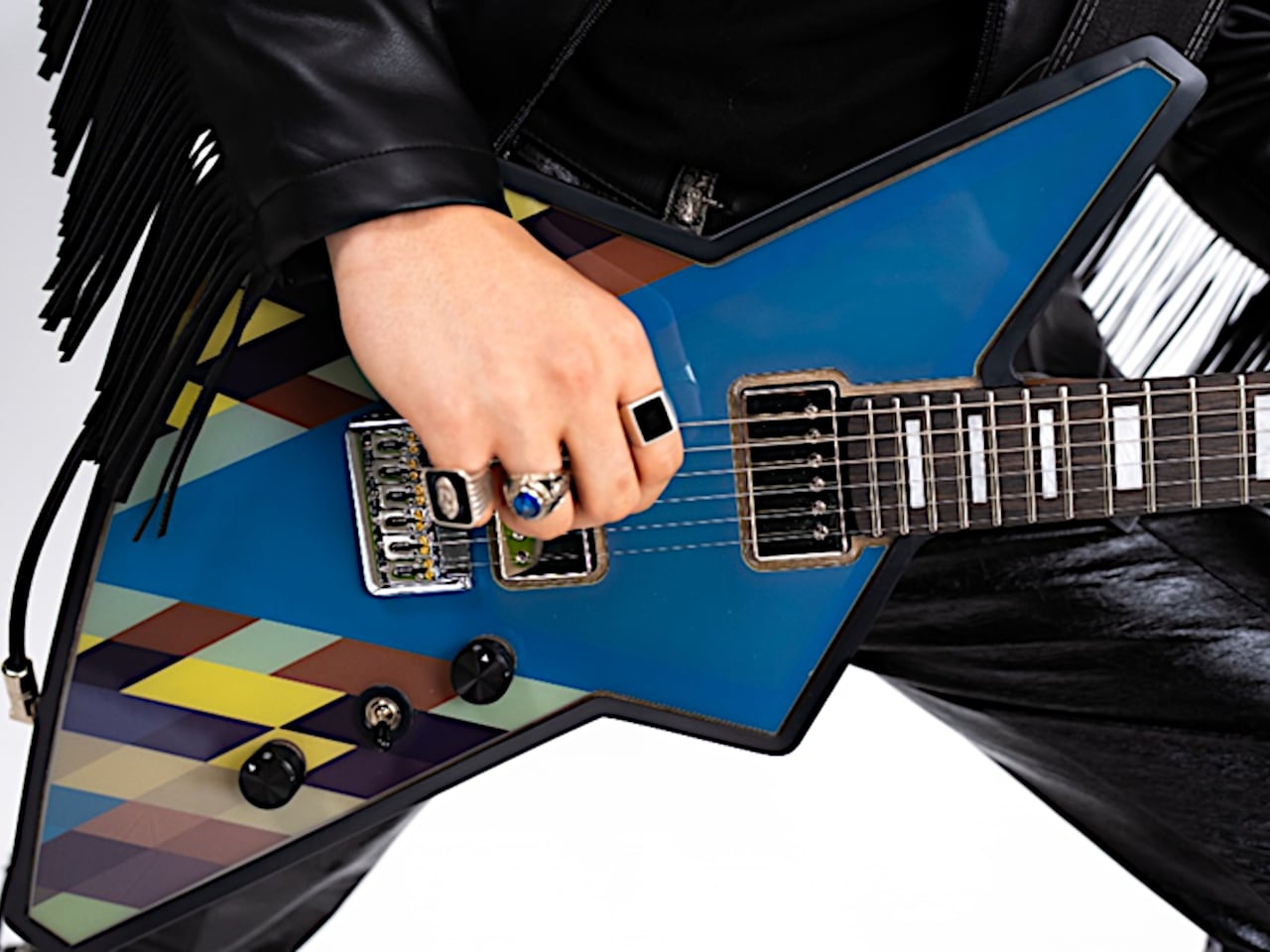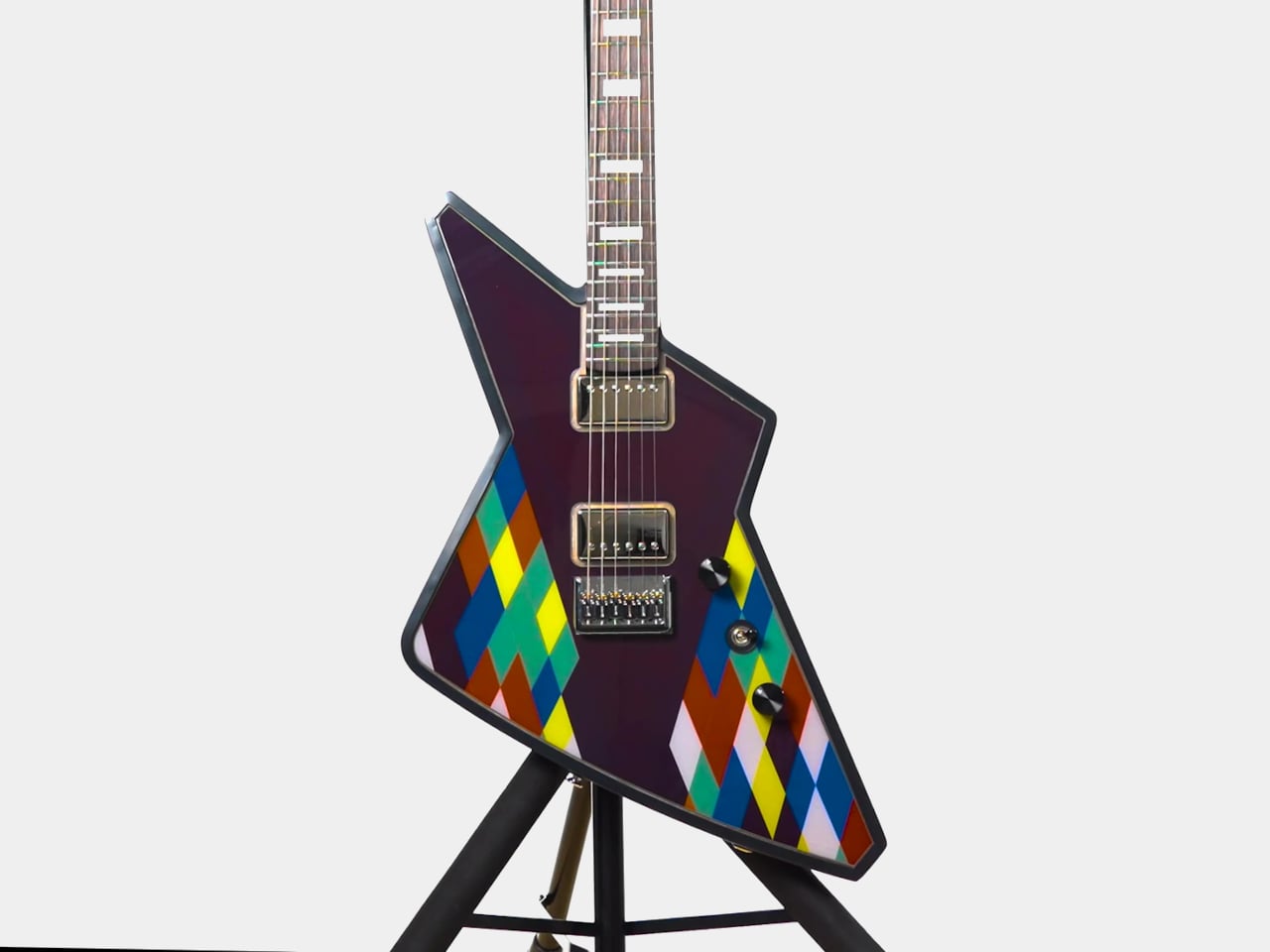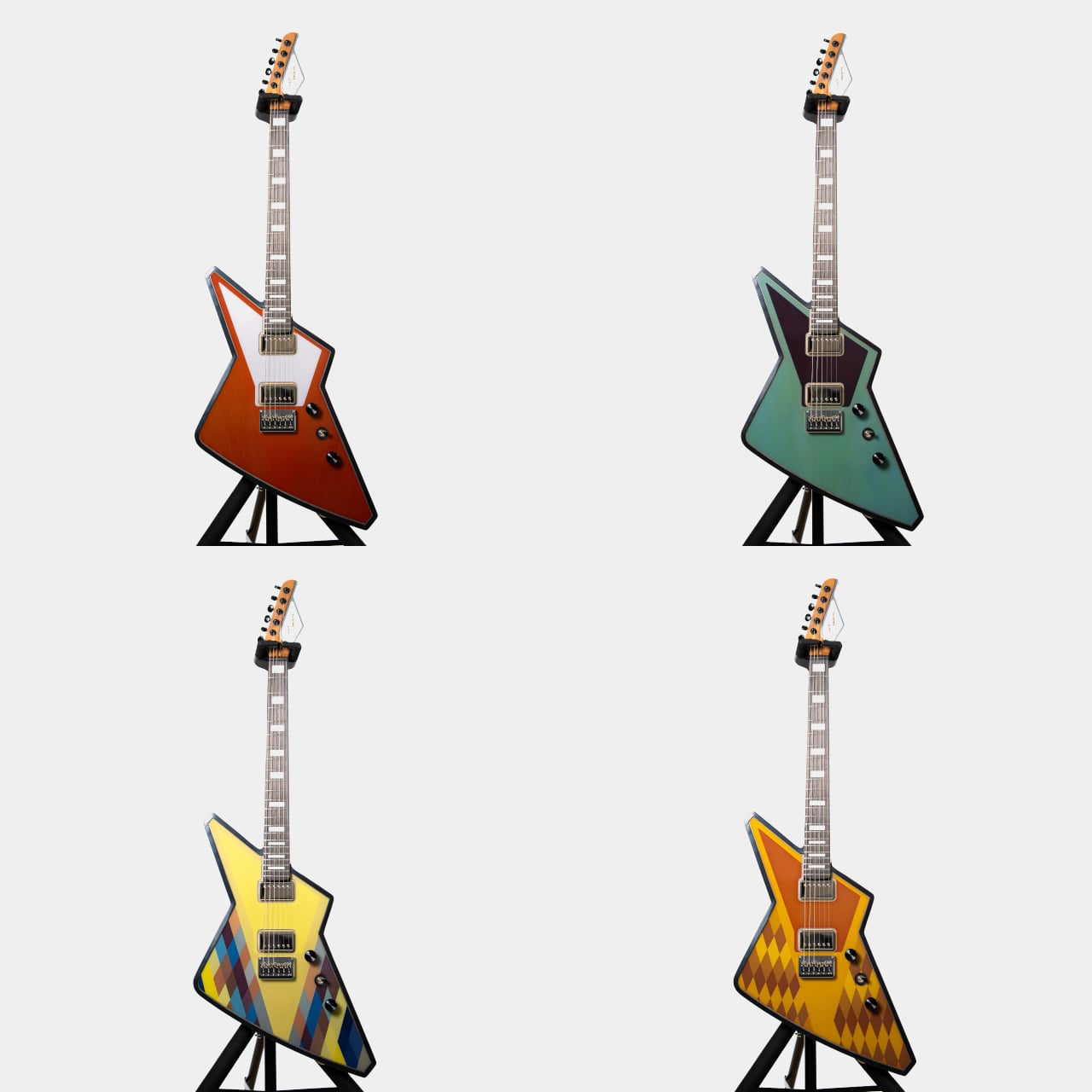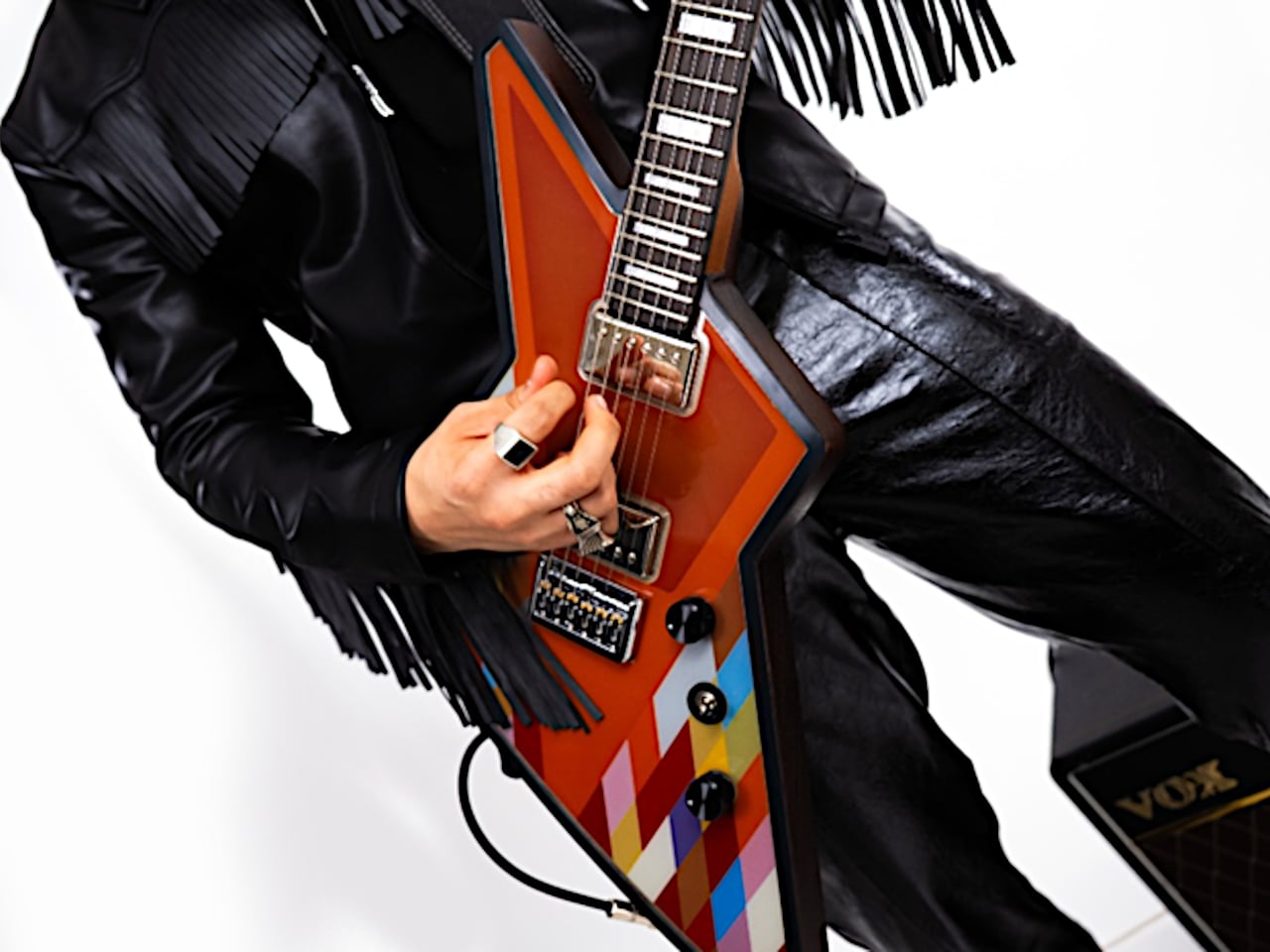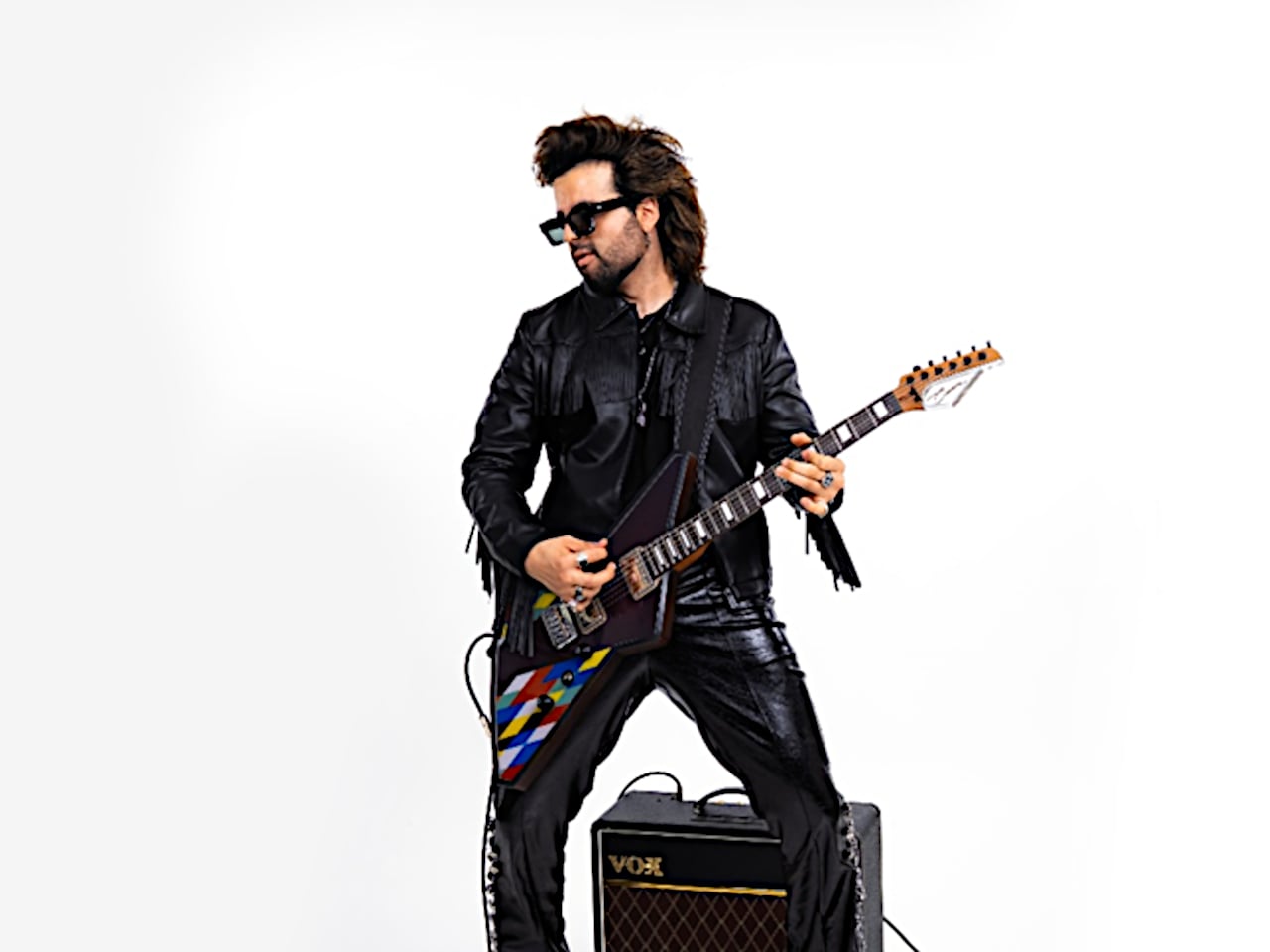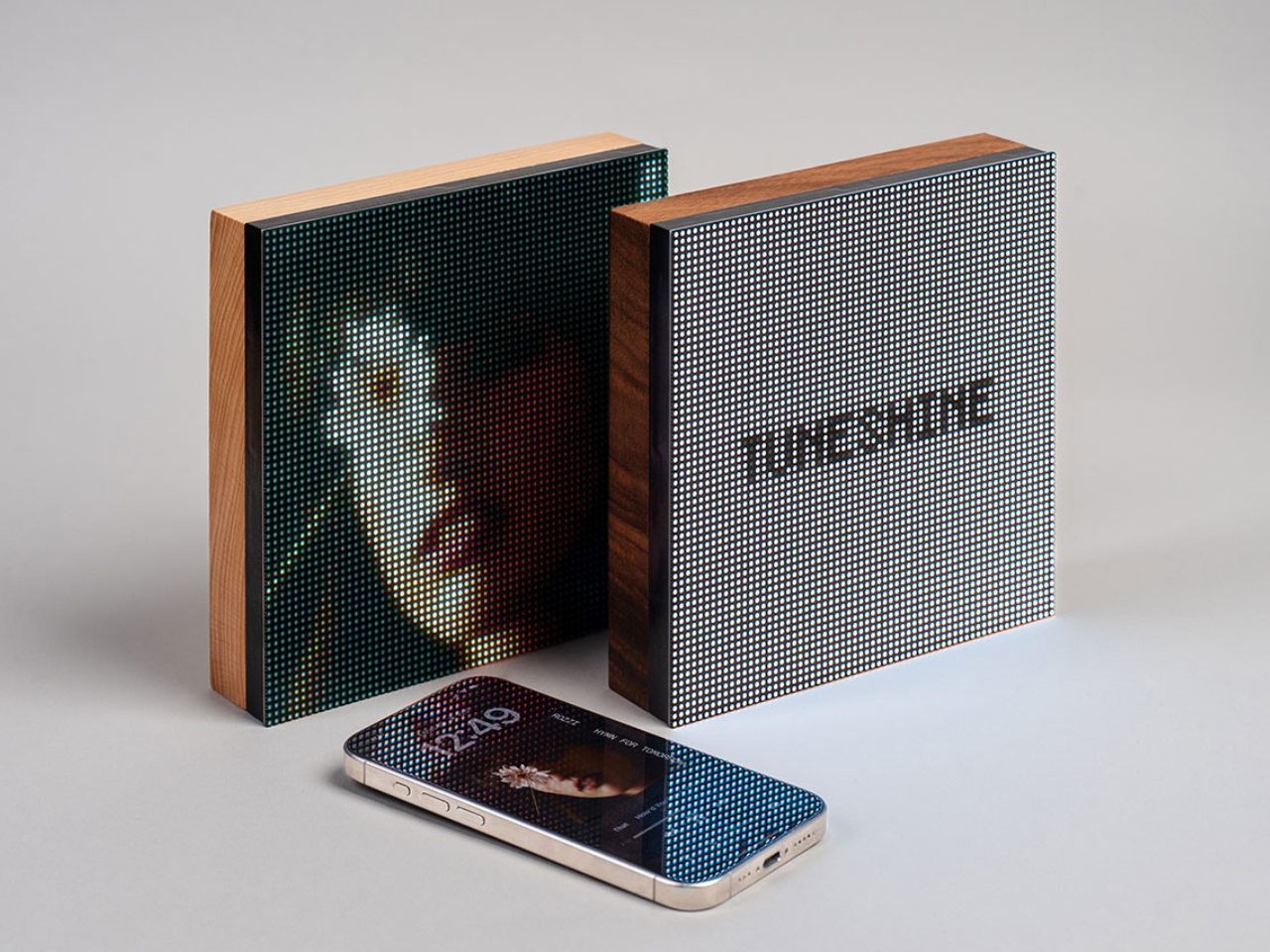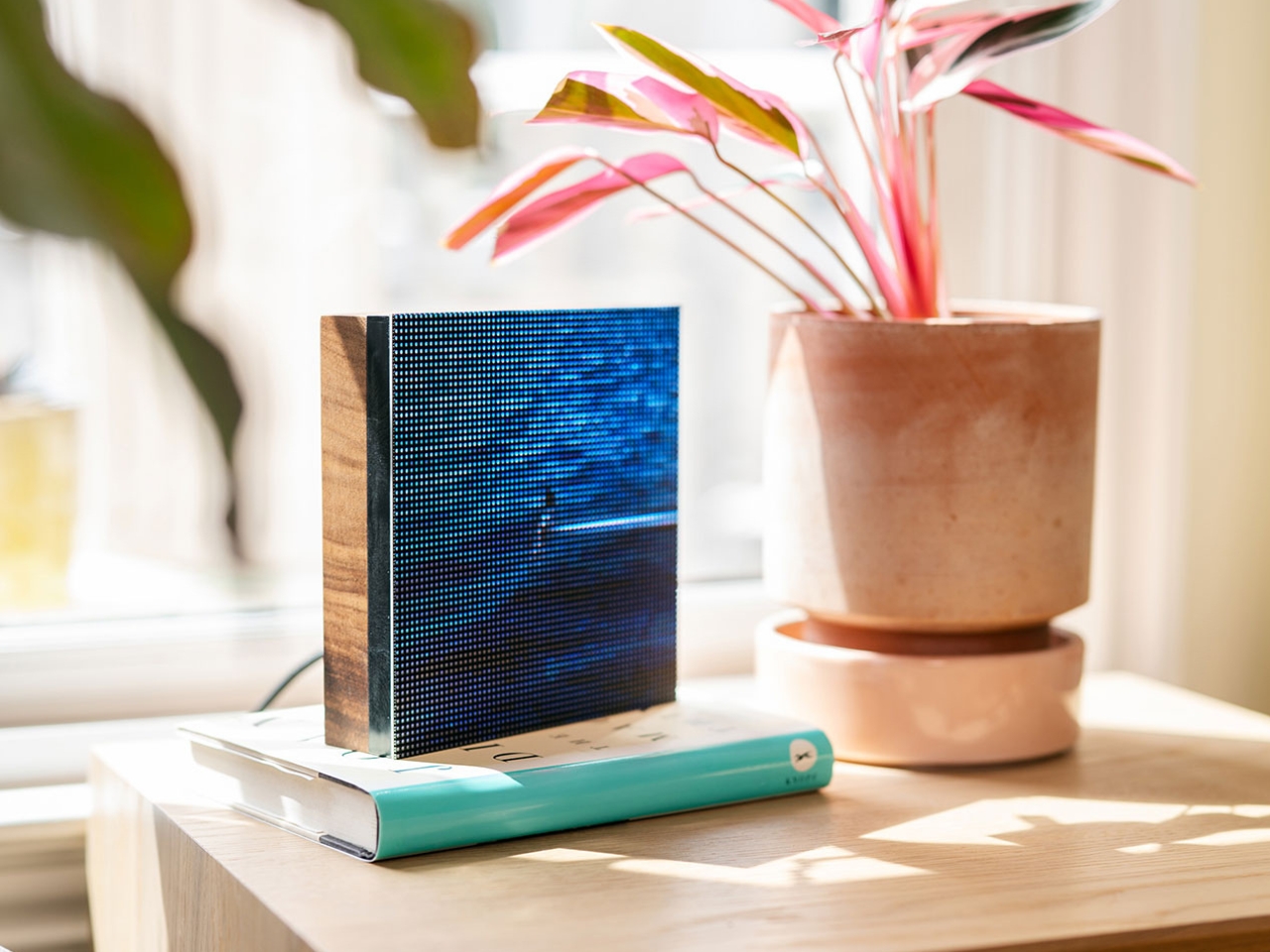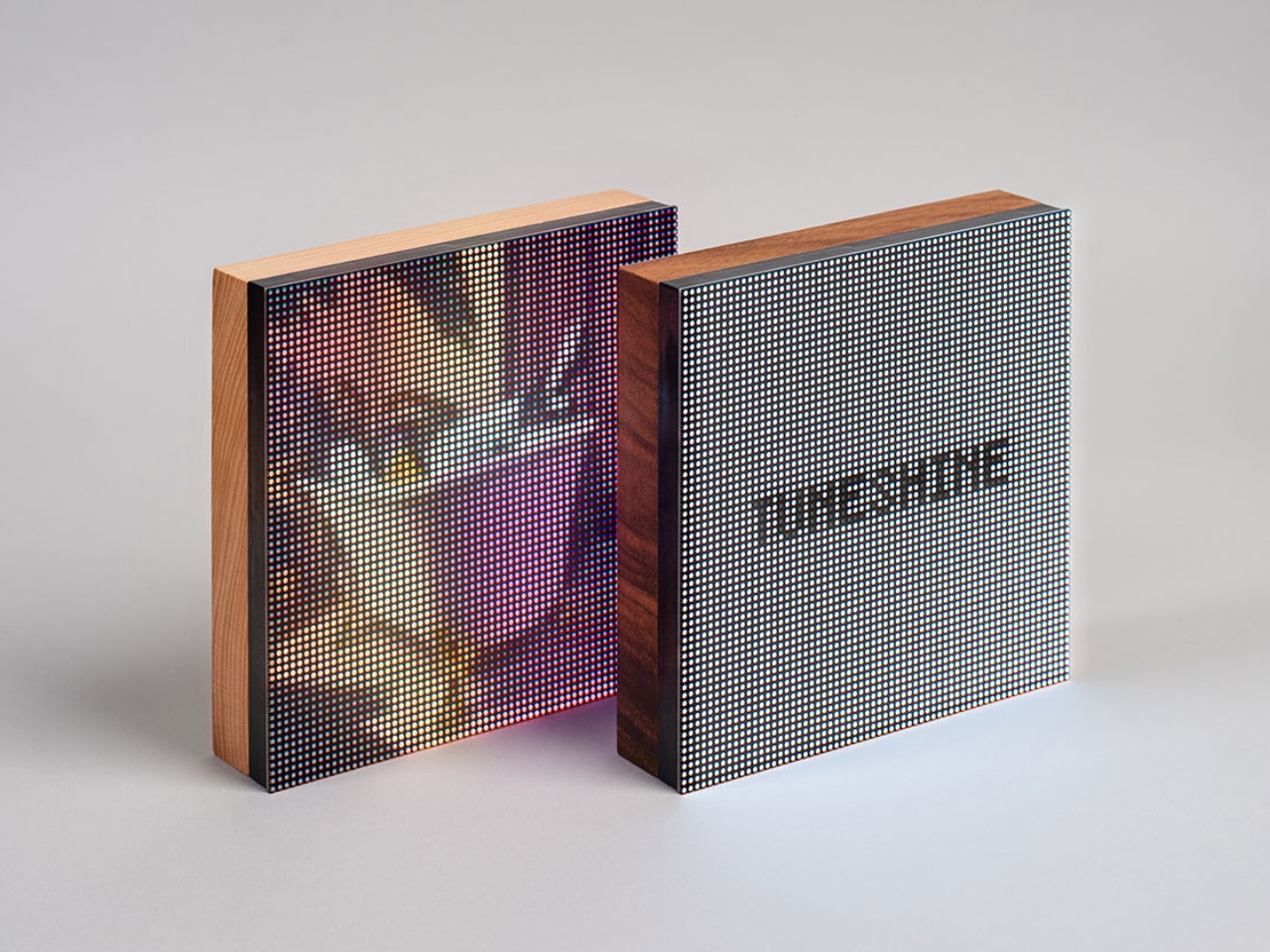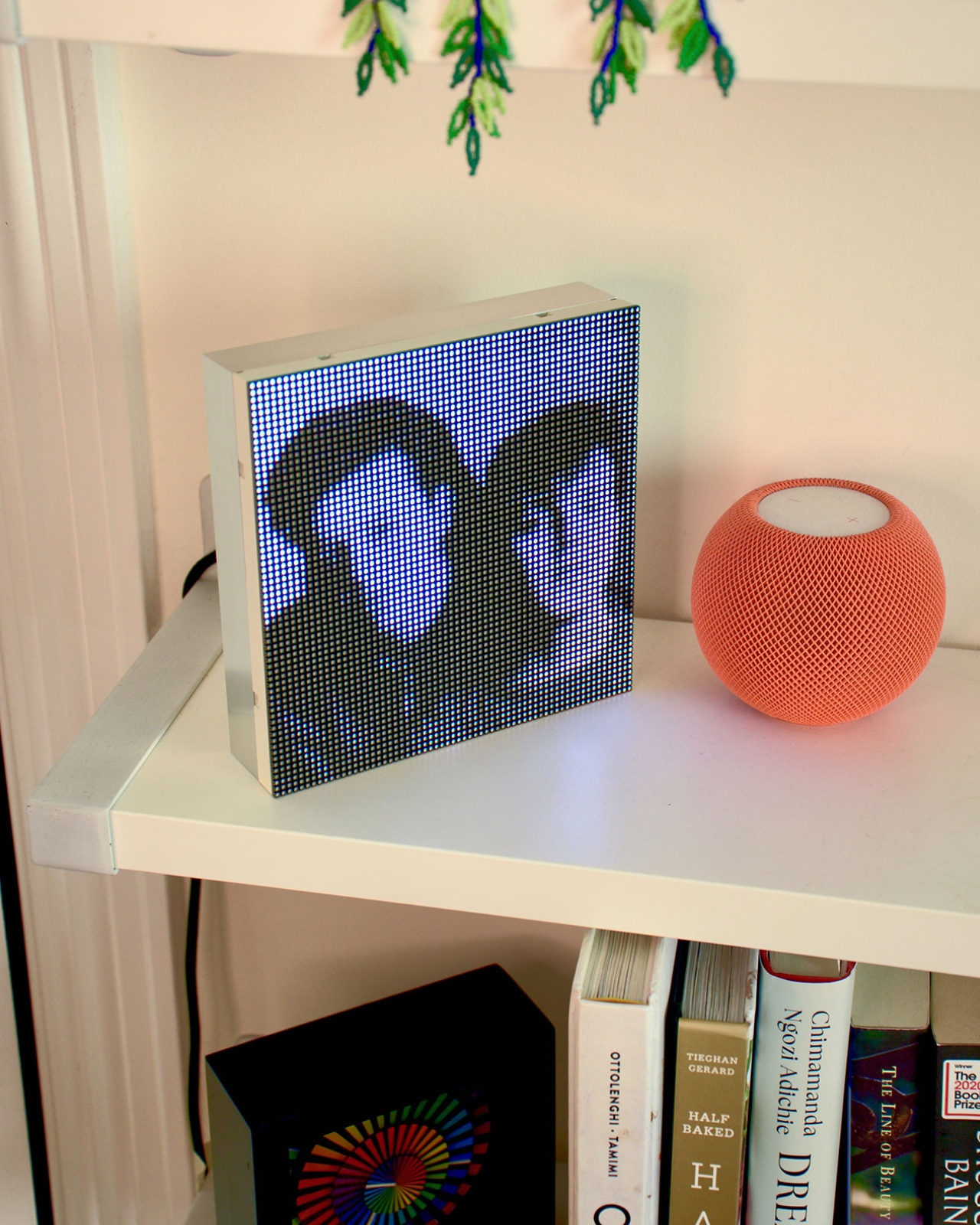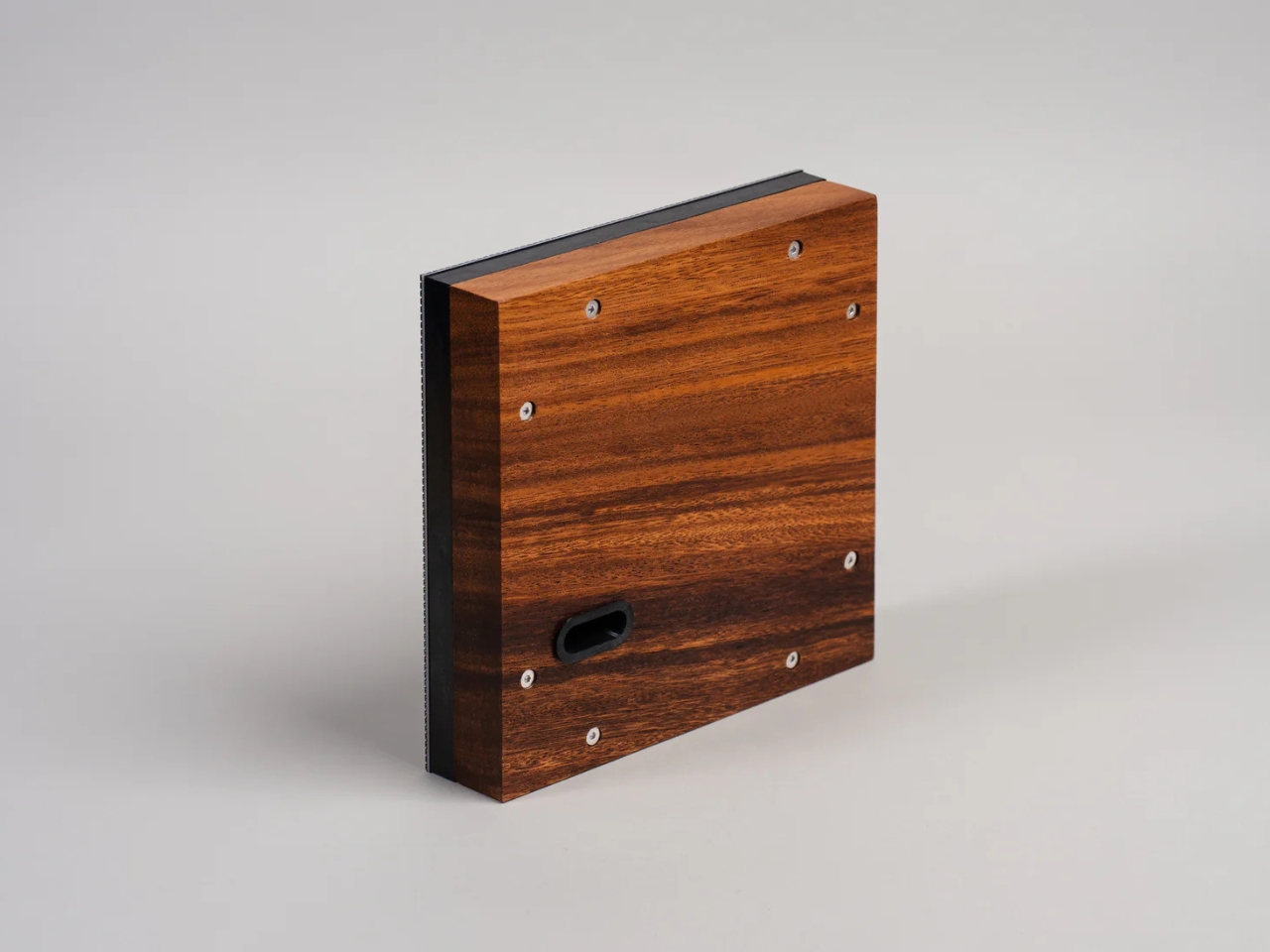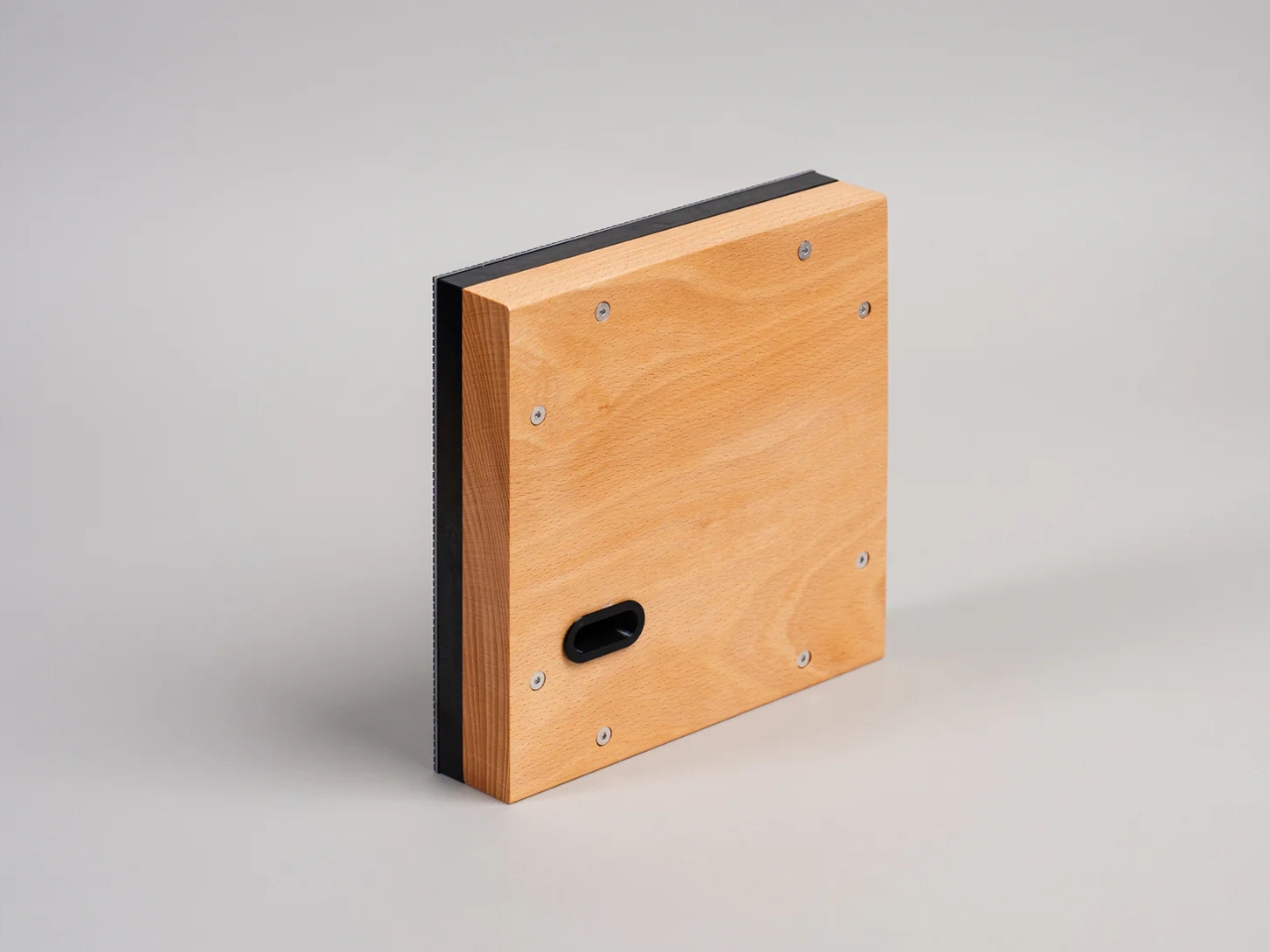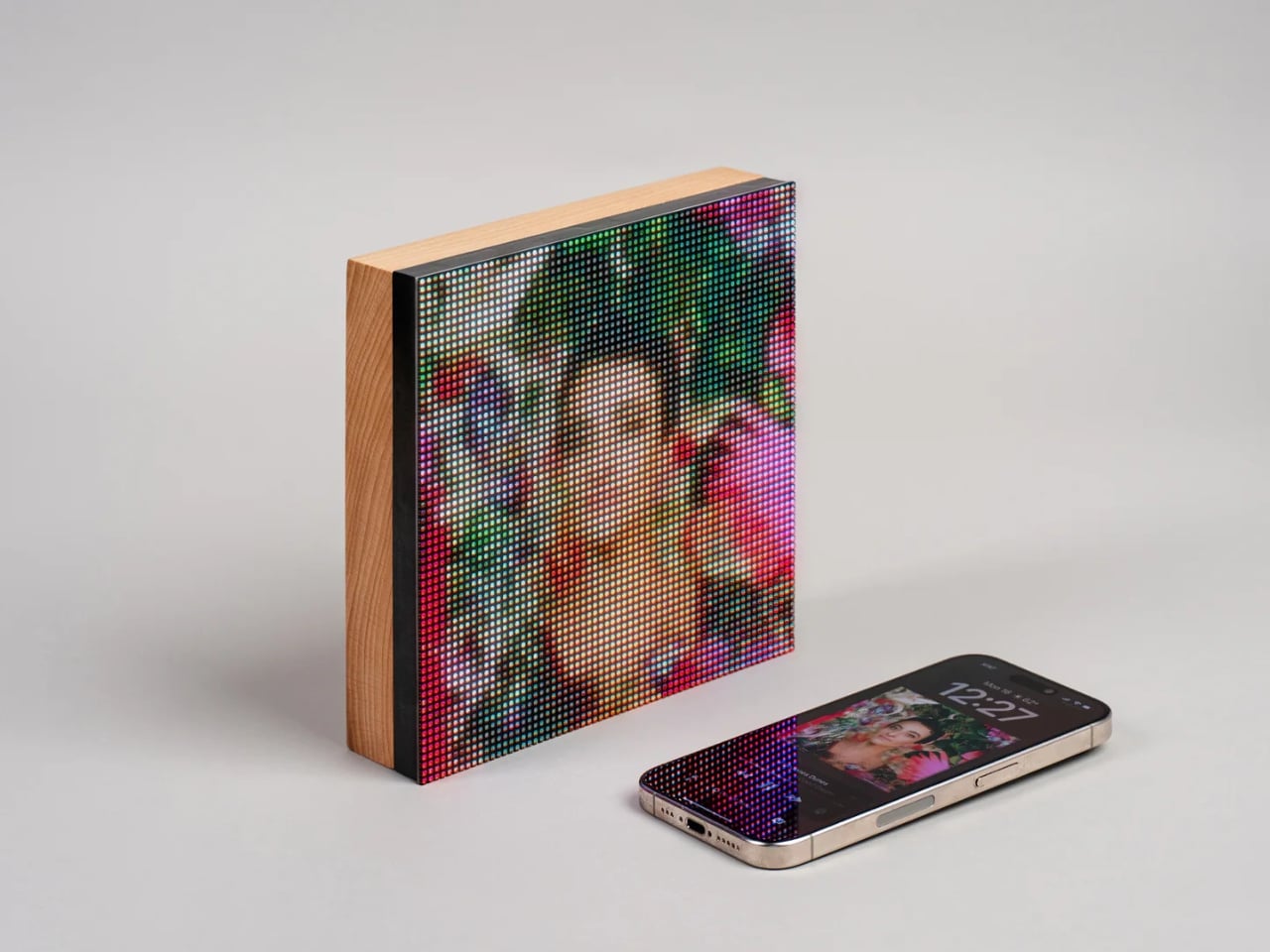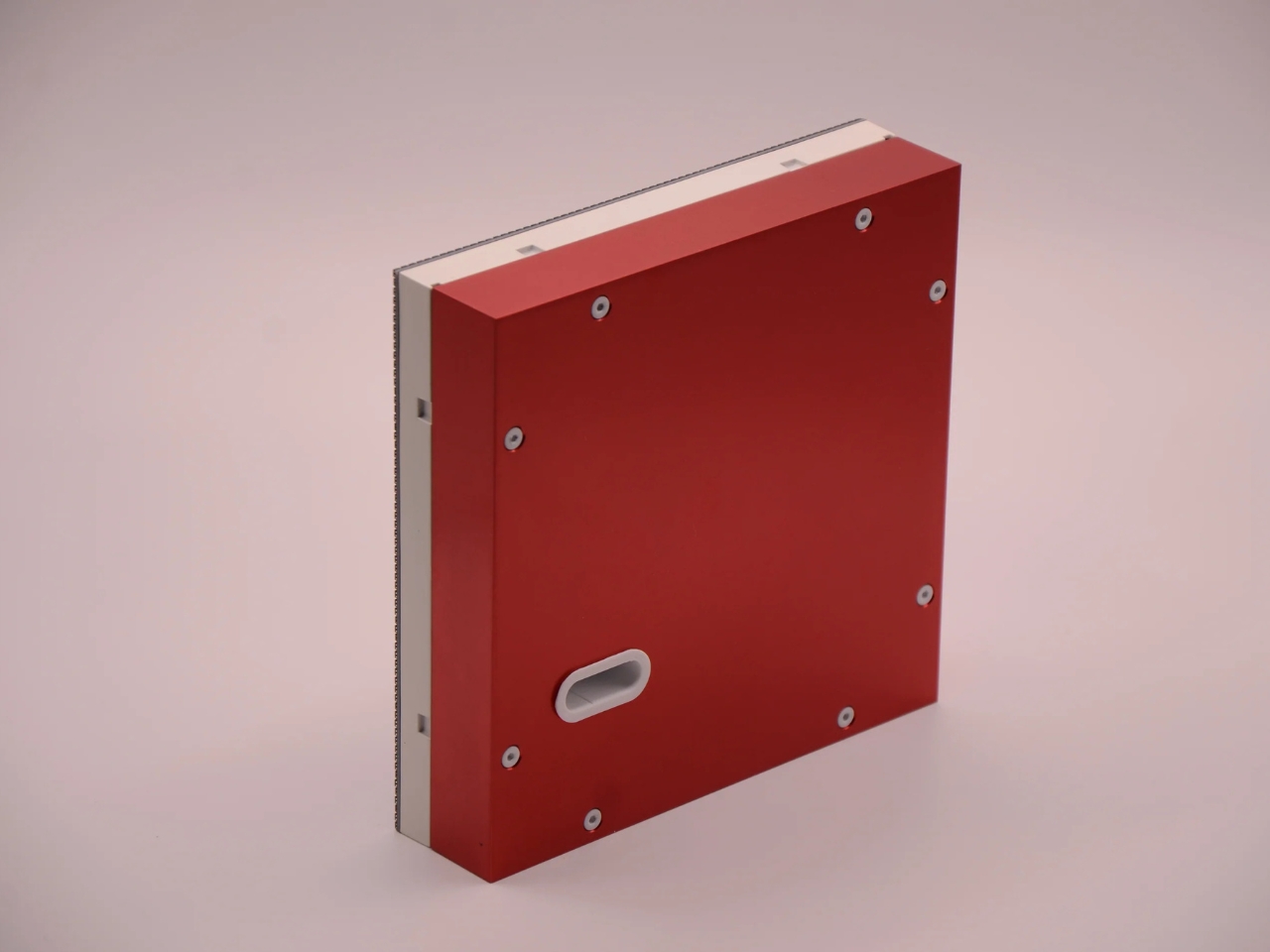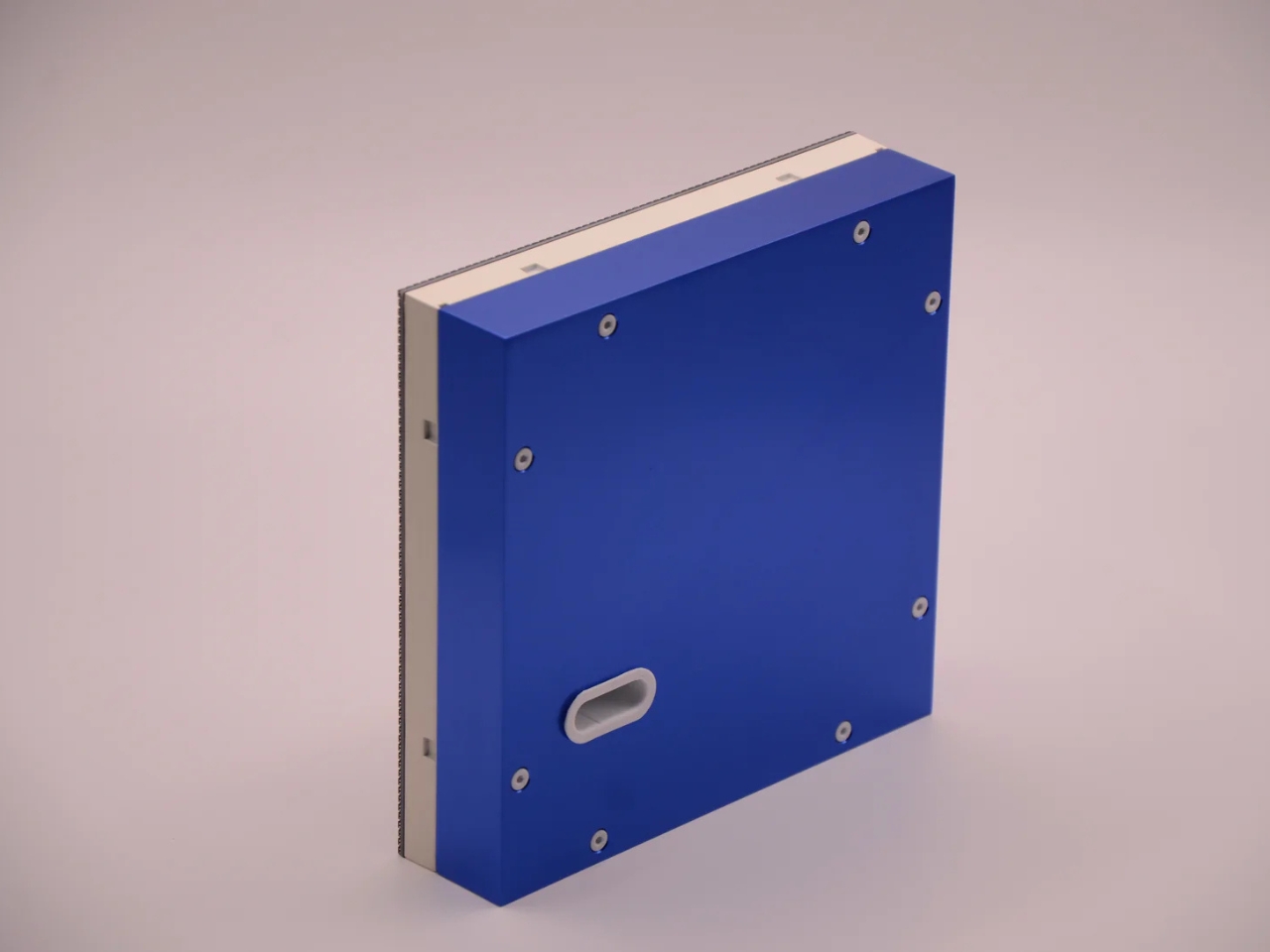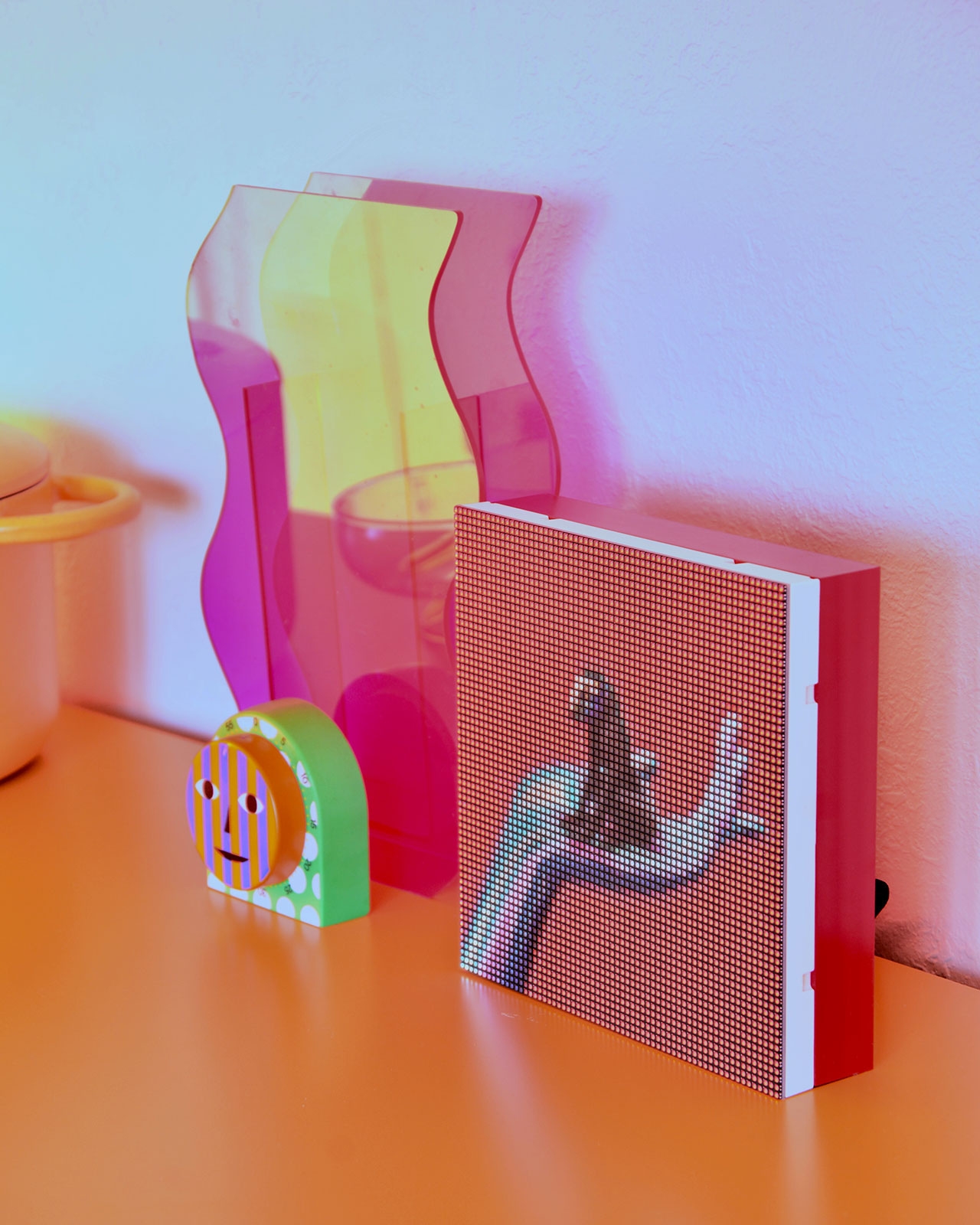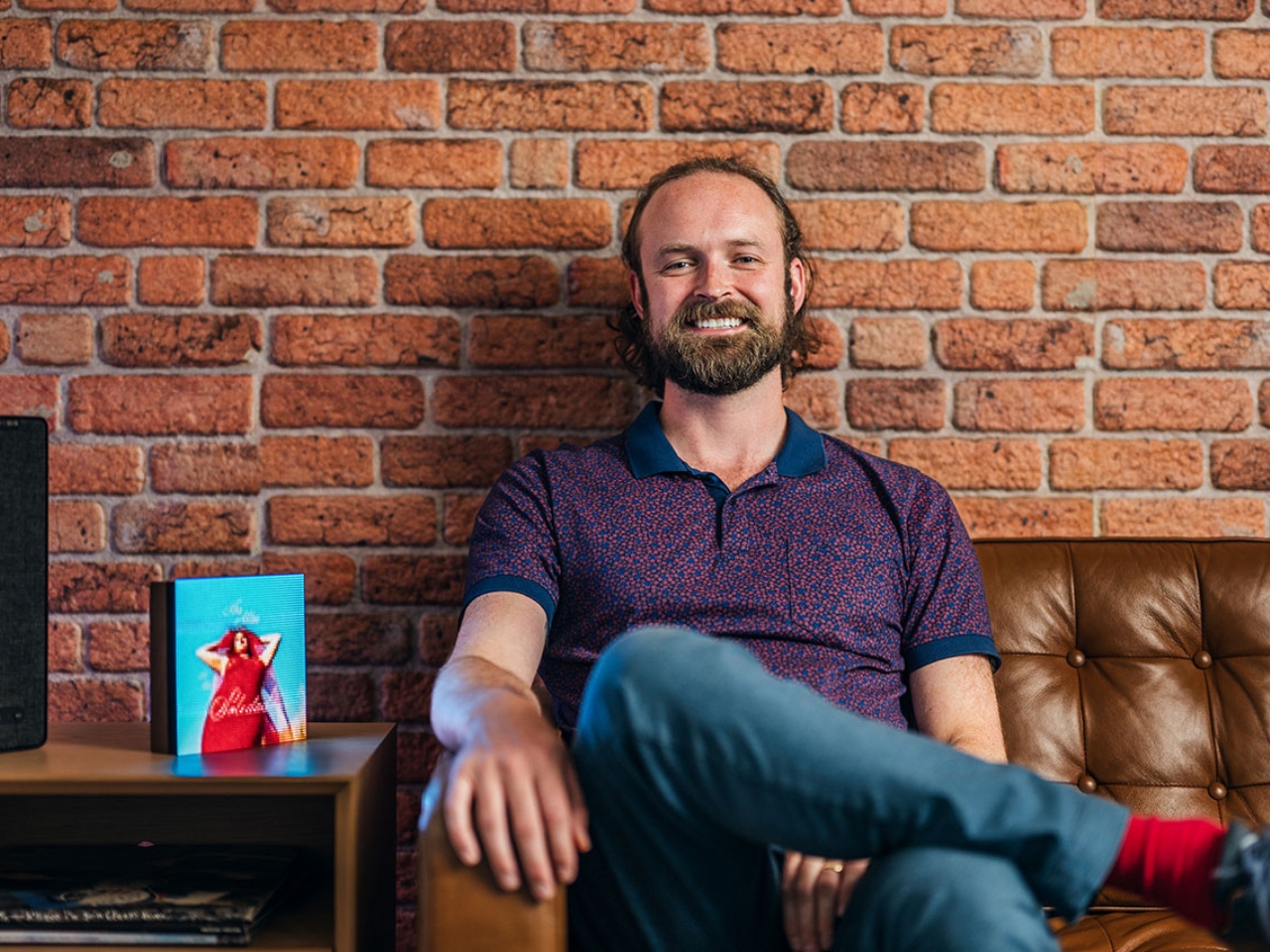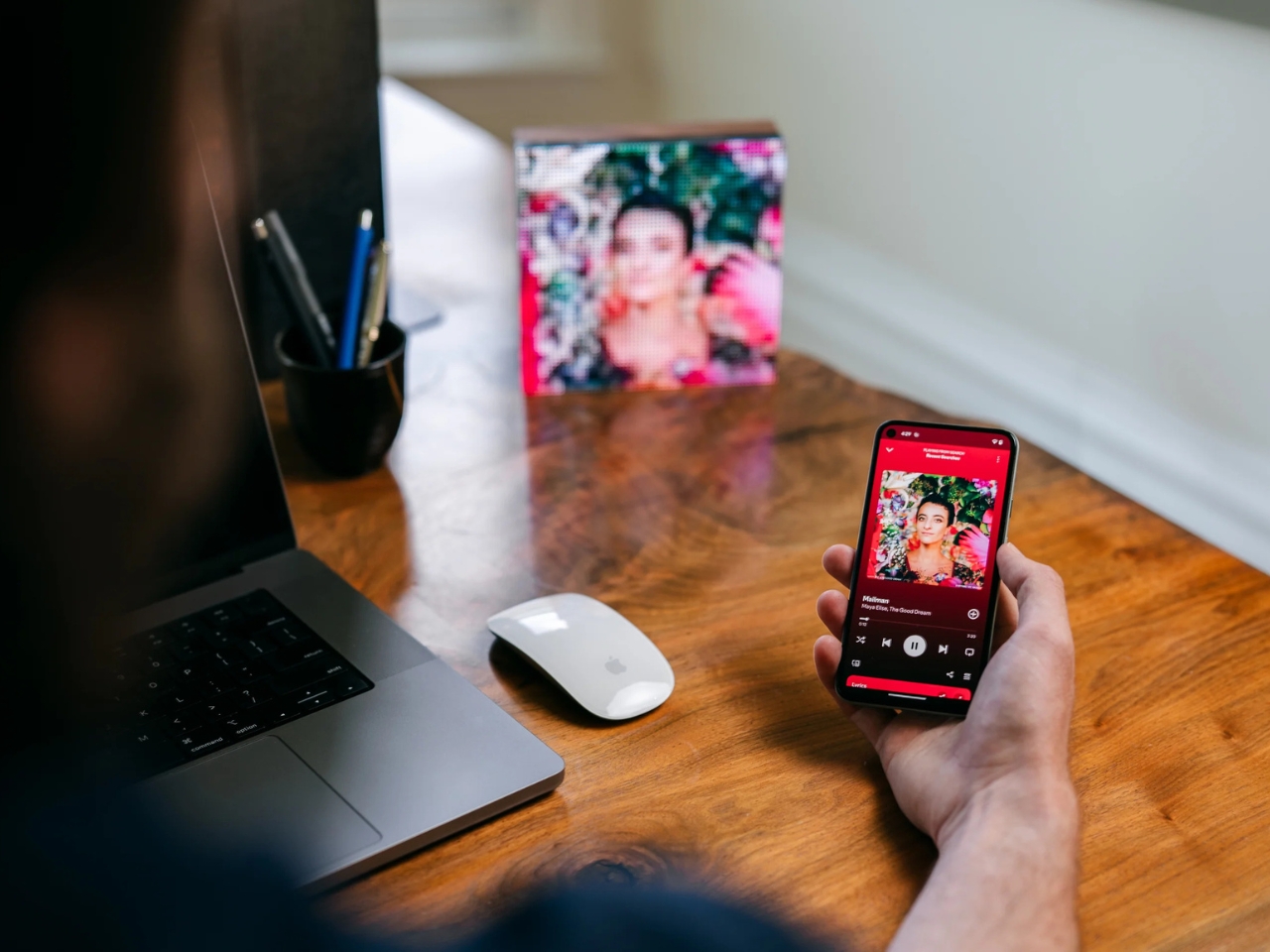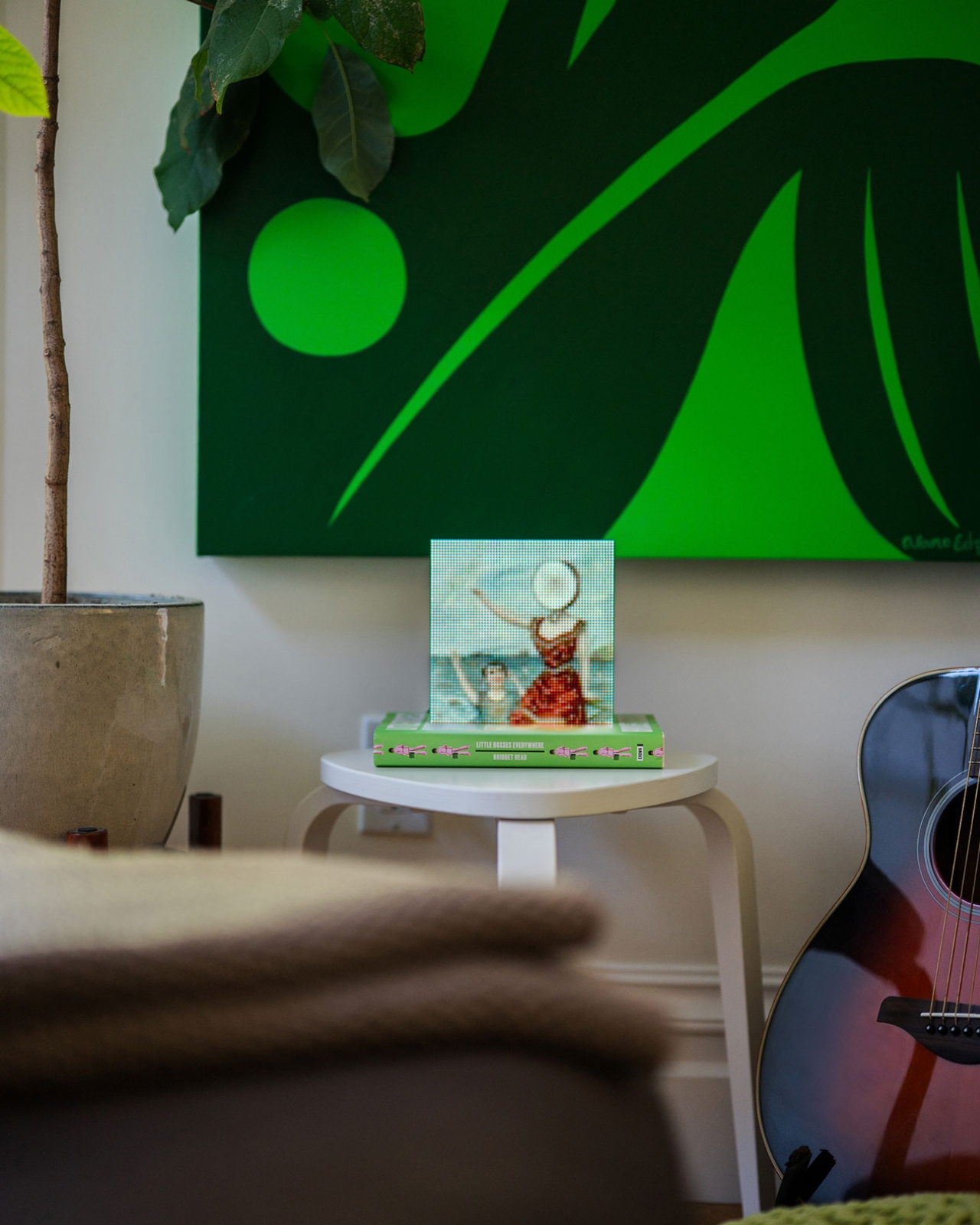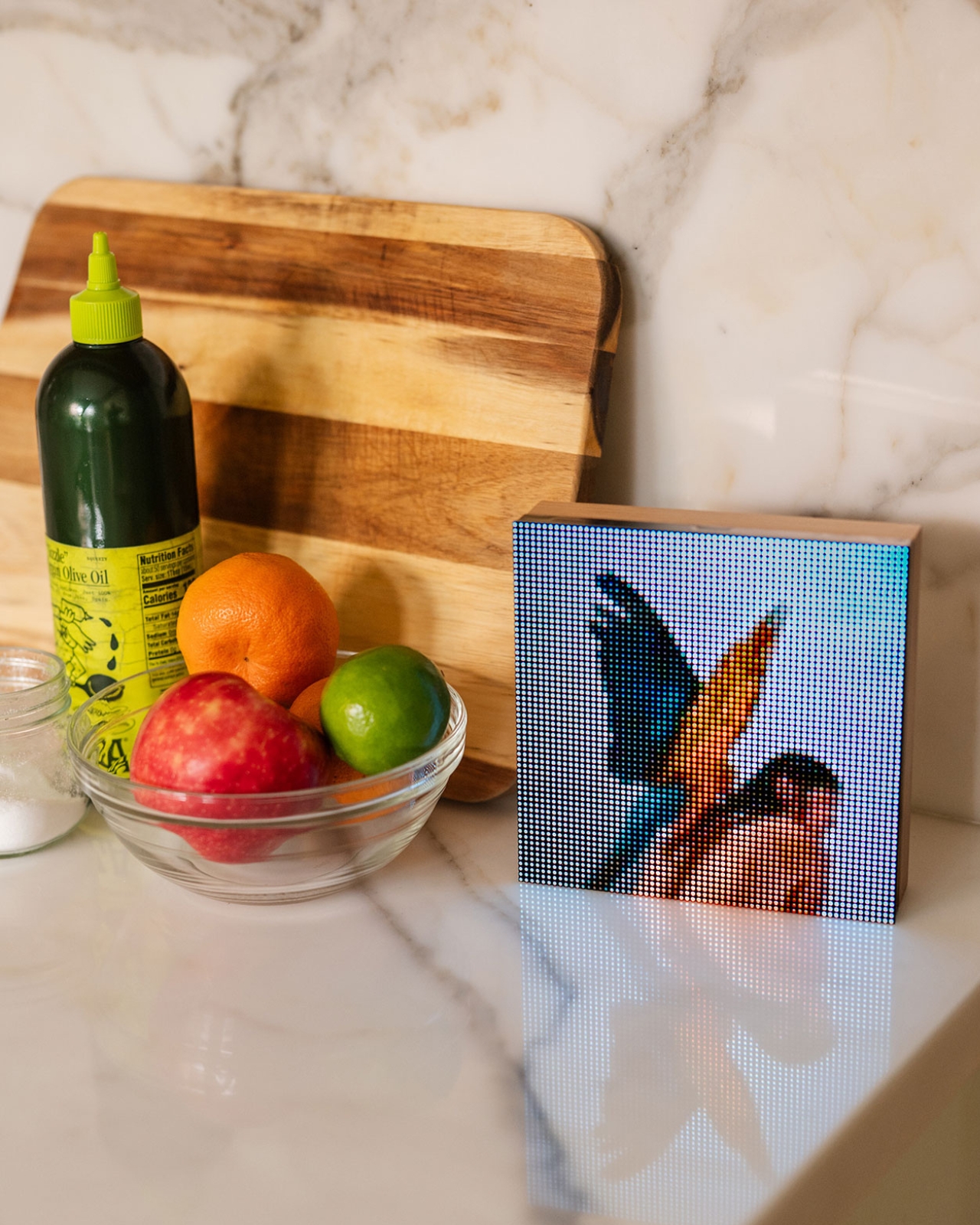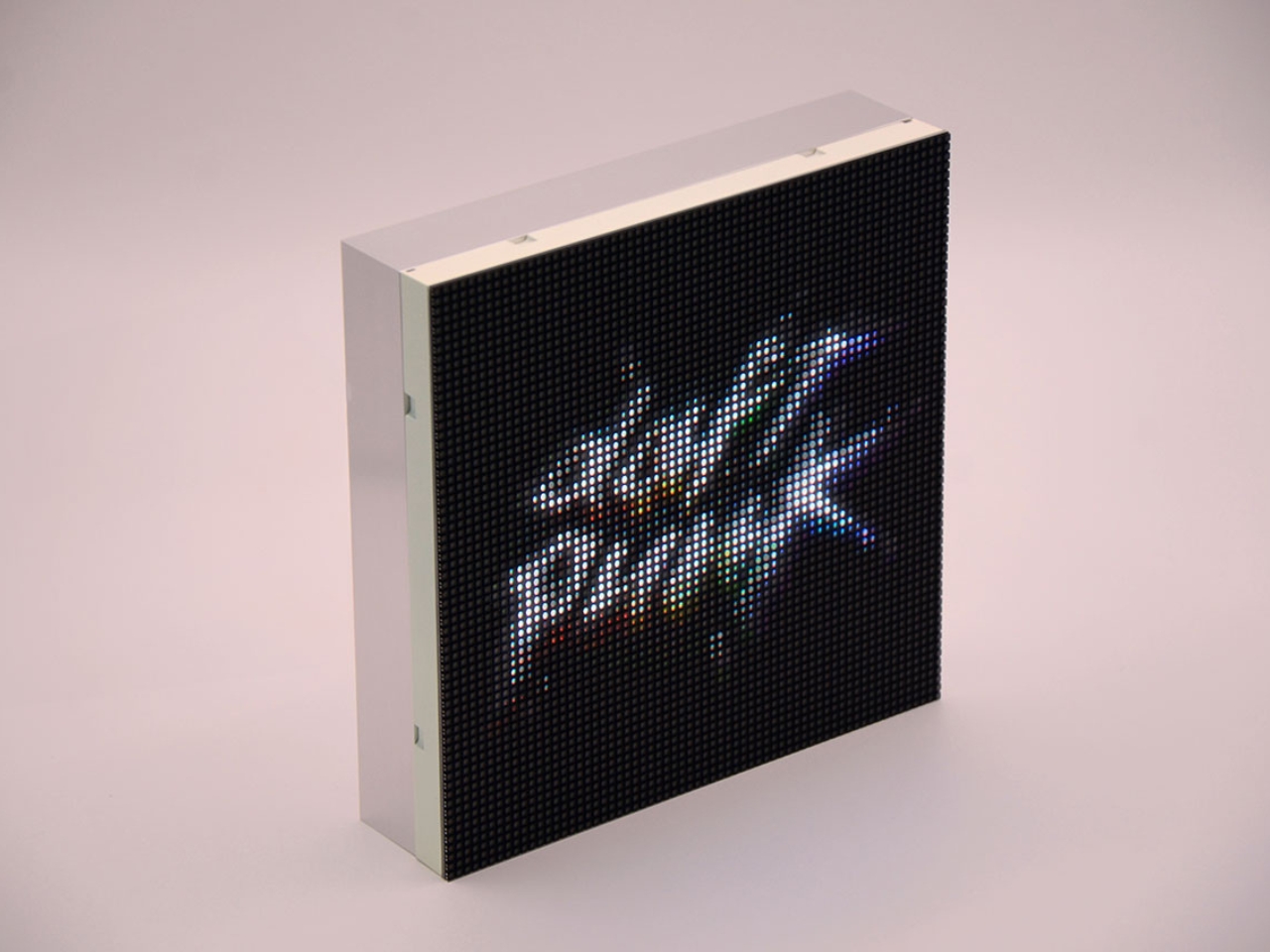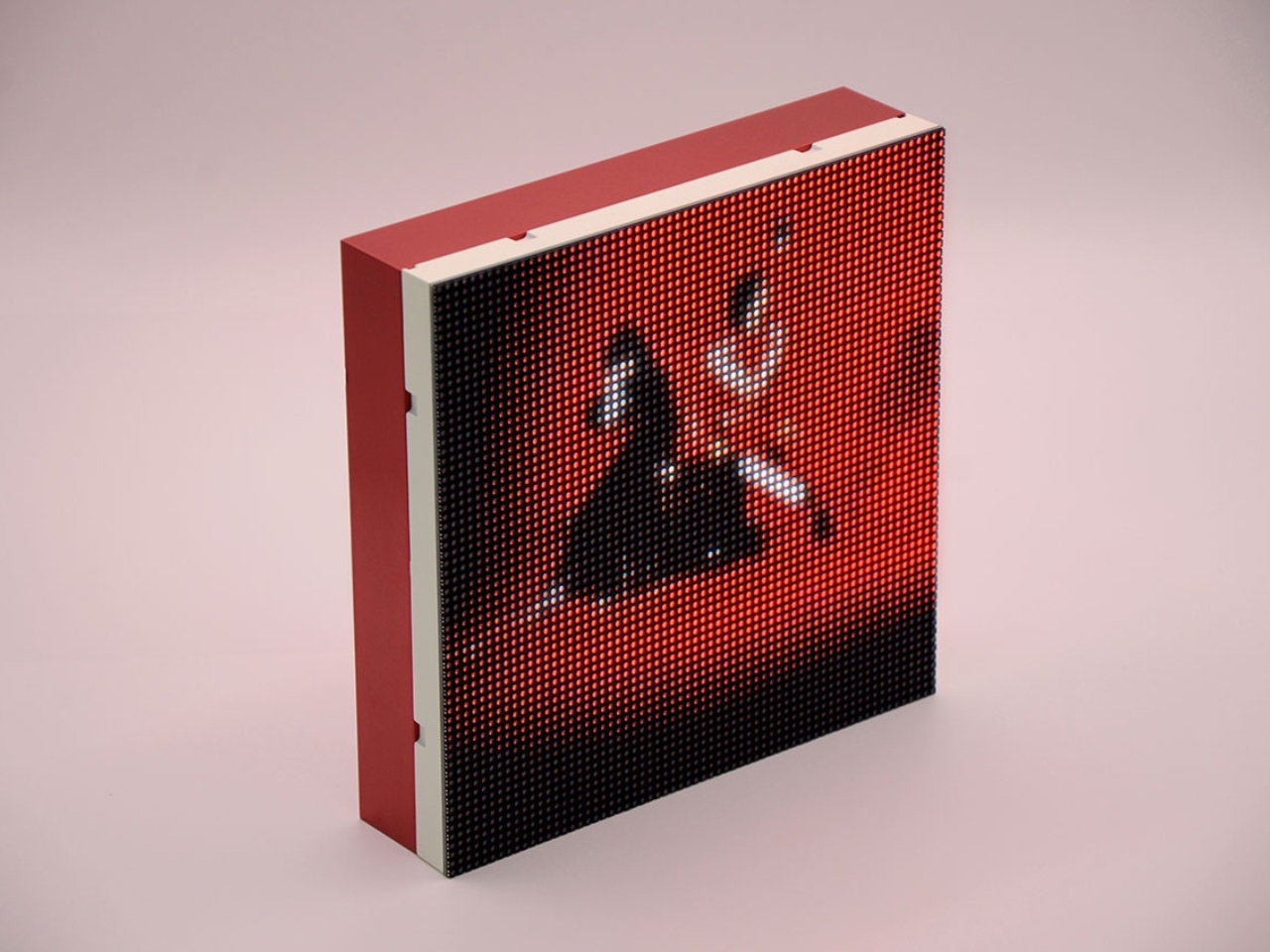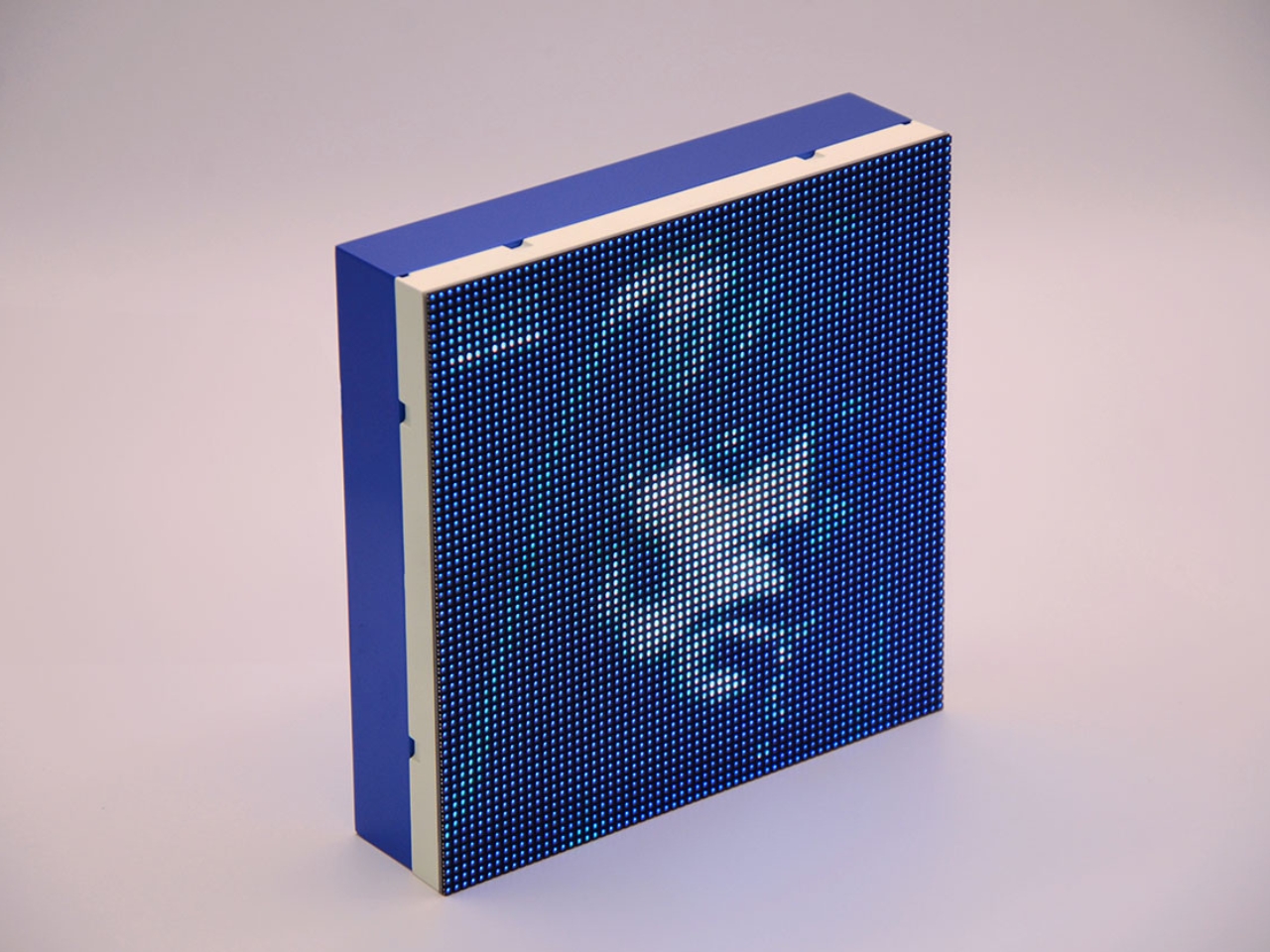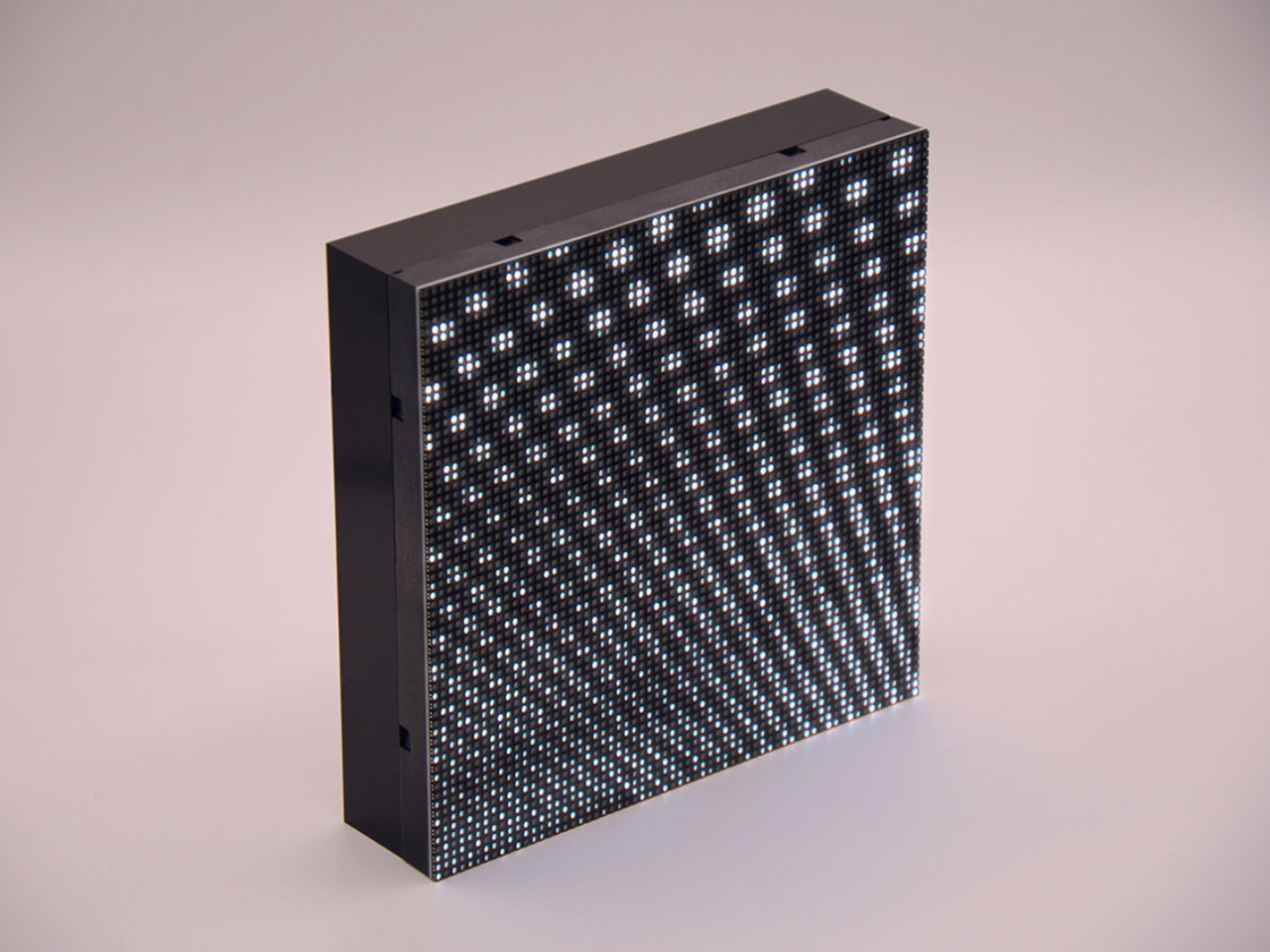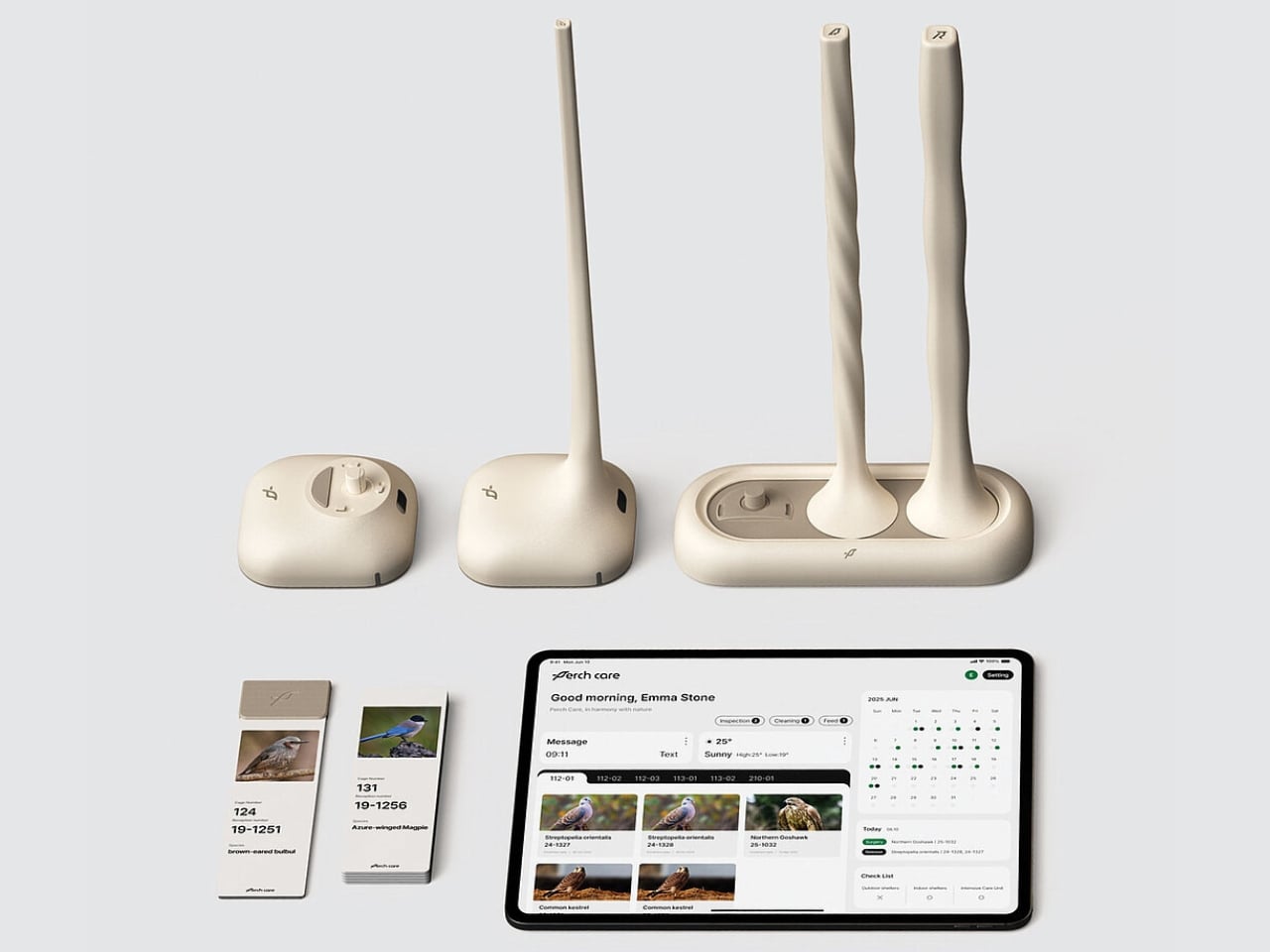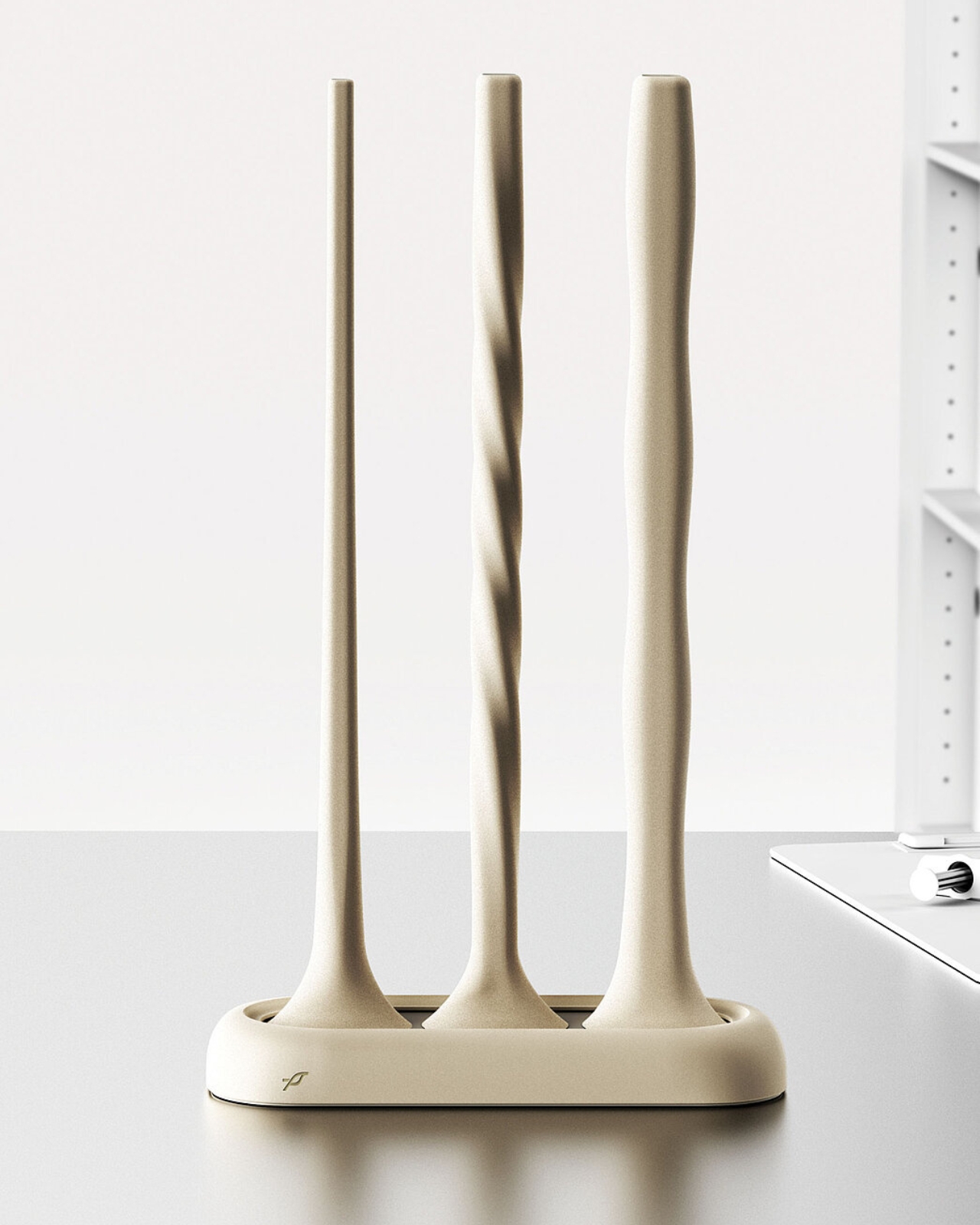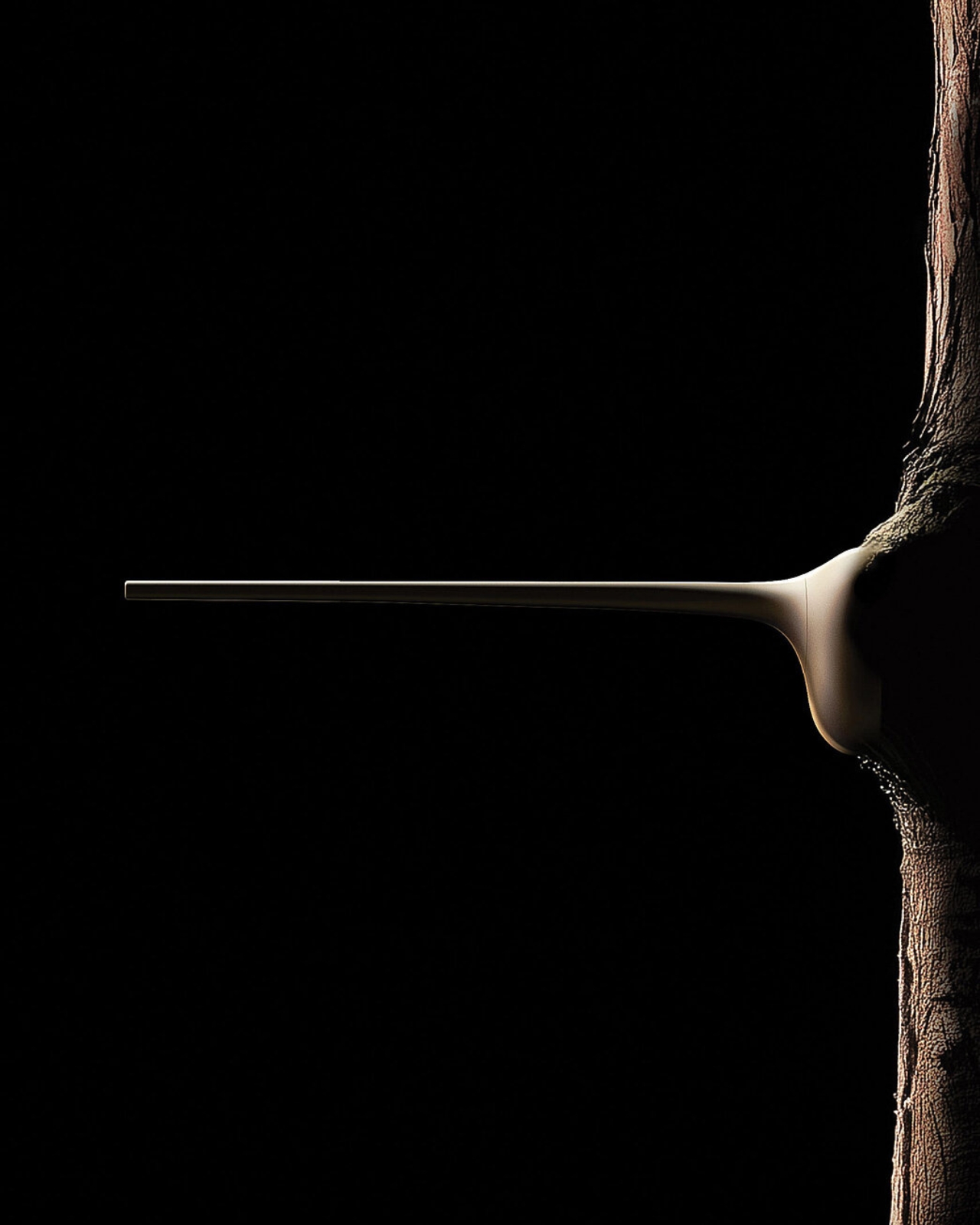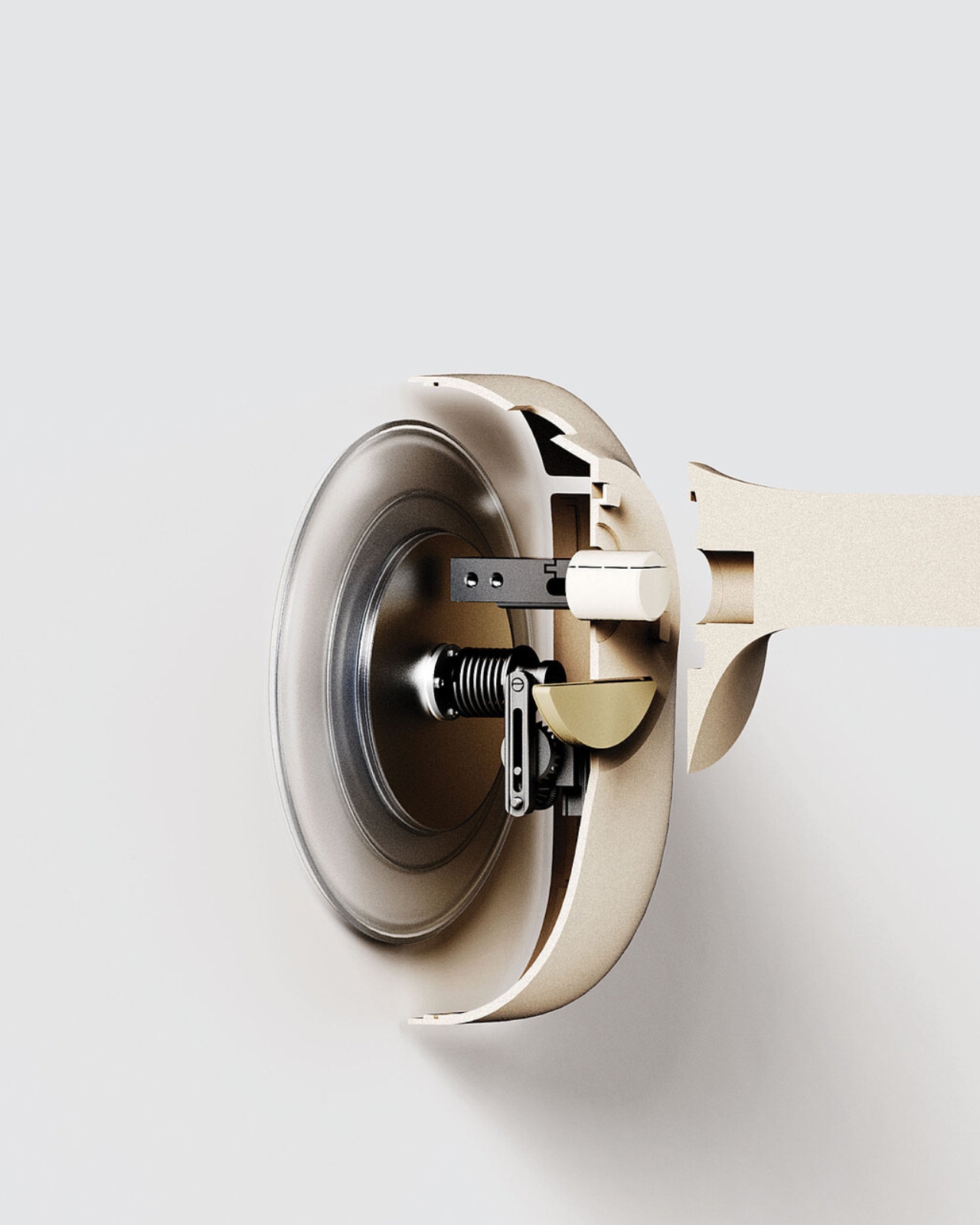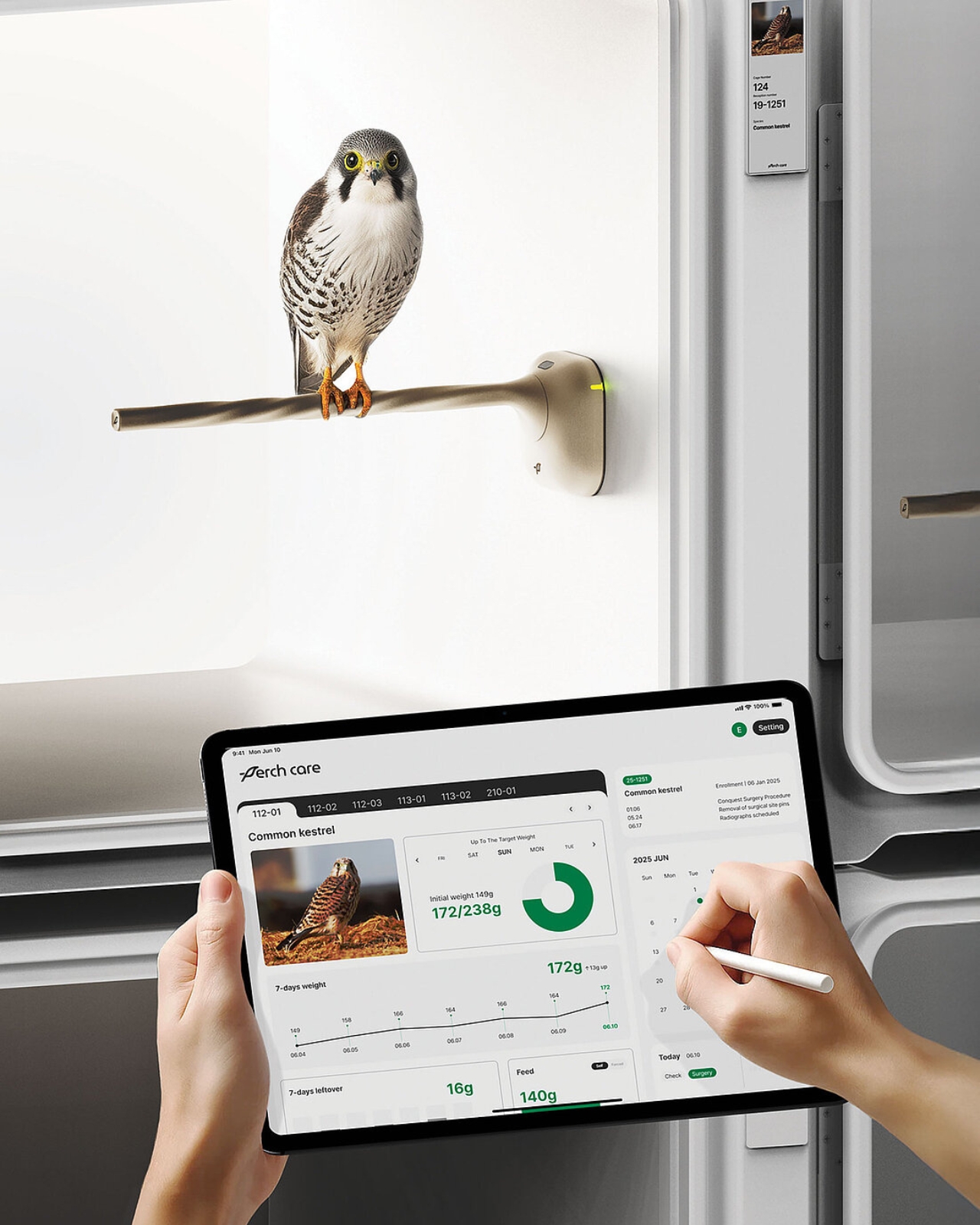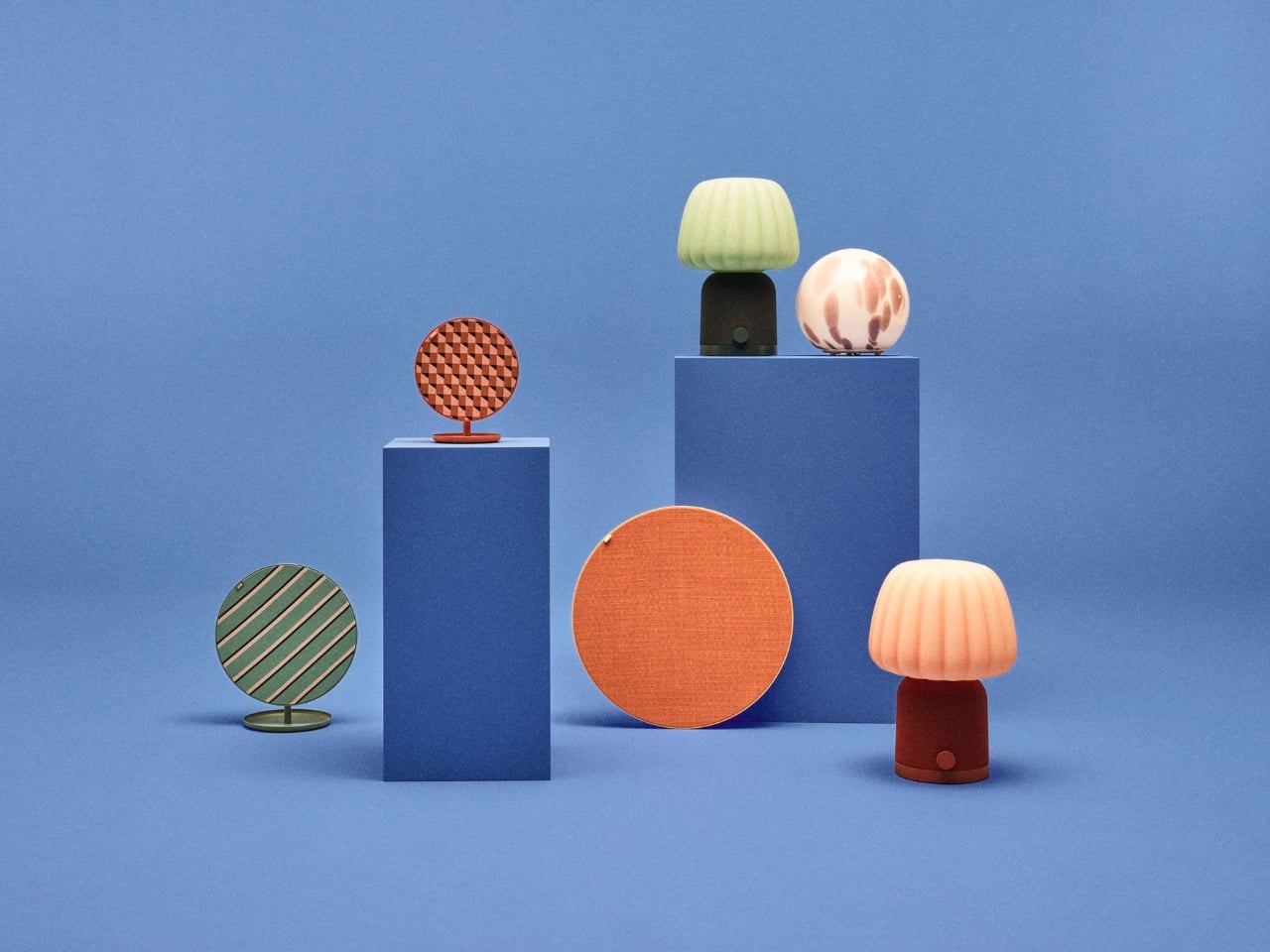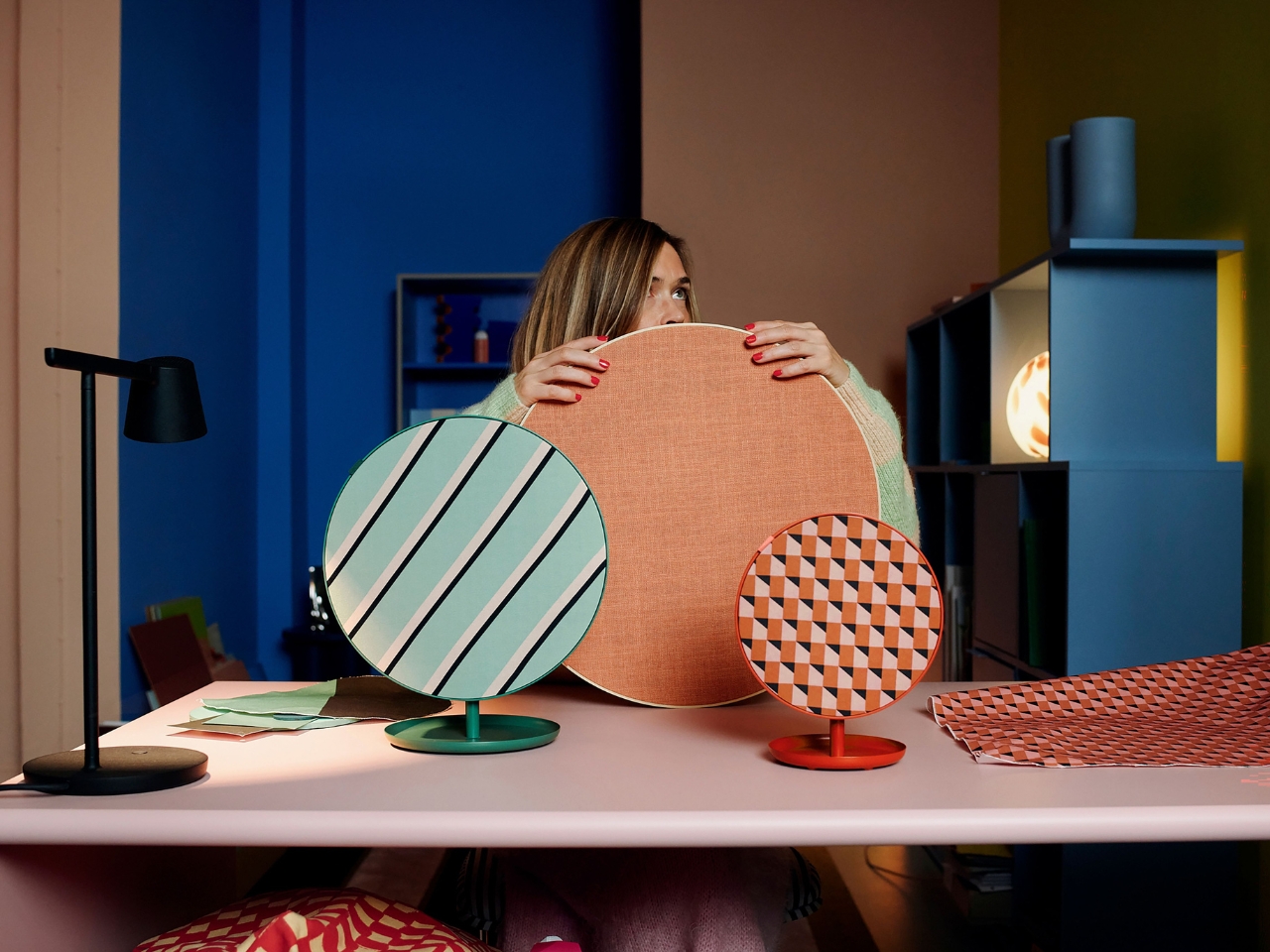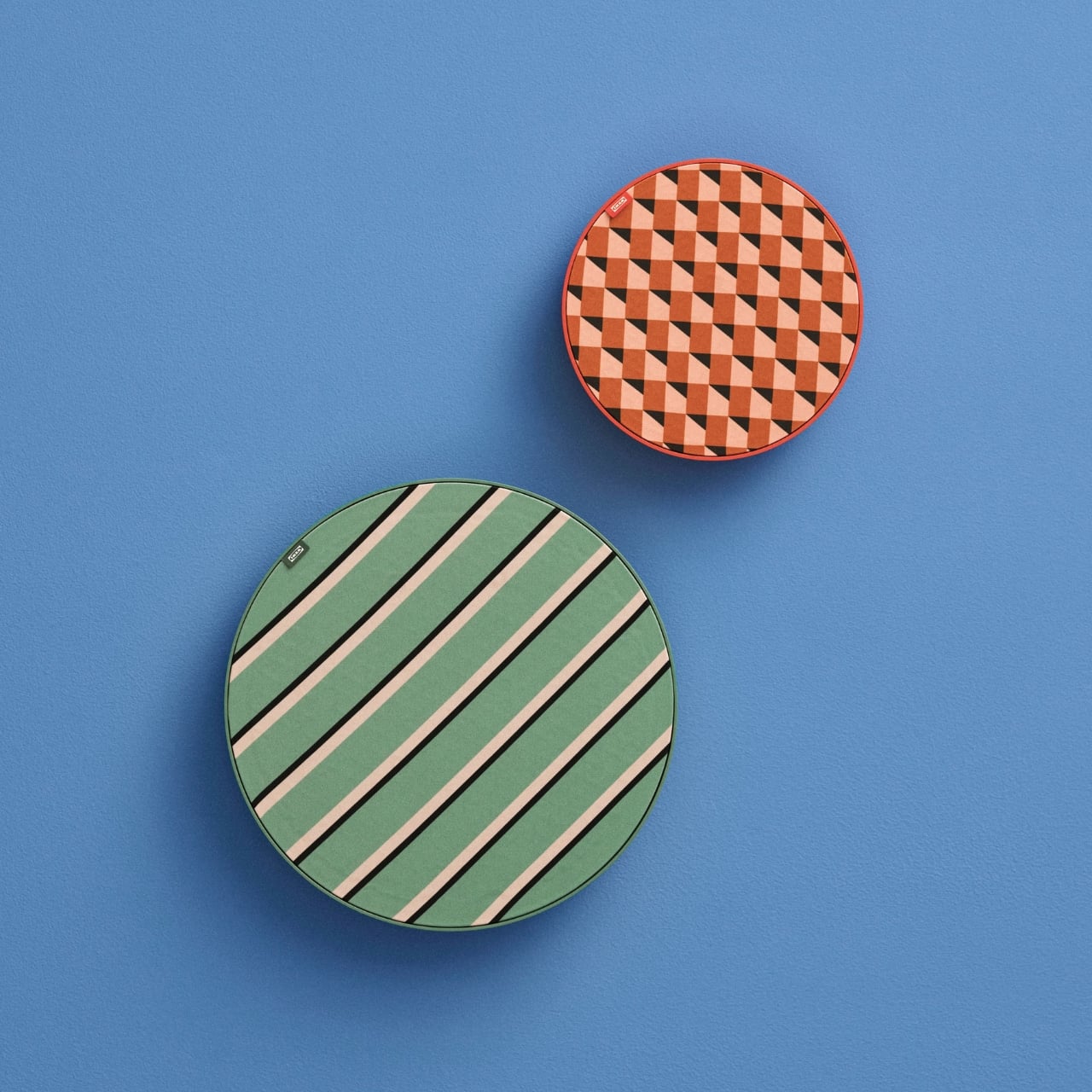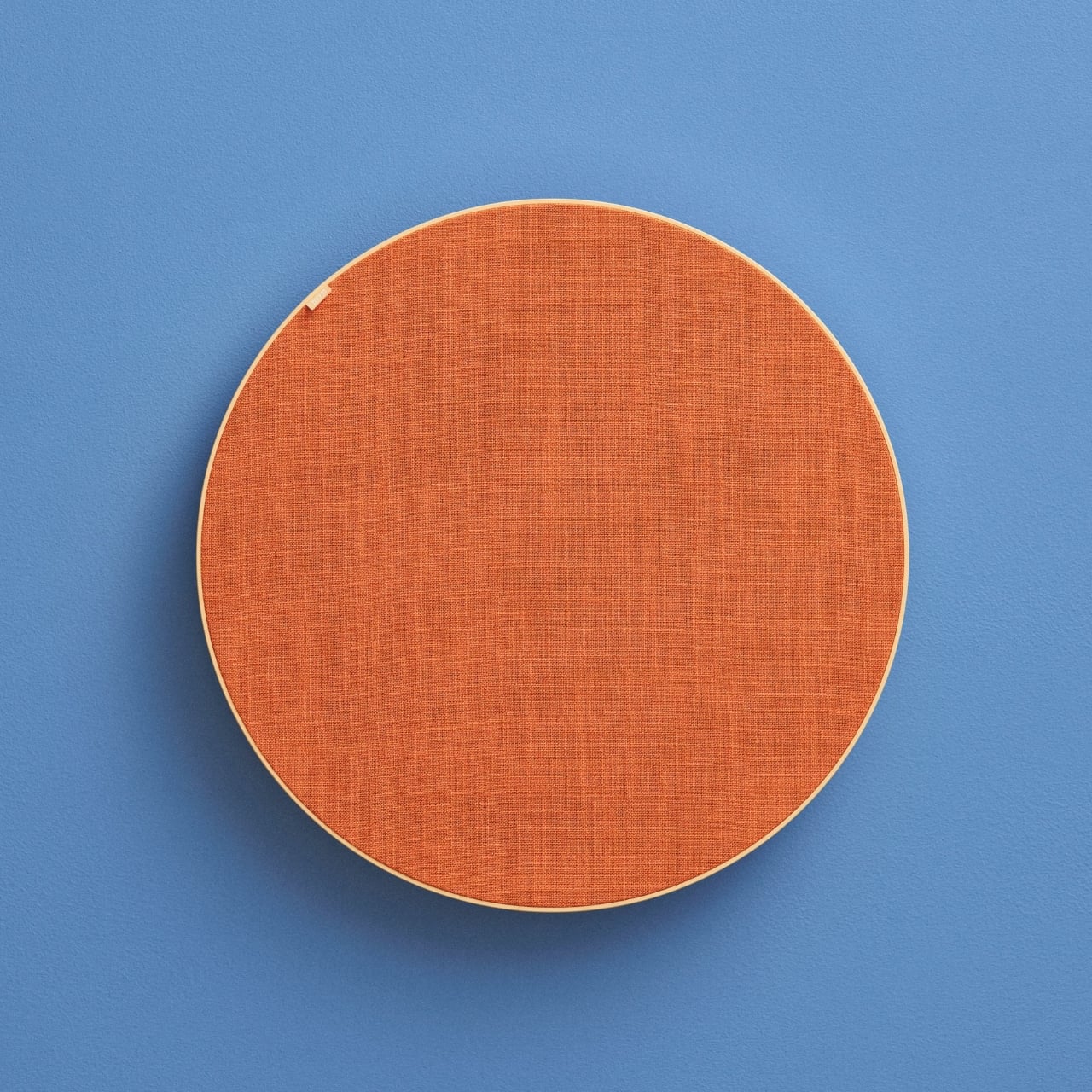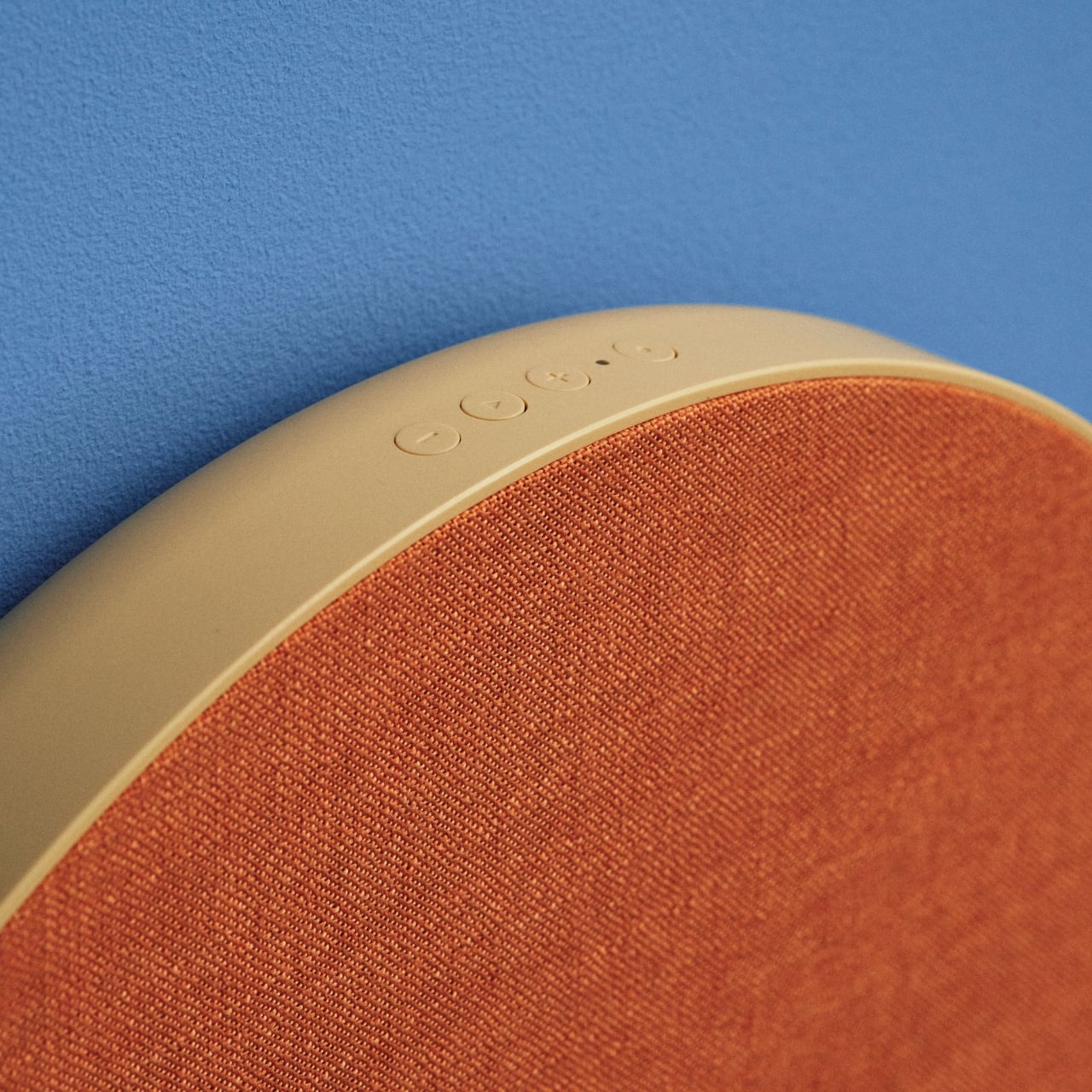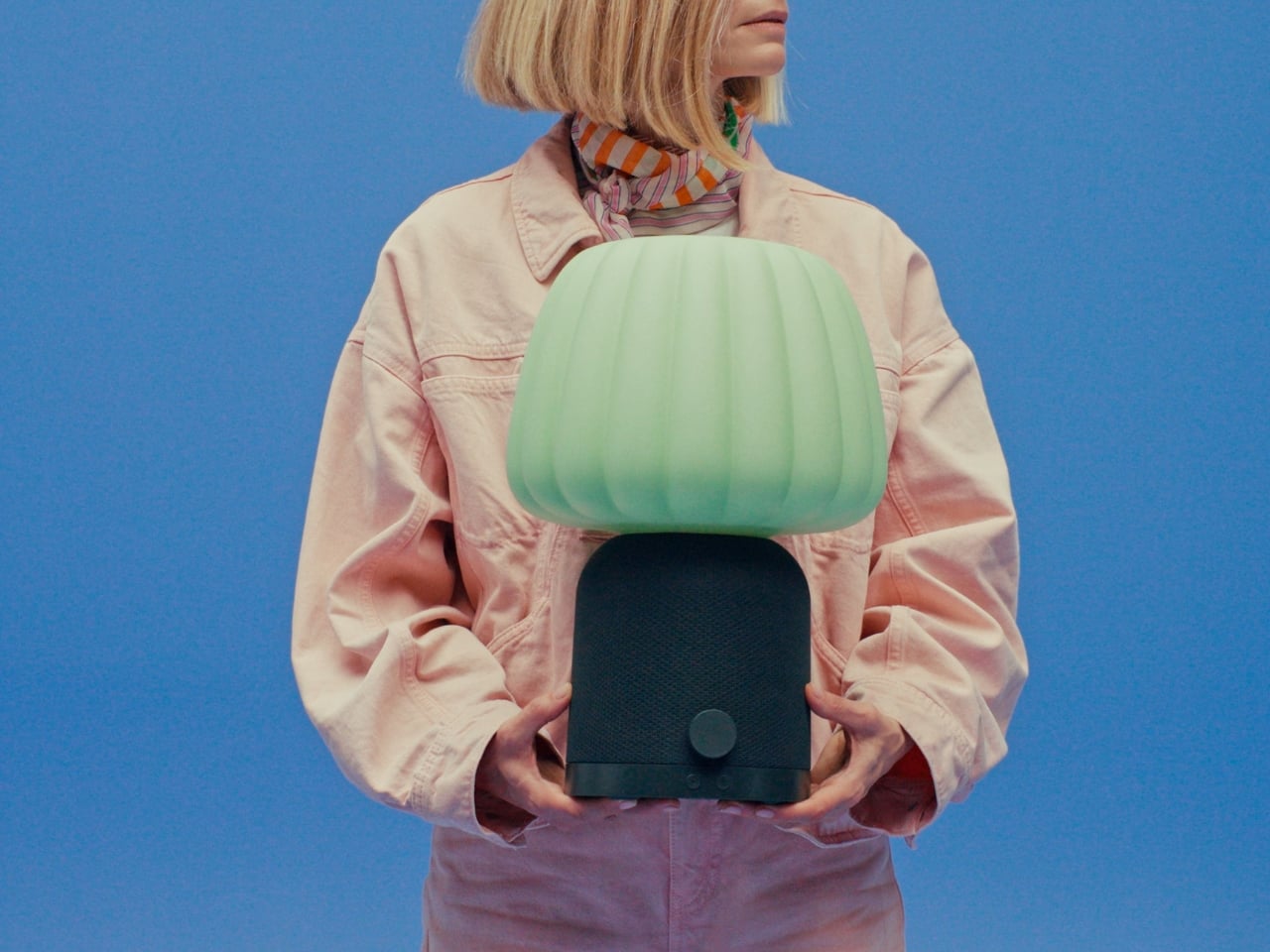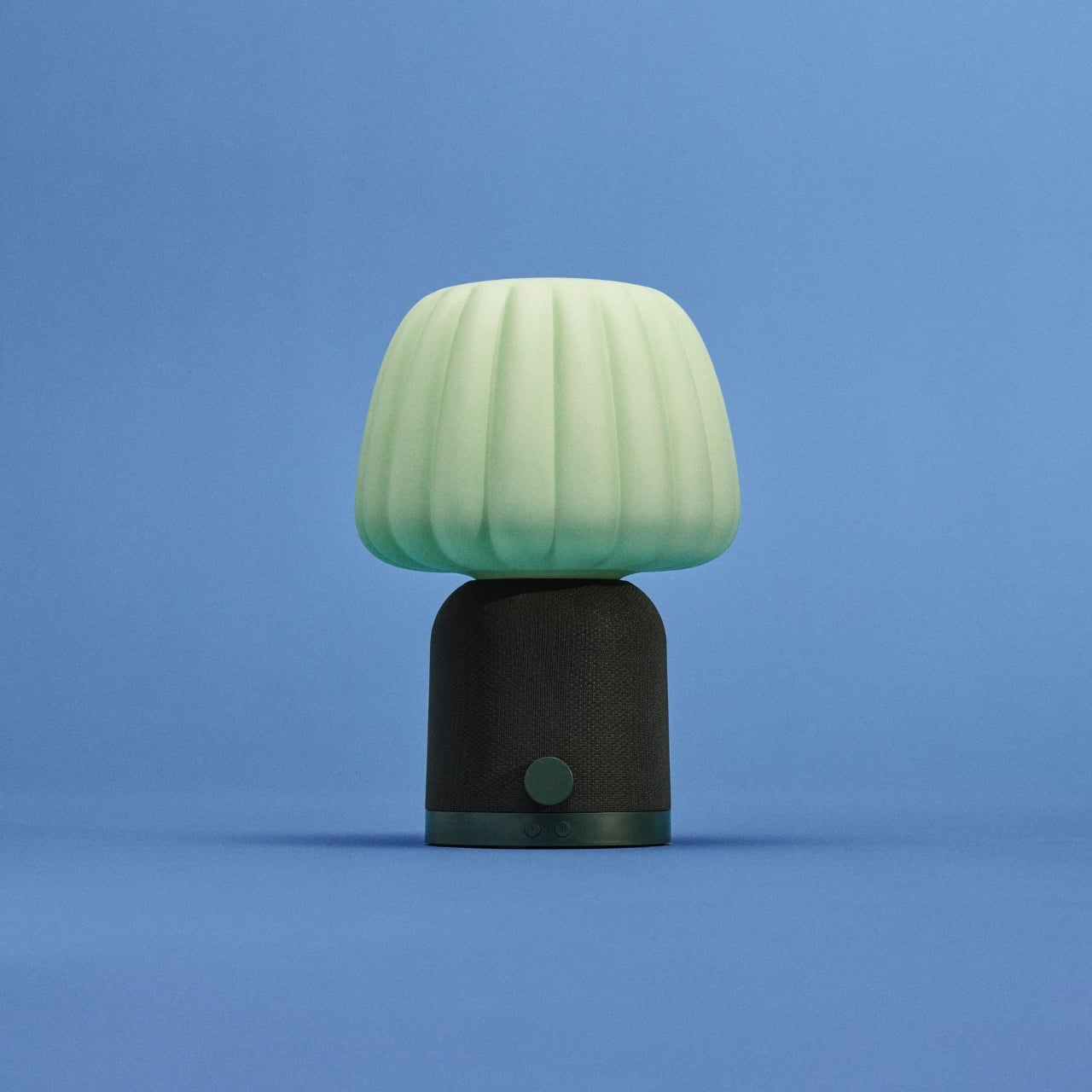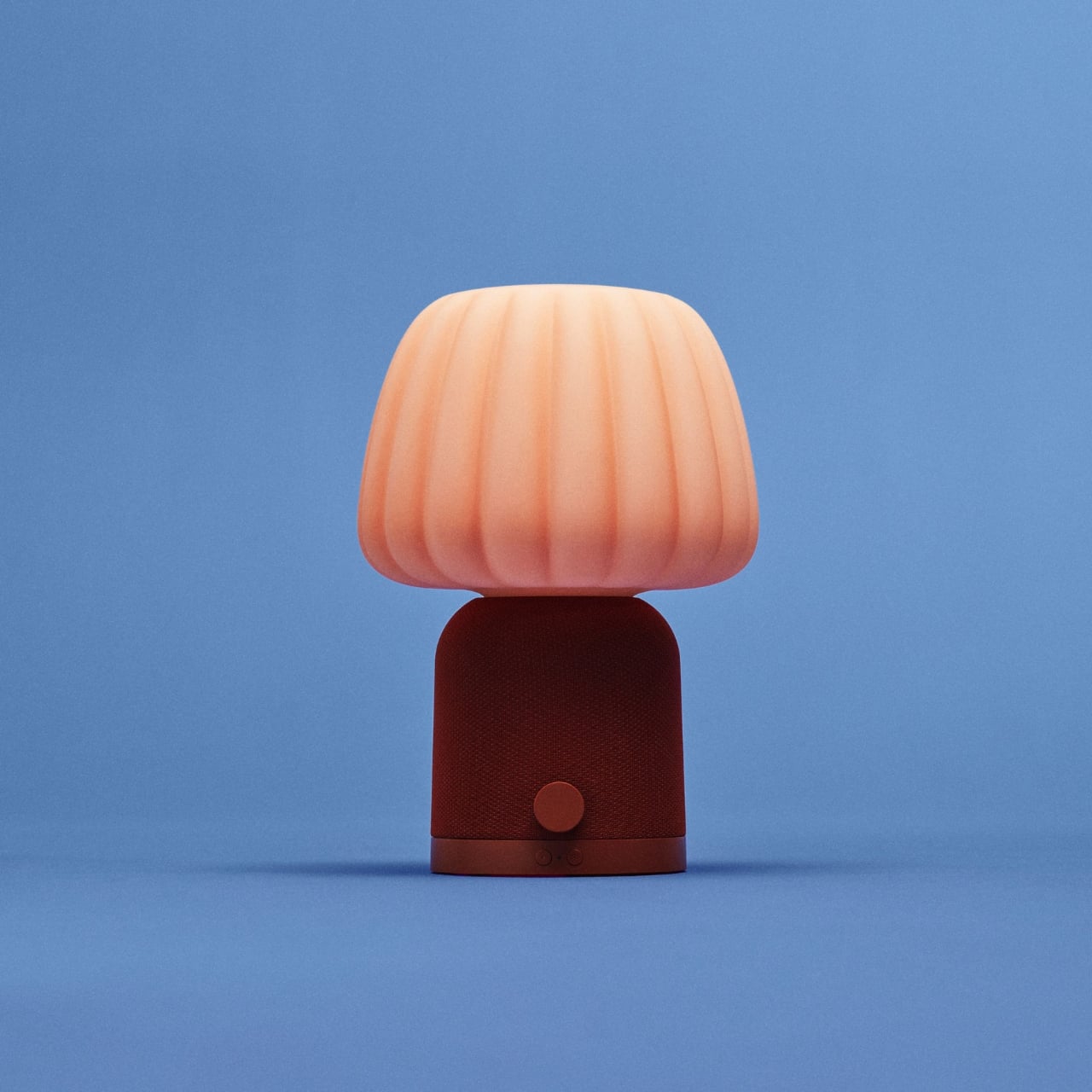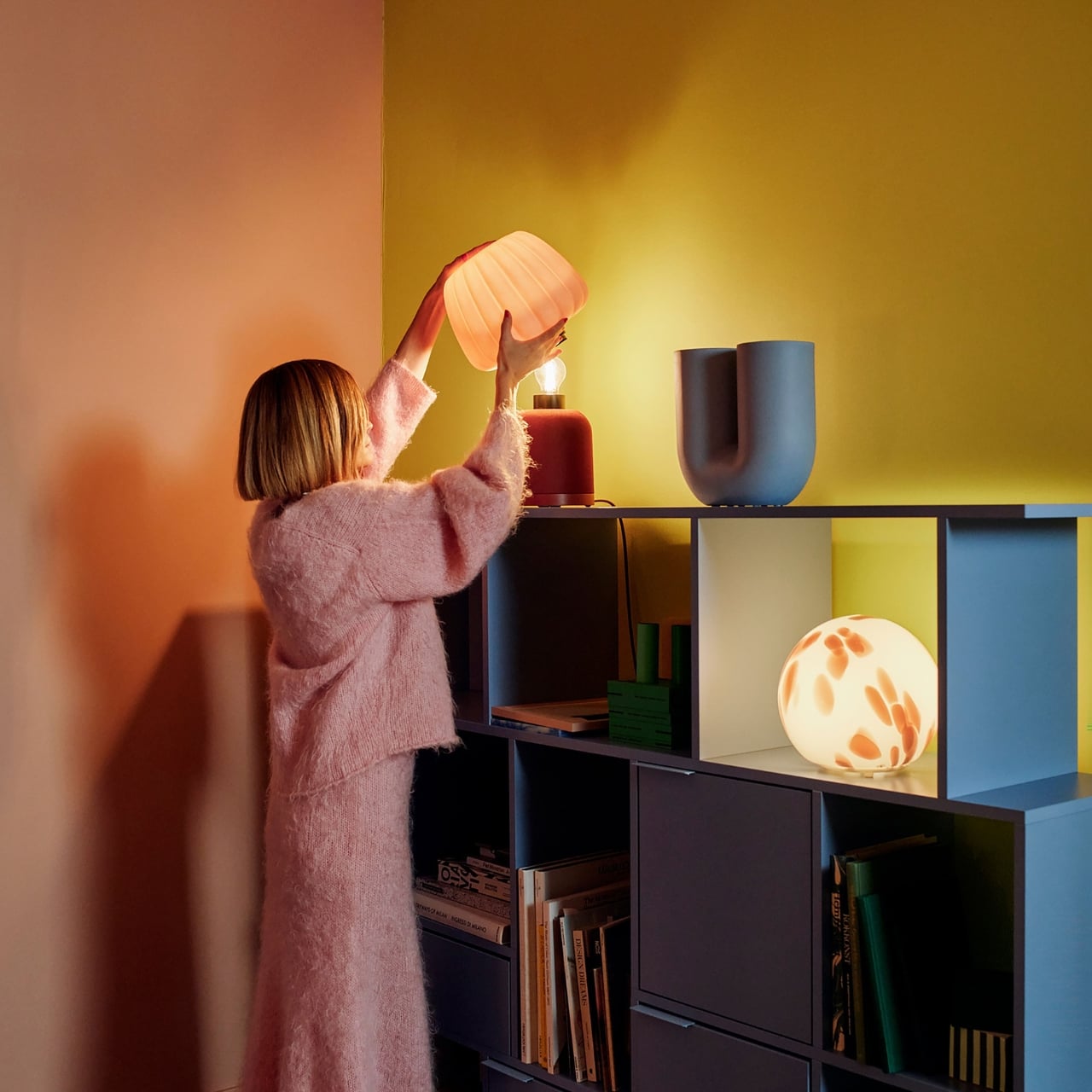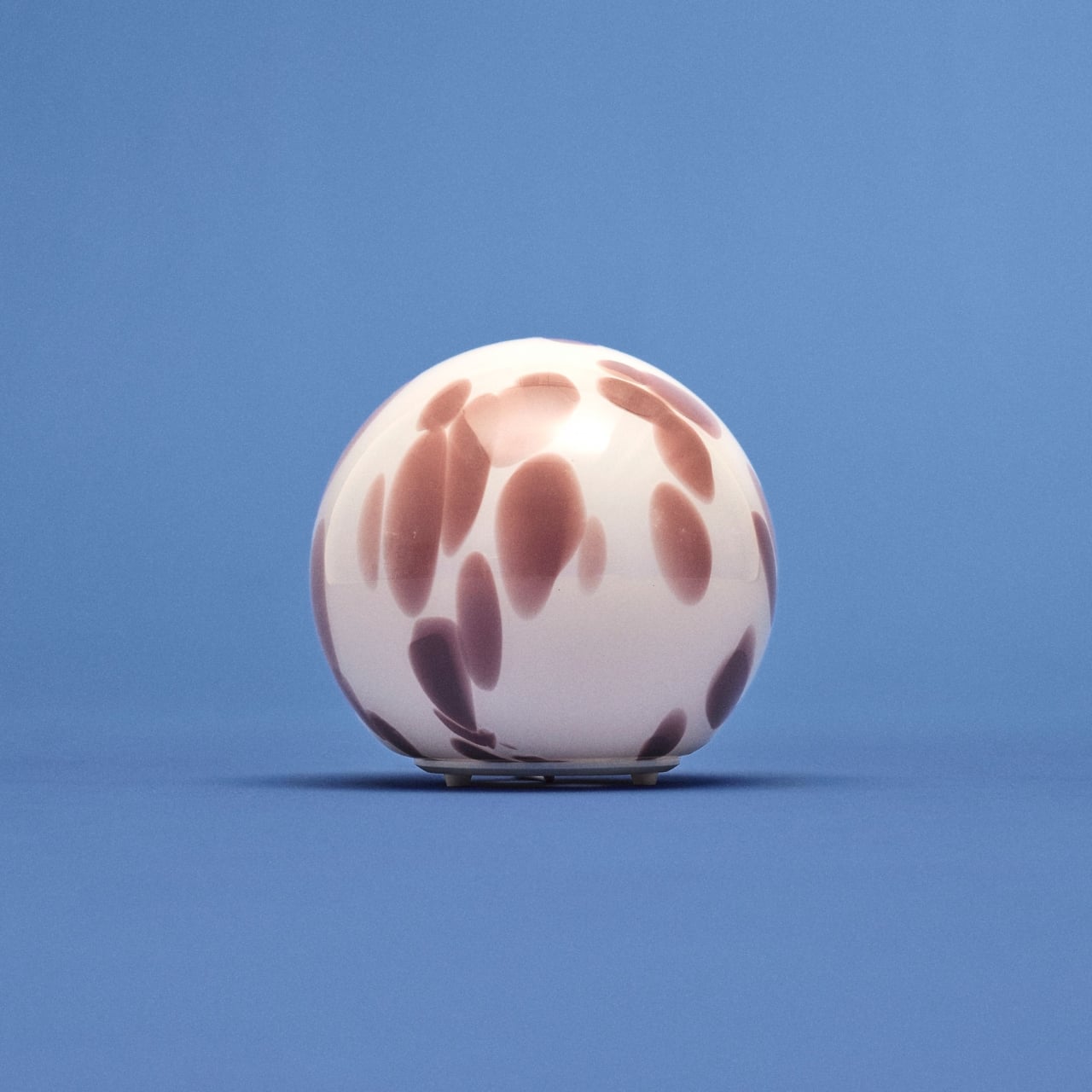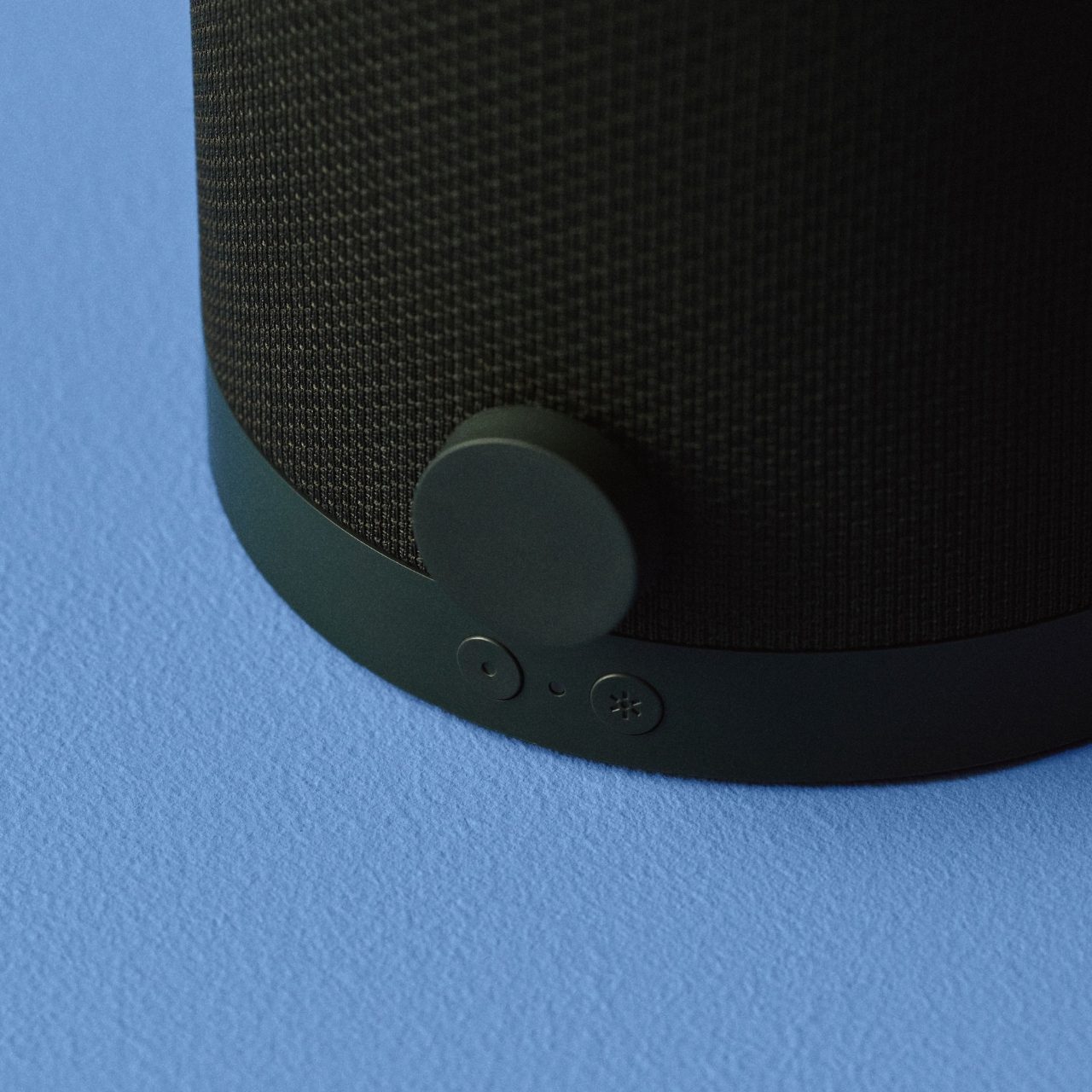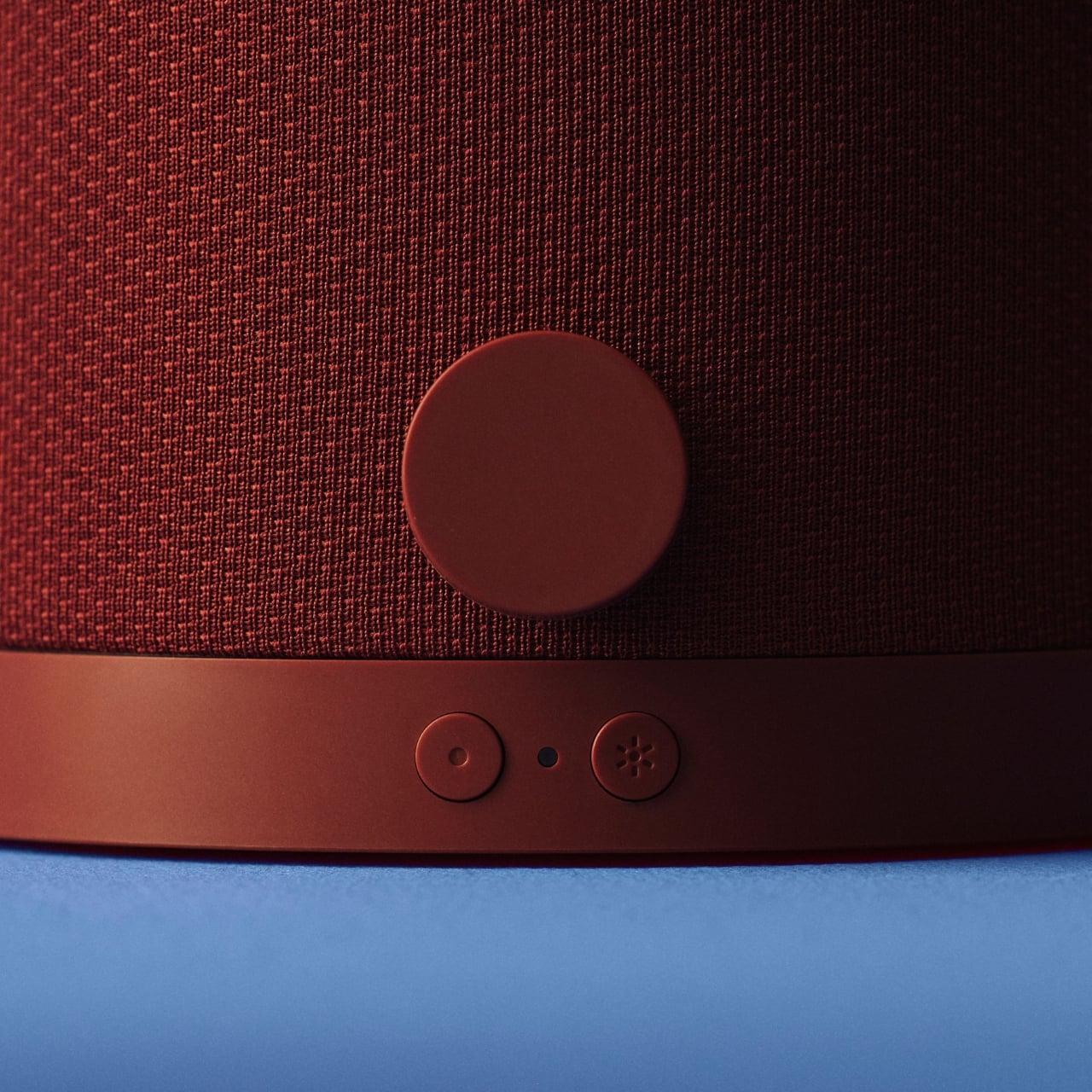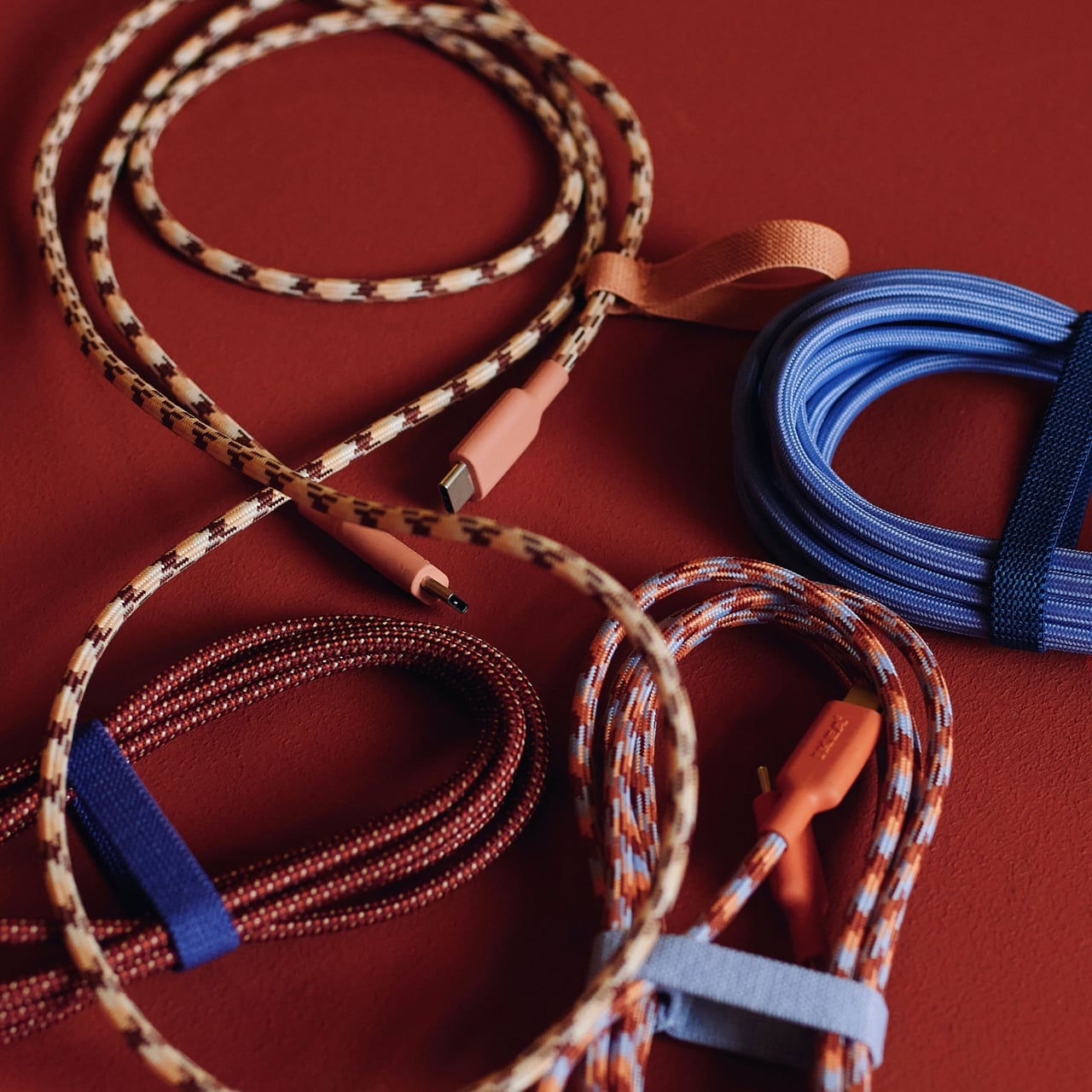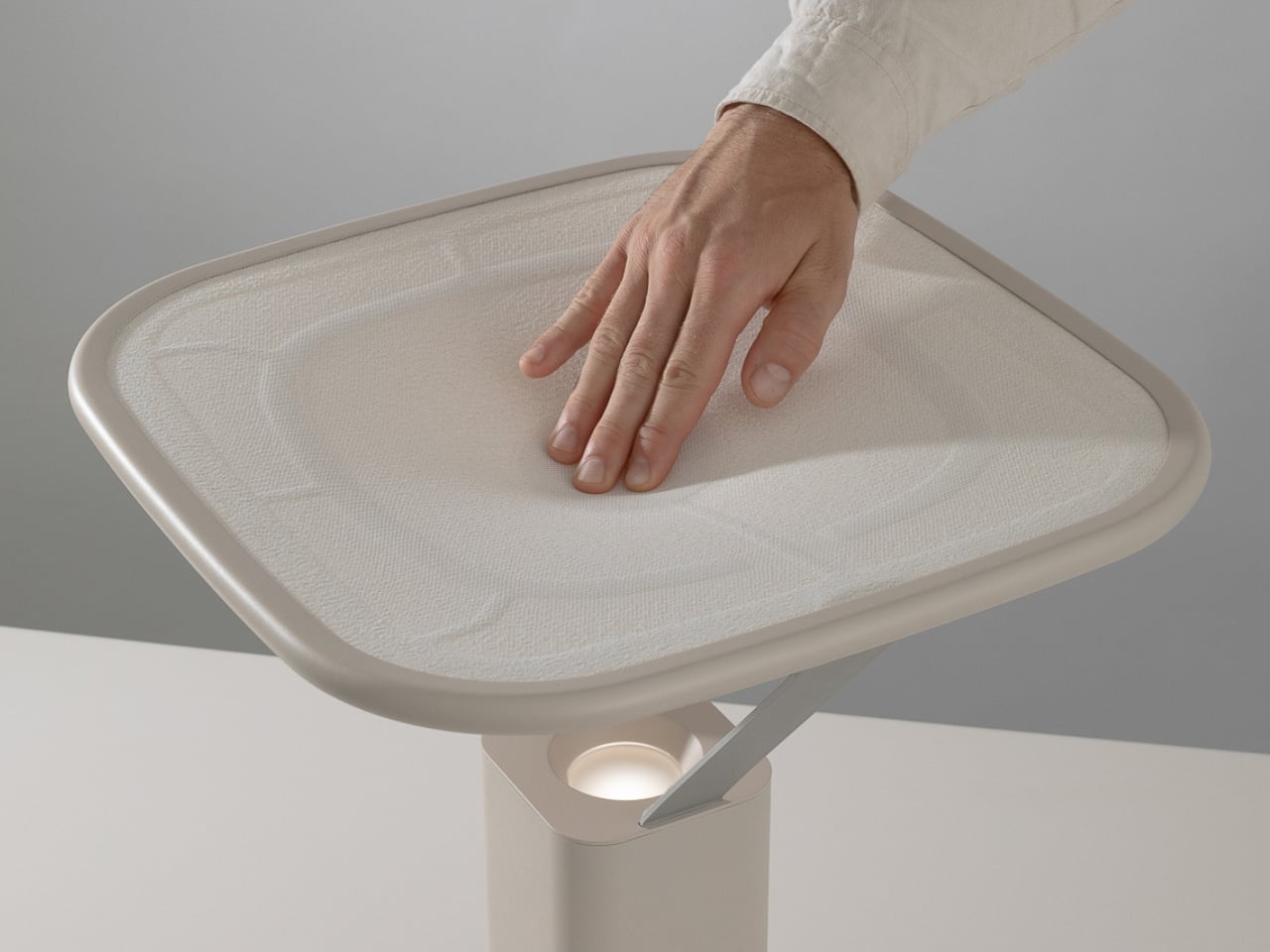
Is fabric just for covering furniture and beds, or can it do more? For centuries, cotton, silk, and wool were seen as static materials. Now, a quiet revolution is underway. Smart fabrics, or e-textiles, combine traditional textiles with digital components like sensors, LEDs, and microprocessors, turning everyday home materials into intelligent systems. What once seemed like science fiction is quickly becoming reality, transforming how we sleep, stay safe, and experience comfort at home.
Imagine sheets that regulate your body temperature throughout the night, carpets that detect when someone falls and alerts caregivers, or curtains that adjust room lighting based on time of day. These innovations go beyond novelty, creating textiles that actively monitor health, prevent accidents, and adapt to our needs—making our homes smarter, safer, and more responsive to how we actually live.
1. The Science Behind Smart Fabrics
Smart fabrics are created by merging traditional textile production with advanced electronics and material science. Instead of attaching devices to clothing, microscopic technology is embedded directly into the threads. This is done using conductive materials like specialized polymers or ultra-fine metal coatings, which allow the fibers to transmit power and data. The aim is to keep the fabric soft and natural while making the technology practically invisible.
To be practical for daily use, these fabrics must be flexible, durable, and washable. Engineers focus on creating systems that endure everyday wear, so items like health-tracking sleepwear remain functional even after multiple washes.
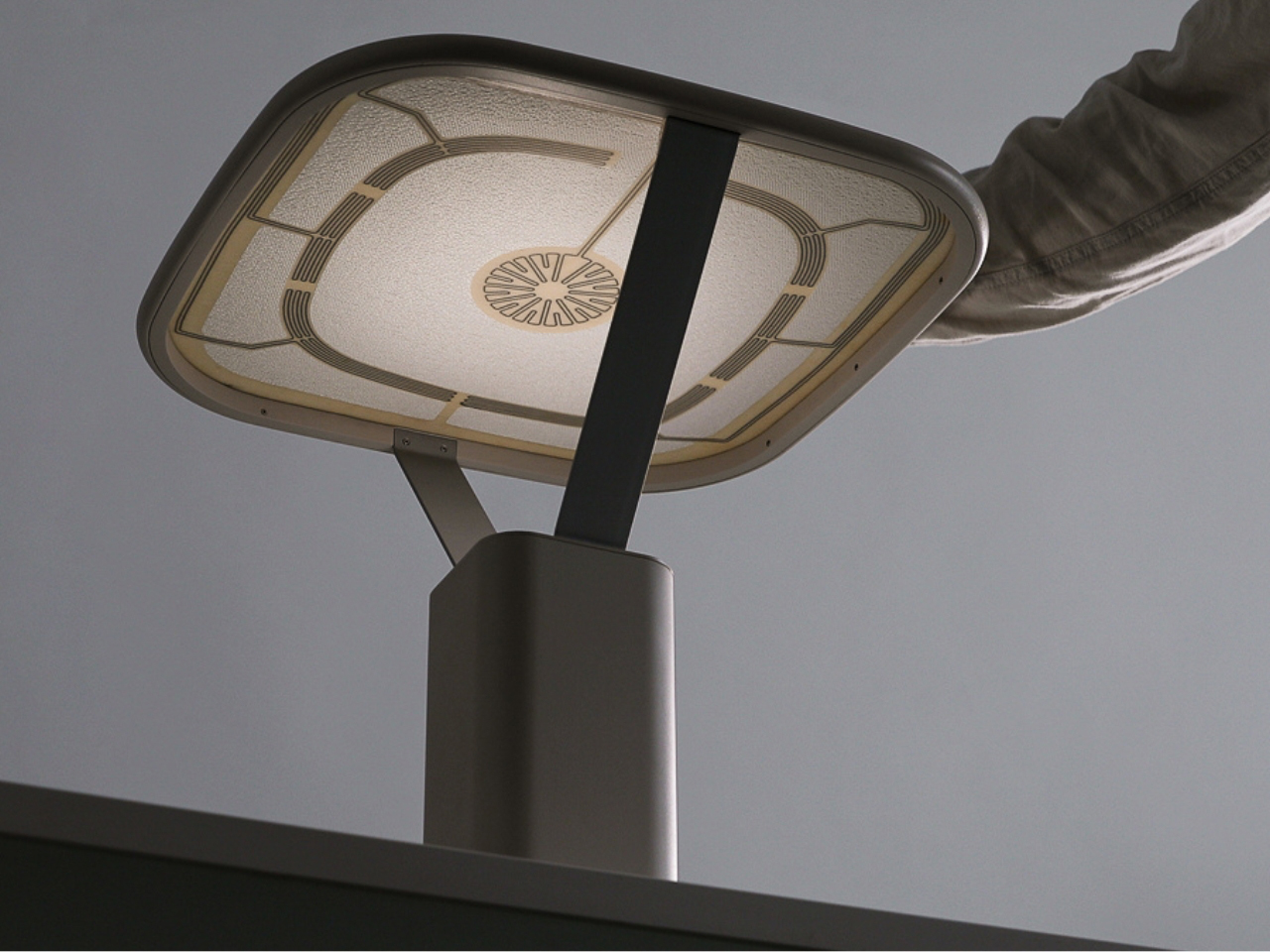
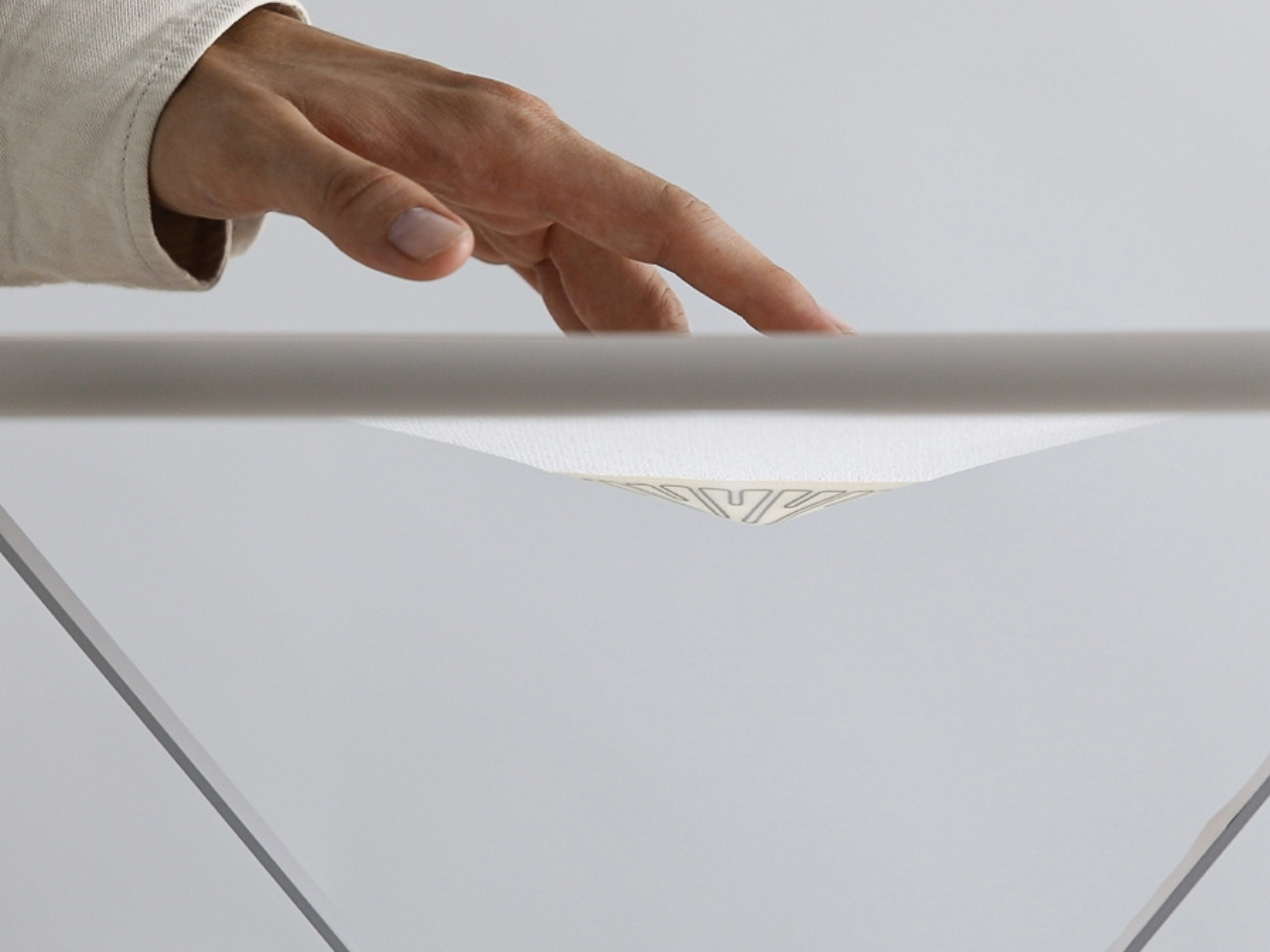
Soft Interfaces is a pioneering project redefining interaction with everyday objects by merging advanced technology with textiles. The lamp created by Fraunhofer IZM and WINT Design Lab allows users to adjust brightness and color simply by pressing or stretching its fabric surface, due to liquid metal embedded within custom-knitted textiles. This tactile, screenless control senses subtle movements and touch, translating them into real-time changes in light. The fabric pathways are precisely engineered for durability and sensitivity, surpassing traditional conductive threads, while a specially designed frame keeps the textile tensioned, diffusing light softly and concealing technical components.

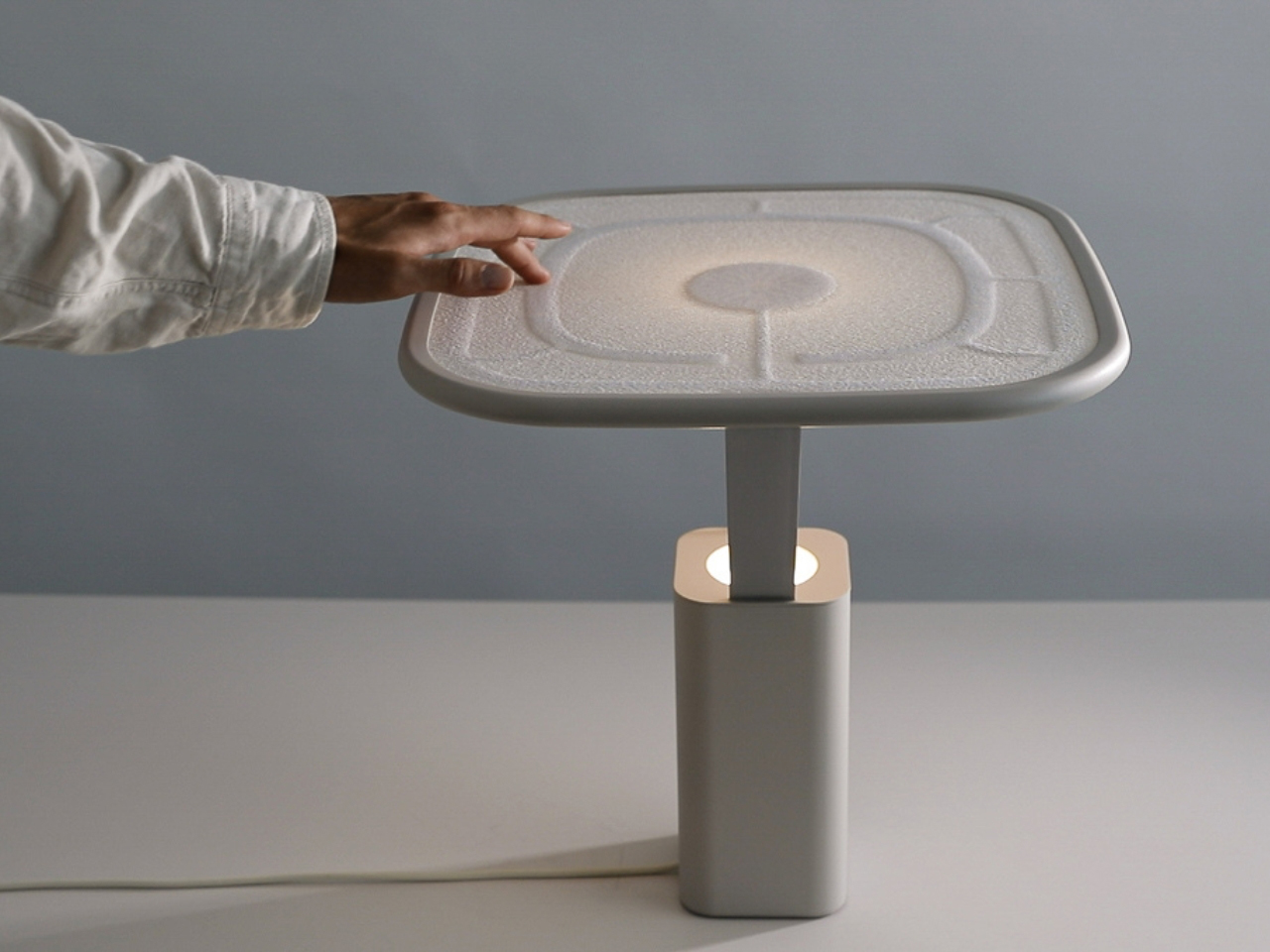
Beyond lighting, this technology could transform home textiles into responsive surfaces, enhance car interiors, or improve medical devices, all with lower energy consumption than conventional displays. Design is central to the project, with knit patterns and yarn blends defining interactive zones while elevating aesthetics. Soft Interfaces marks a new era where textiles act as intuitive, interactive bridges between humans and smart devices.
2. Revolutionizing Health and Wellness Monitoring
Smart fabrics are reshaping healthcare by moving monitoring from hospitals to everyday clothing. Picture a lightweight shirt that tracks heart rate, breathing, and even ECG data with medical-level accuracy, all while feeling like regular fabric. This discreet, comfortable technology offers an effortless way to monitor health, helping athletes, seniors, and people managing chronic illnesses stay informed.
By providing real-time insights, these textiles support proactive care. A sports bra could analyze sweat to detect dehydration or fatigue, while smart sleepwear or bedding could spot unusual patterns or even sense a fall, instantly alerting caregivers for timely intervention.
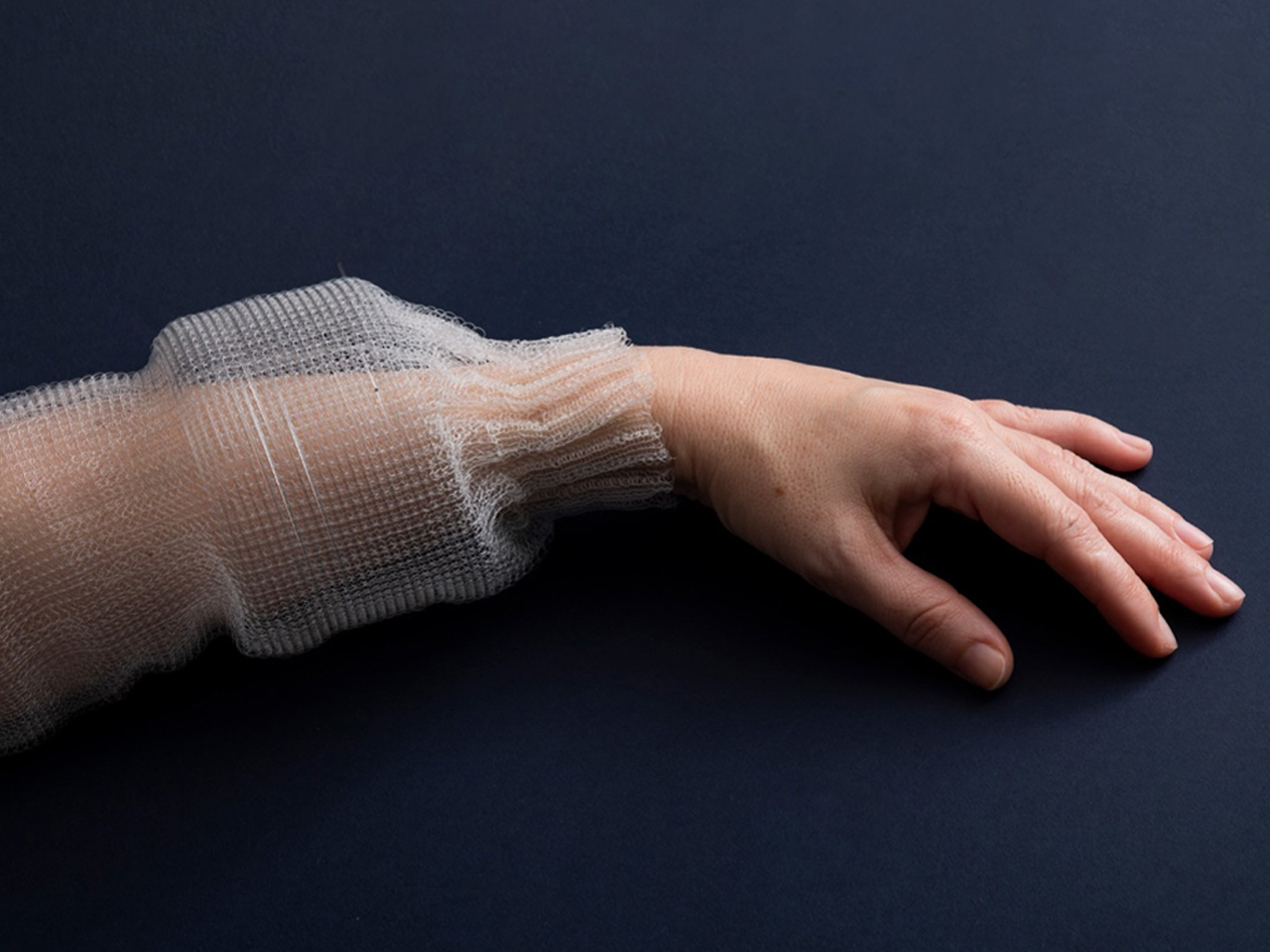

MIT scientist Yoel Fink has been advancing smart fabric technology for over a decade. He and his team developed fibers capable of detecting audio, transforming woven fabrics into needle-thin, functional microphones. Building on this foundation, the researchers now focus on digital capabilities, weaving fibers that carry continuous electrical signals into wearable fabrics. Published in Nature Communications, the work demonstrates applications in physiological monitoring, human-computer interfaces, and on-body machine learning. Creating these fabrics involves embedding hundreds of silicon digital chips into pre-forms, which are then spun into flexible, wearable fibers.
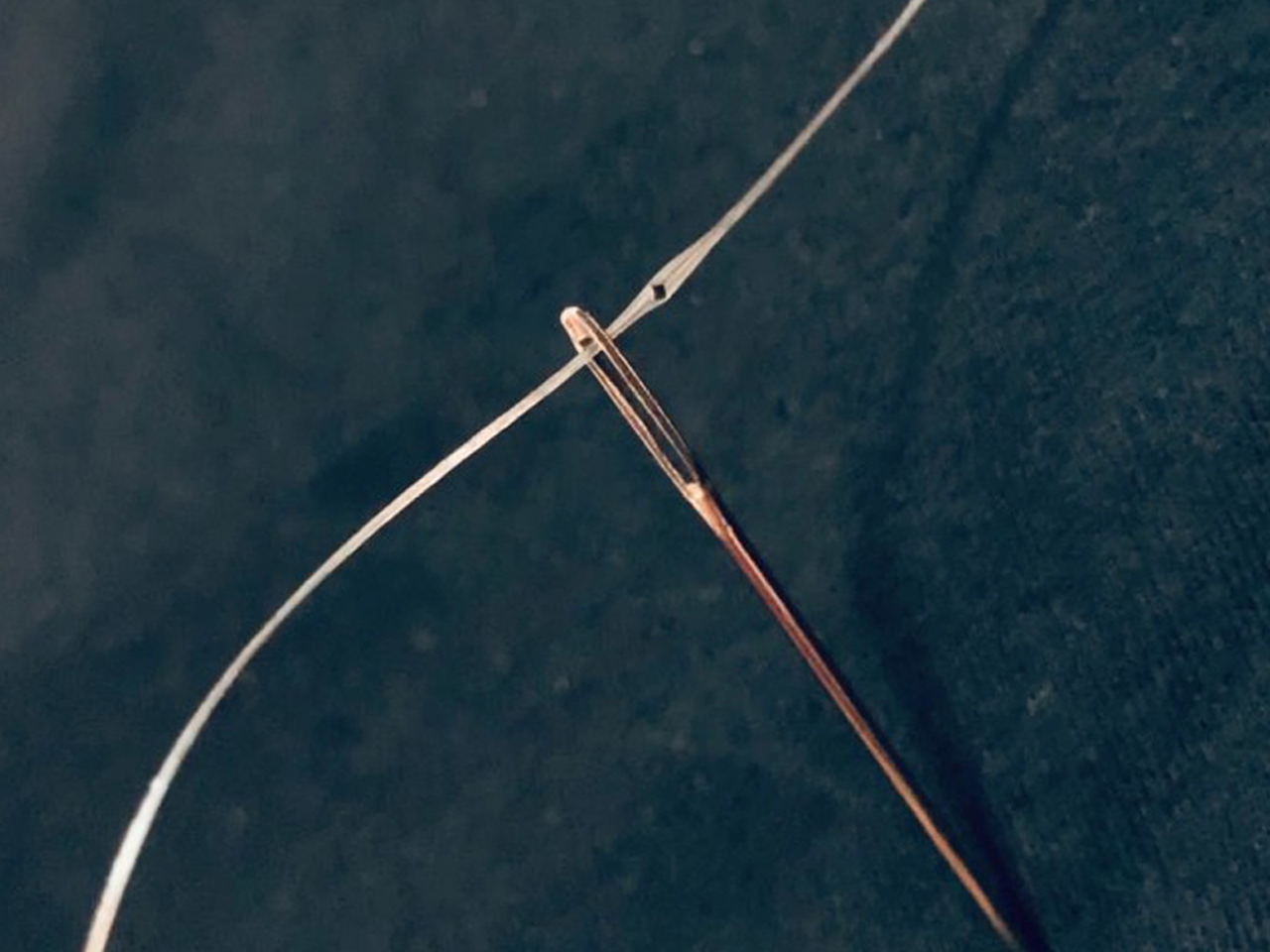
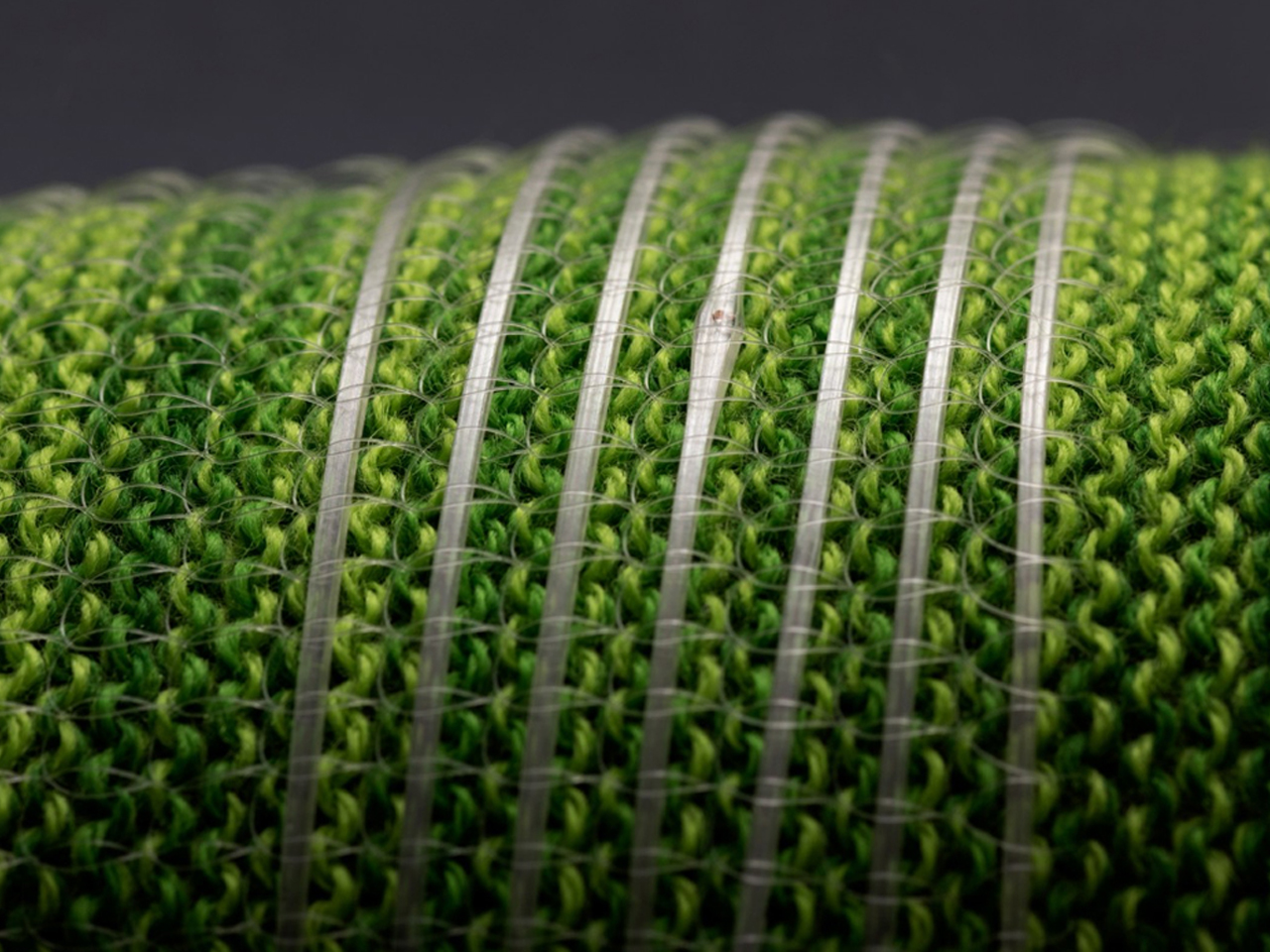
Each fiber can reach tens of meters in length, containing hundreds of intertwined digital sensors that track body temperature and store data for real-time activity inference. The ultra-thin fabric hides its hundreds of embedded chips while forming a neural network of 1,650 AI connections. It can record 270 minutes of temperature changes, store a 767-kilobit short film, and a 0.48-megabyte music file, retaining all data for up to two months without power.
3. The Future of Functional Fashion
Smart fabrics are transforming clothing into more than just a style statement. They bring adaptability and purpose, creating garments that respond to the wearer’s needs. Picture a lightweight jacket with built-in heating and cooling elements that adjust automatically to weather changes, eliminating the need for extra layers. This innovation makes clothing not only stylish but also highly practical.
Beyond comfort, these textiles are enhancing safety and utility. Workwear can feature sensors that detect dangerous gases or UV exposure, sending instant alerts. Even everyday accessories, like backpacks with illuminated fibers, can improve nighttime visibility without adding extra weight.
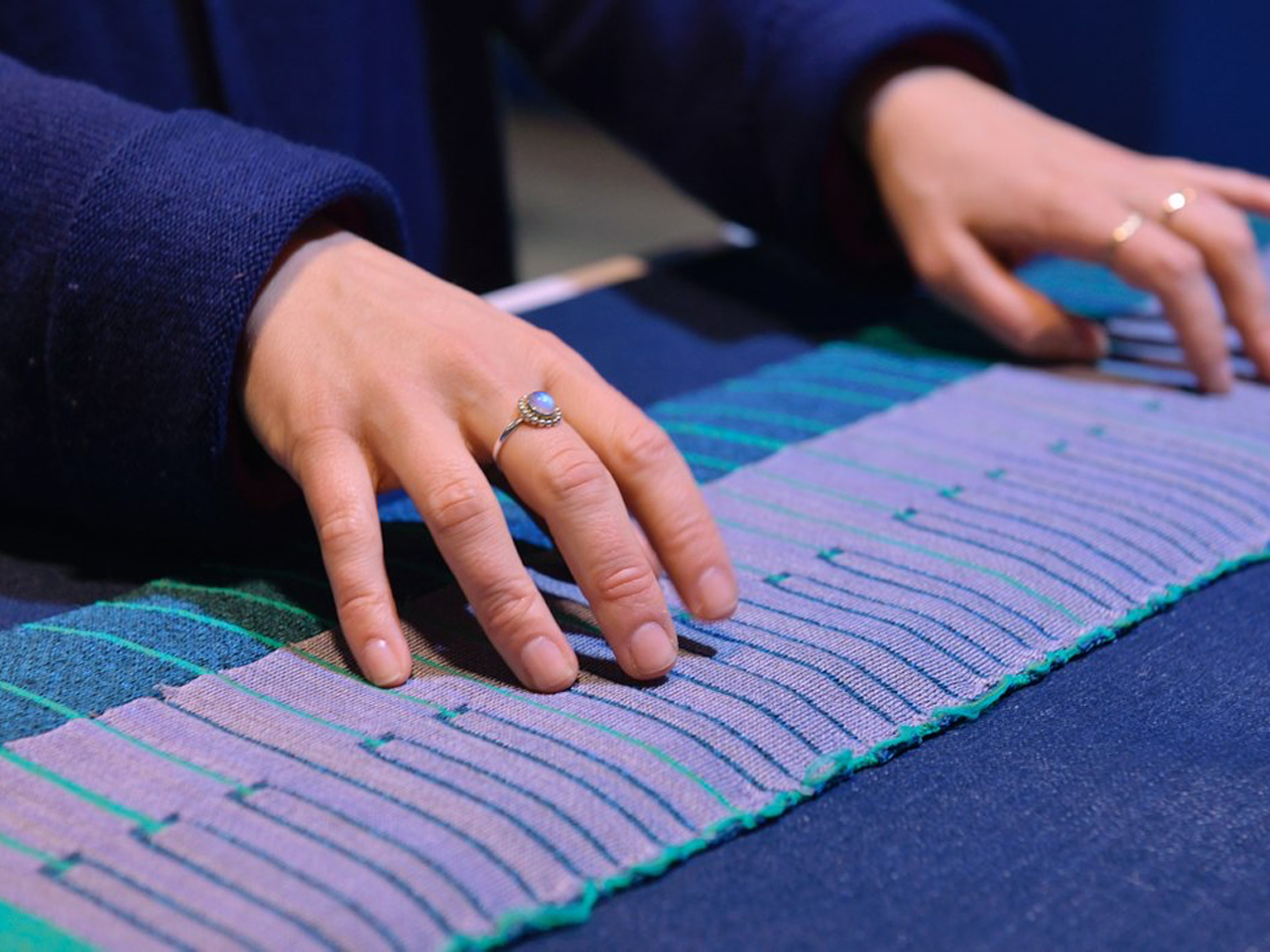
Jacquard, Google’s early smart fabric project, produced a simple jacket that could control music playback. Taking smart textiles much further, Boston-based designer Irmandy Wicaksono’s KnitX merges technology with fabric in innovative ways. Using computerized knitting machines, KnitX combines functional yarns which are resistive, conductive, thermochromic, photochromic, and thermoplastic, with traditional fibers like polyester, nylon, and spandex. The result is fabrics that respond to touch, stretch, proximity, light, and temperature. Current prototypes include touch-sensitive fabric keyboards, UV-responsive backpacks, and thermo-formed knits that instantly change shape, while future designs aim to create clothing that adapts to heat, cold, appearance, or even the wearer’s mood.
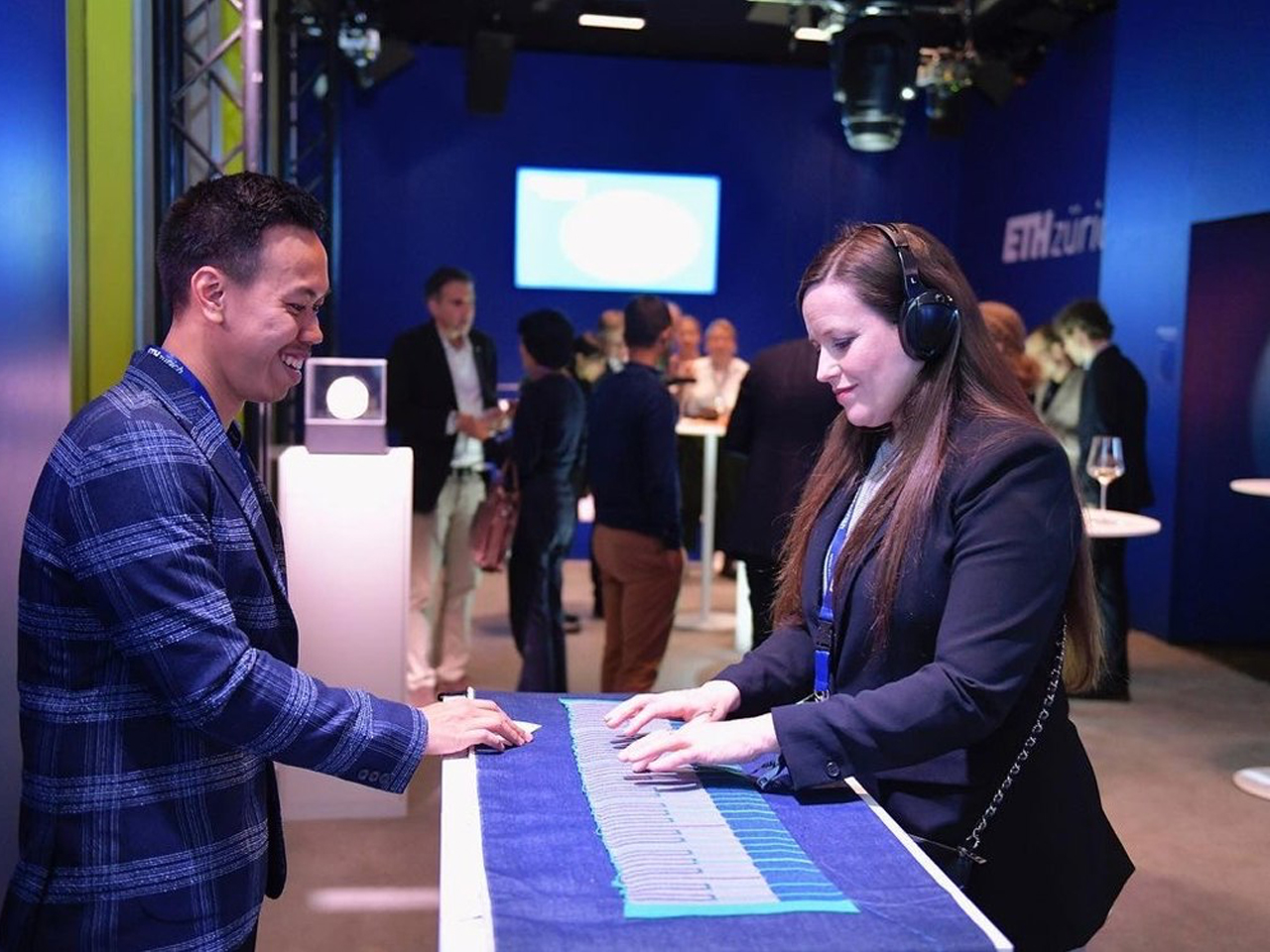
KnitX demonstrates the transformative potential of smart textiles, turning ordinary fabrics into interactive, digitally capable materials. By integrating technology directly into clothing, it redefines how garments behave and interact with the wearer, bridging design, technology, and functionality to create practical, responsive, and socially meaningful applications.
4. Powering Up with Textile-Based Energy
One of the biggest hurdles for smart fabrics is power. To solve this, researchers are developing ways to harvest and store energy directly within the fabric. Imagine a shirt that fuels its own sensors by turning body movement into electricity, eliminating bulky battery packs. This can be done with flexible solar cells woven into the cloth or special piezoelectric fibers that generate power as you move.
The aim is to create garments that are fully self-powered or even able to charge devices like phones. Thin, soft textile-based batteries ensure the fabric stays comfortable, lightweight, and practical for daily wear.
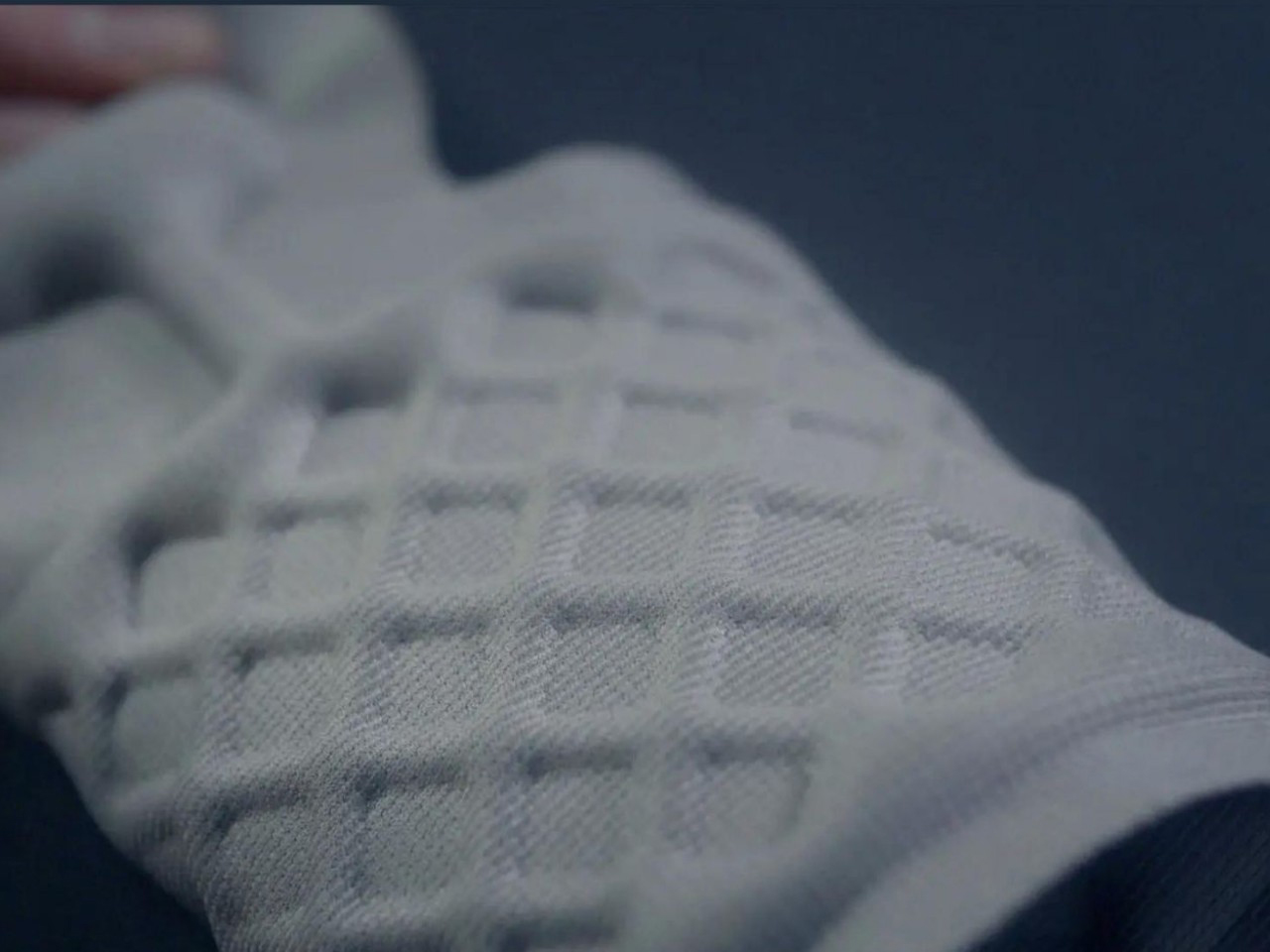
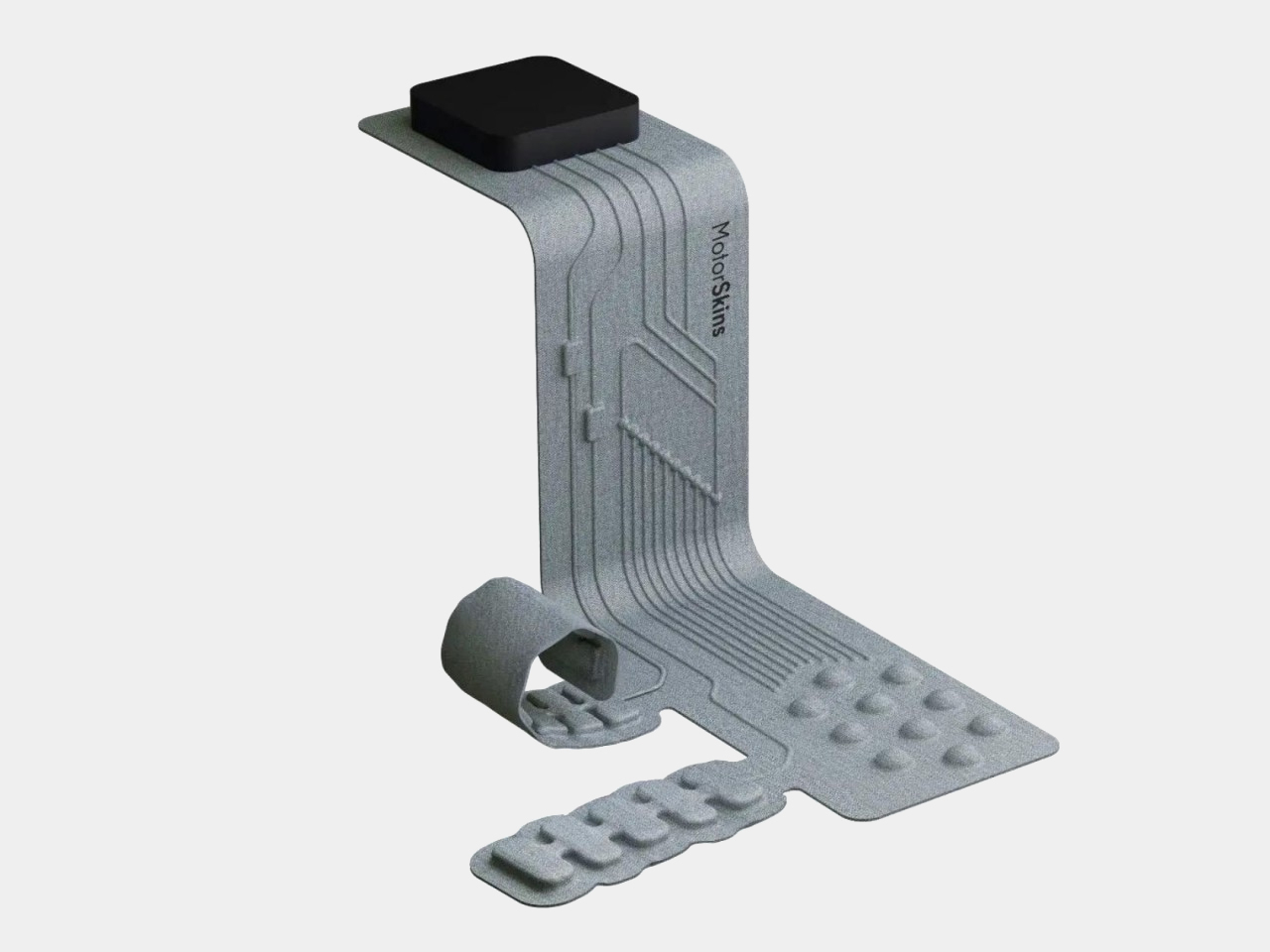
MotorSkins is transforming the way we interact with technology through its innovative SELK system, which merges ambient computing with programmable matter. This intelligent, multilayered textile integrates soft robotics, fluid logic, and software to create a material that senses, reacts, and adapts to its environment. Unlike traditional devices, SELK turns static objects into dynamic, interactive interfaces, offering a tactile and responsive medium that enhances human interaction with digital and physical spaces. By embedding smart actuators into everyday products, MotorSkins demonstrates how materials can respond intuitively to user input and environmental changes, making technology seamless and unobtrusive.


SELK technology is being applied across industries. In healthcare, SELK-based orthoses adapt to movement, providing personalized support and flexibility. In automotive interiors, cabins can adjust dynamically, with controls and haptic feedback appearing only when needed. By combining programmable matter with ambient computing, MotorSkins is redefining human-machine interfaces and creating intelligent, ergonomic environments, signaling a future where technology integrates naturally into daily life.
5. Integrating Smart Fabrics in Home and Interior Design
Smart fabrics are moving beyond clothing to transform homes into responsive, interactive spaces. Imagine curtains woven with photovoltaic fibers that generate electricity while letting in sunlight, or a sofa with pressure-sensitive fabric that remembers your preferred seating and adjusts lighting or music automatically. These innovations make everyday living more convenient and personalized.
They also enhance safety and functionality. A modern area rug with built-in sensors could track an elderly resident’s movements and alert caregivers if a fall occurs, while wallpaper with flexible electronic displays can change colors or patterns on demand. Smart textiles merge technology with comfort and design seamlessly.

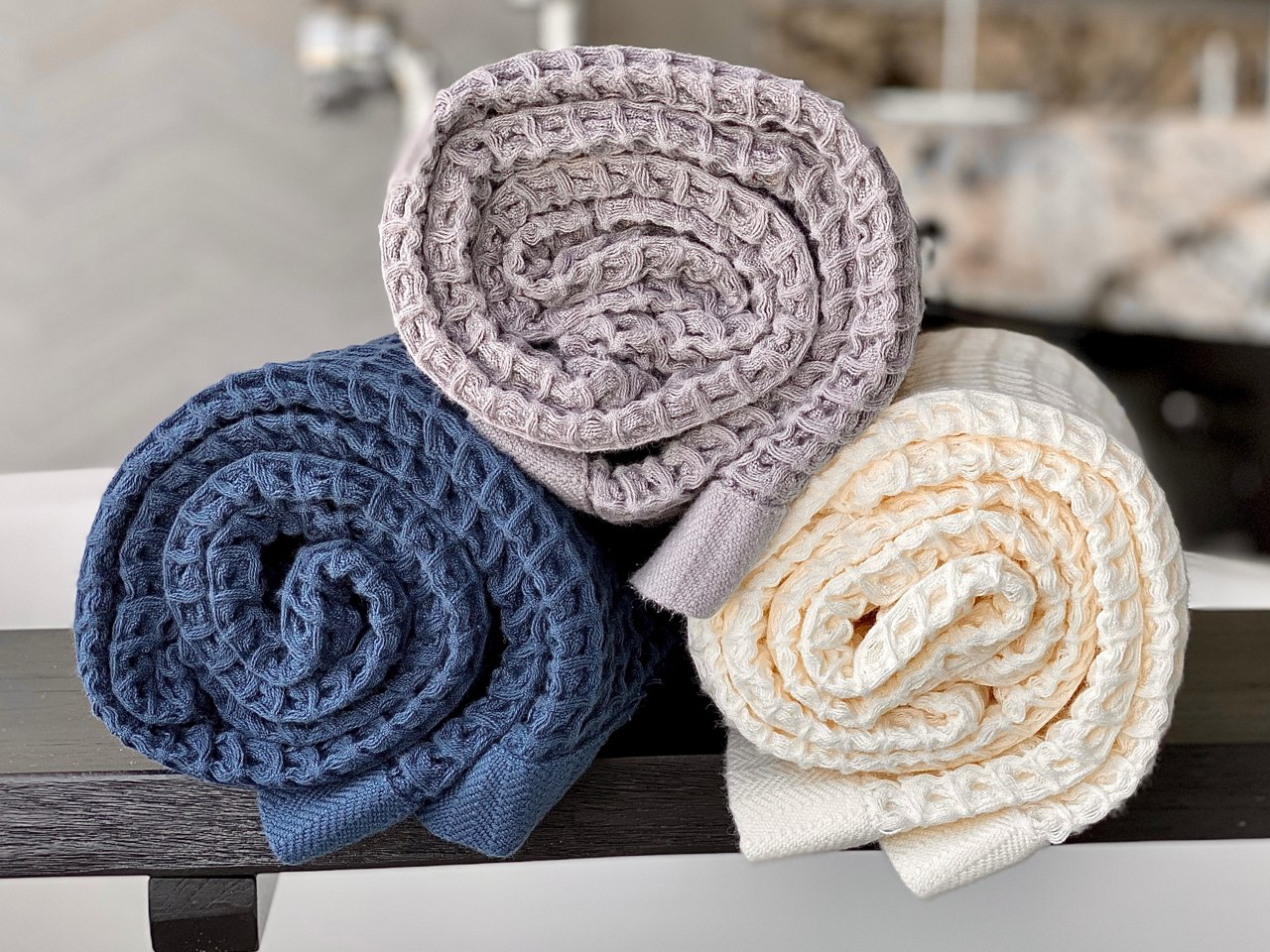
The K-25 Smart Bath Towels redefine what a towel can do, featuring a giant waffle-weave design that absorbs water like a super-sponge. The waffle texture gently exfoliates the skin, while the honeycomb pattern soaks up moisture quickly and dries twice as fast due to its breathable, airy construction. Lightweight yet plush, the towels feel thick and soft against the skin and work equally well for hair, eliminating frizz efficiently. Generously sized, they wrap comfortably around the body, creating a spa-like experience at home, and are versatile enough for use at the gym, by the pool, or while traveling.
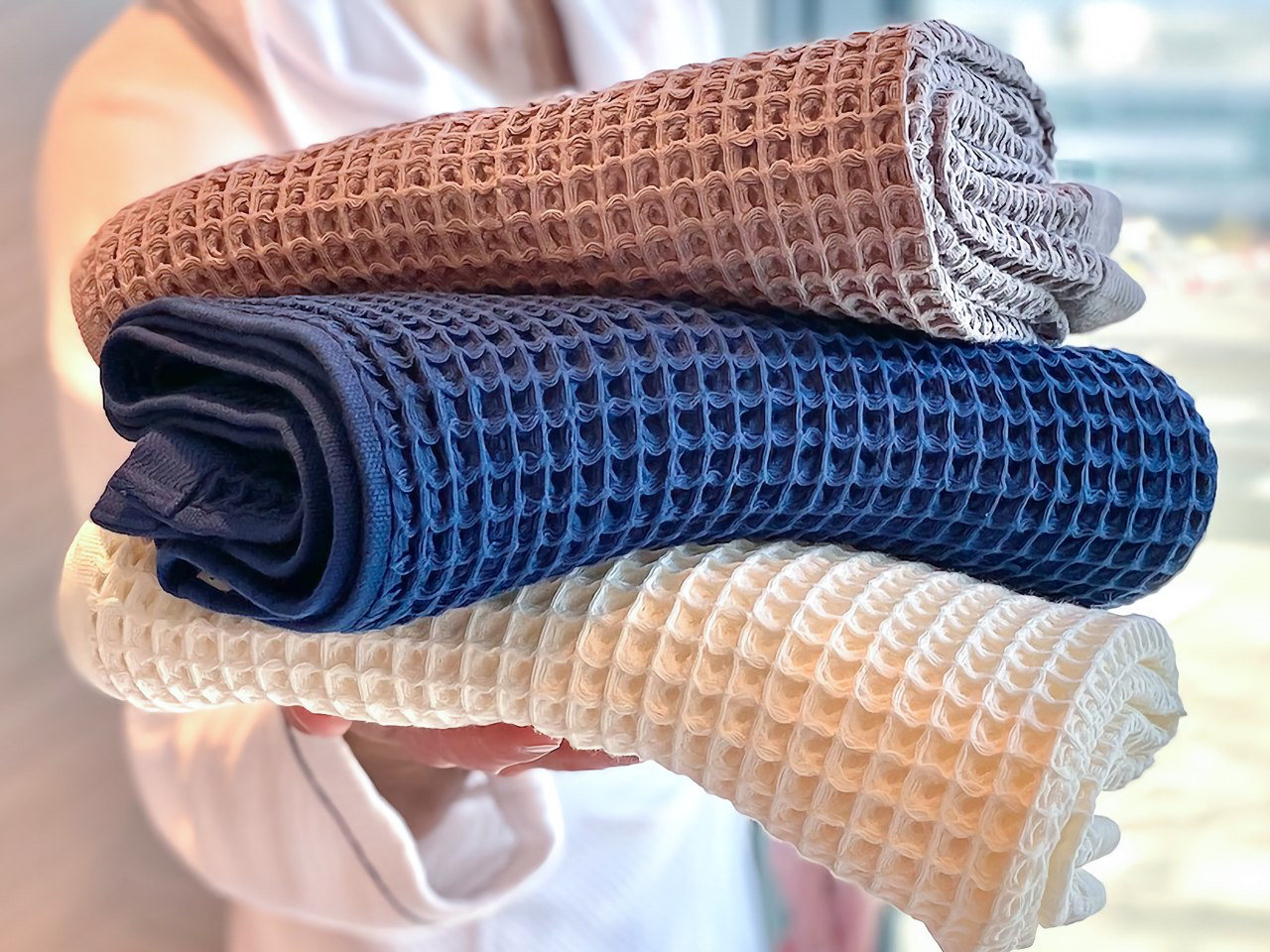
Crafted from GOTS and OEKO-TEX-certified 100% organic cotton, the towels are naturally antibacterial, hypoallergenic, and durable. Designed with optimized waffle size, fabric weight, and weave style, K-25 towels come in four XL sizes and three colors—Vanilla, Galaxy Blue, and Frost Gray. Wide borders and hang-tags enhance durability and convenience, making them functional, stylish, and luxurious.
Textiles are evolving from simple coverings to intelligent, interactive materials, marking a breakthrough in modern material science. Smart fabrics are now a reality, enabling personalized health, adaptive fashion, and responsive homes. By blending technology with comfort, they create a safer, healthier, and more connected future, inviting us to rethink everyday fabrics as active, life-enhancing tools.
The post 5 Smart Fabrics Using Tech Innovations To Transform Sleep, Safety, and Home Comfort first appeared on Yanko Design.

